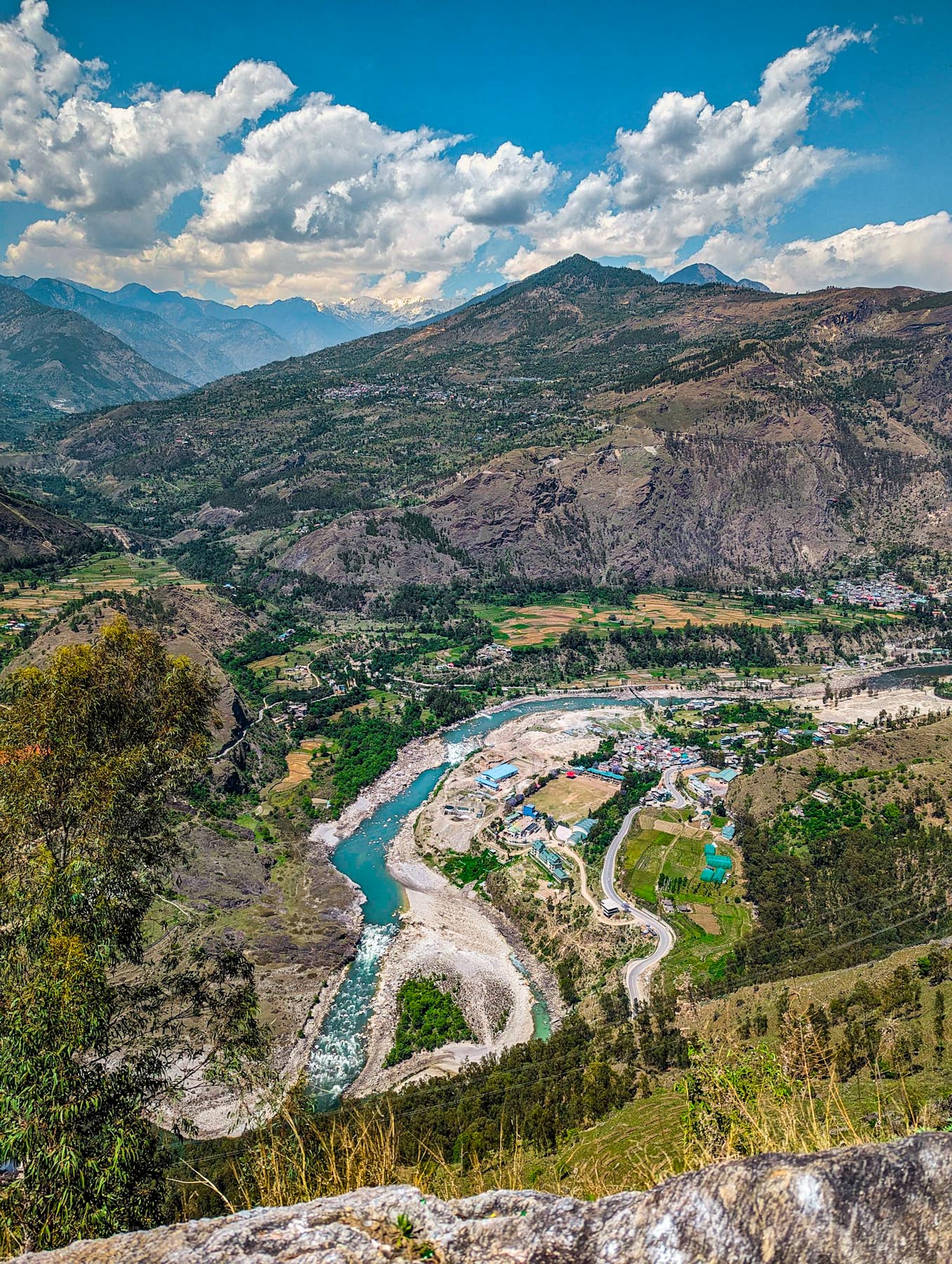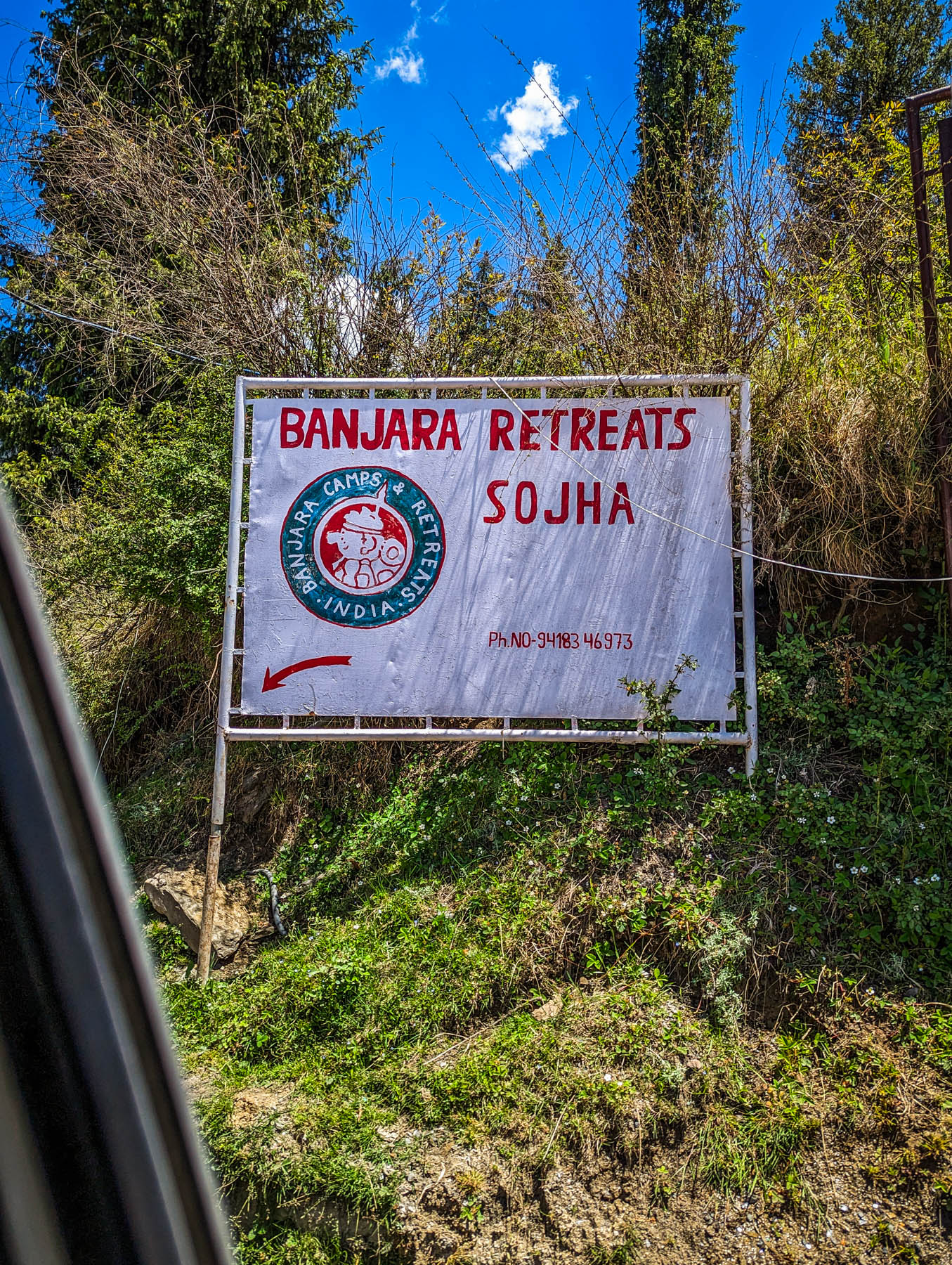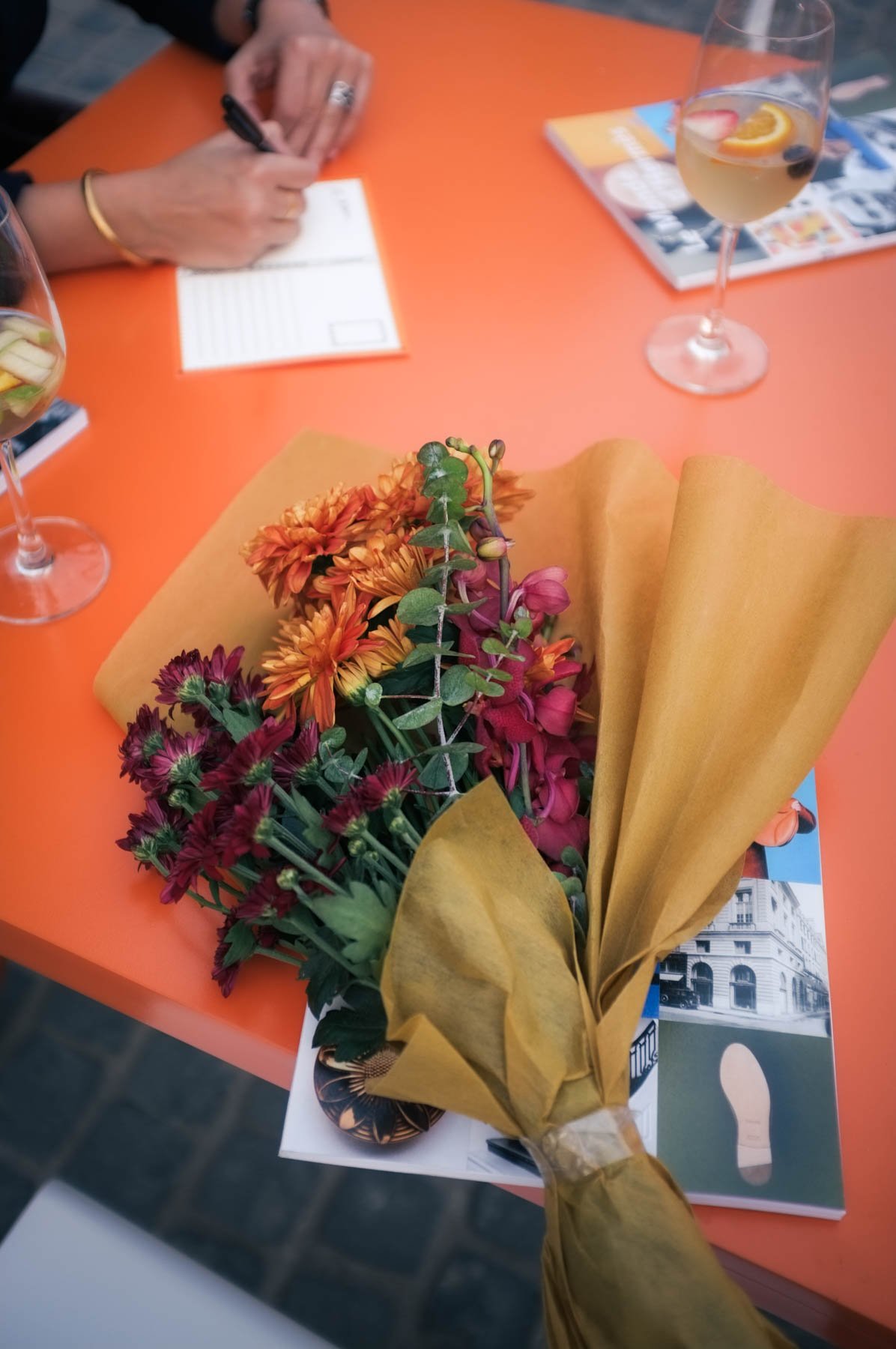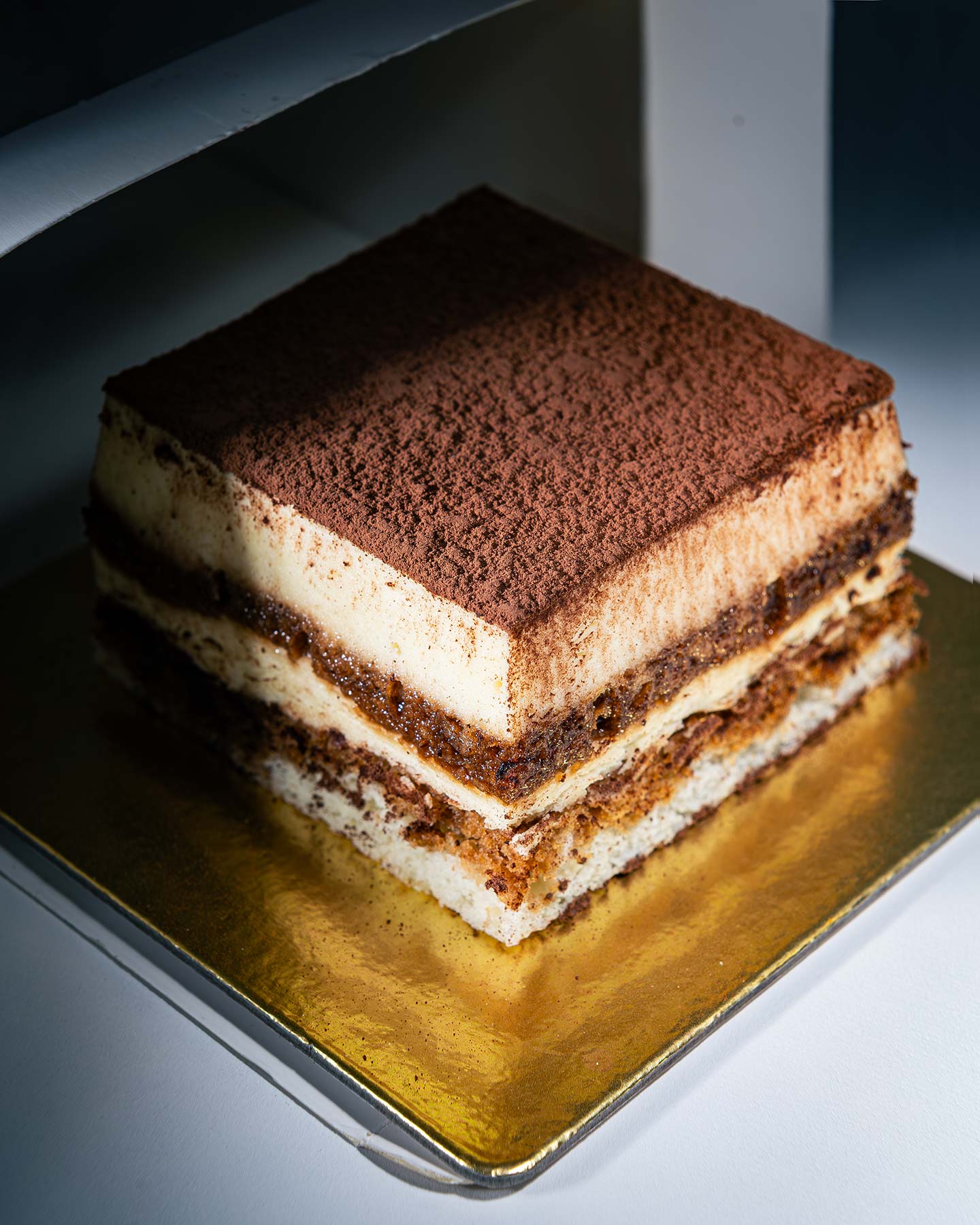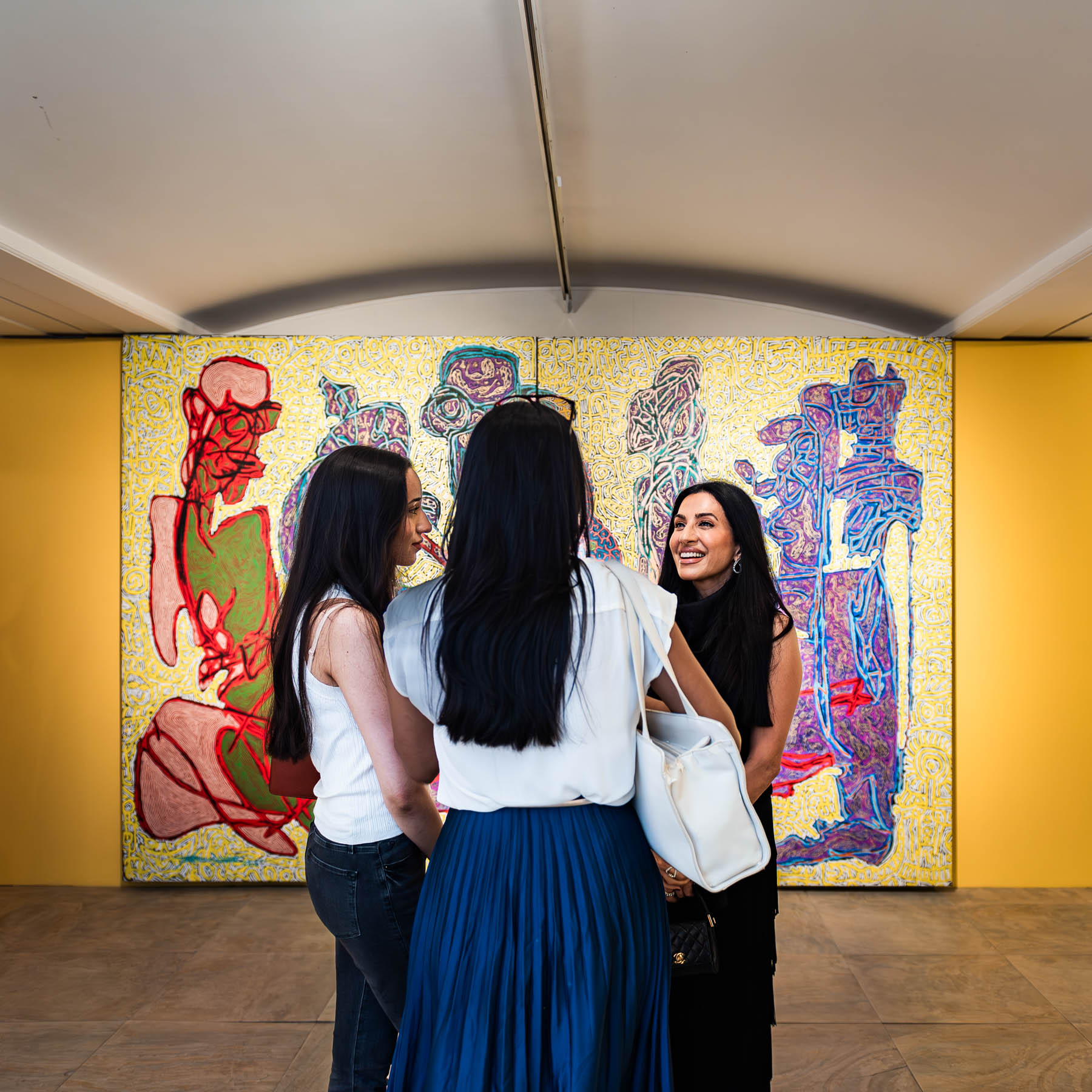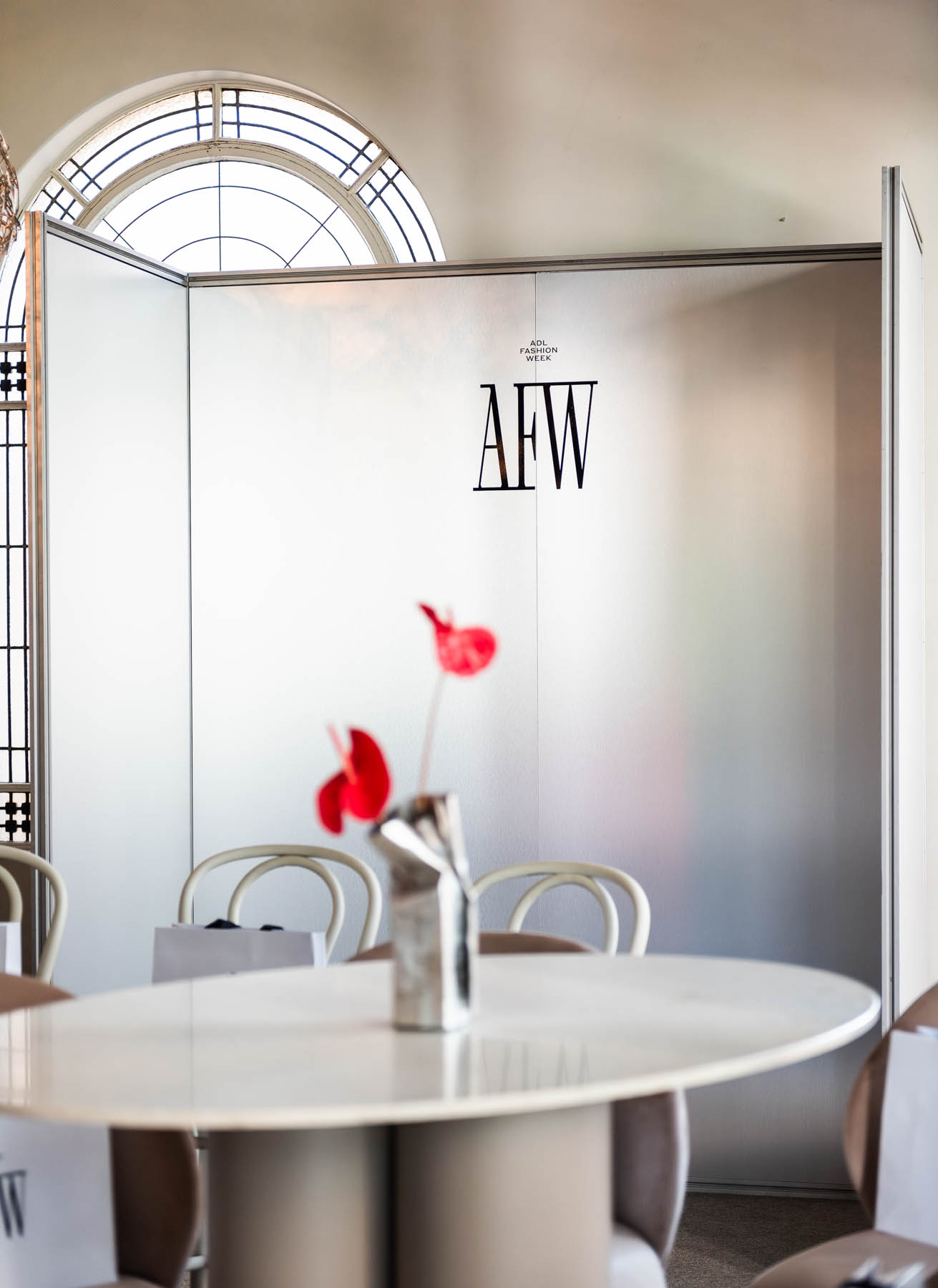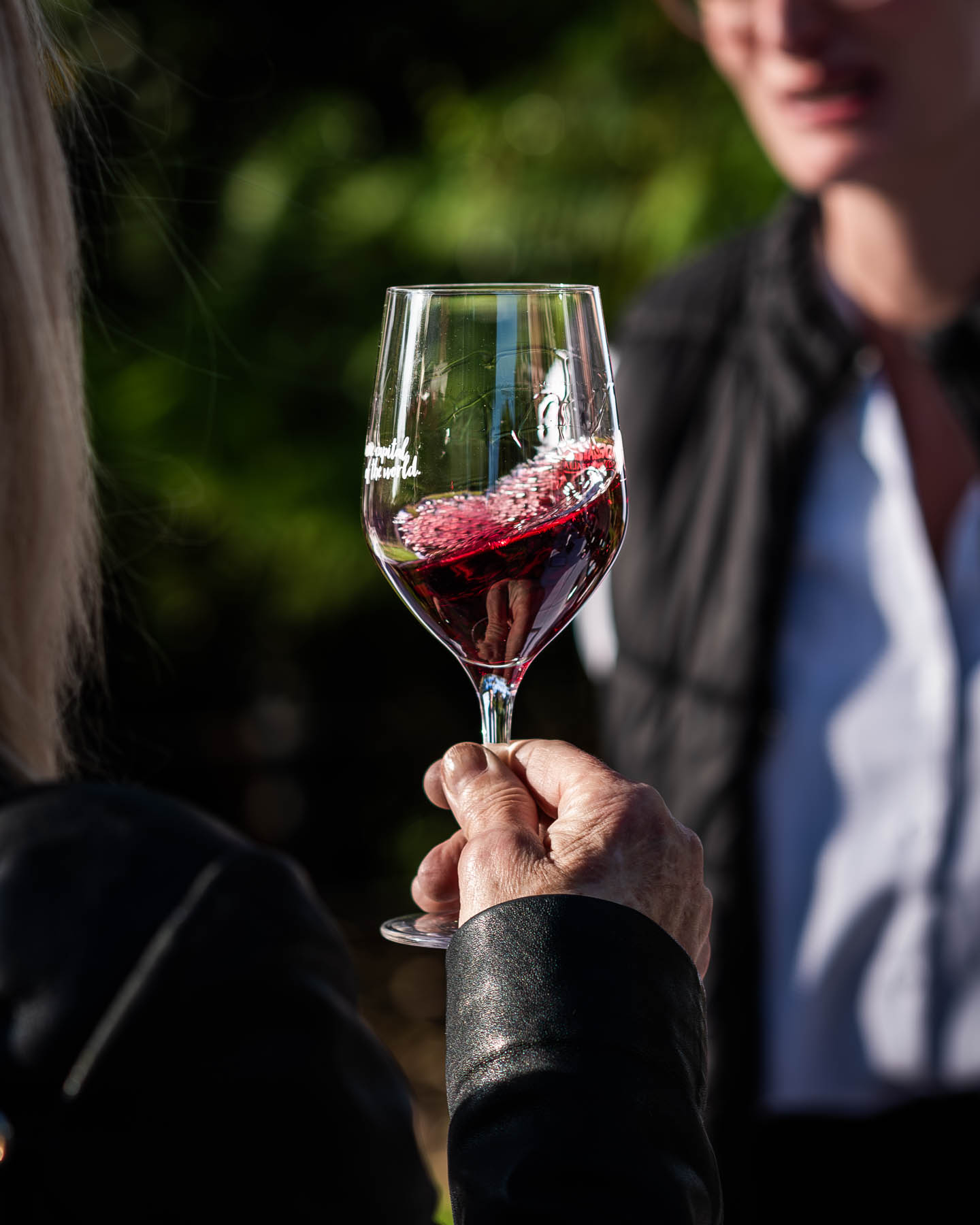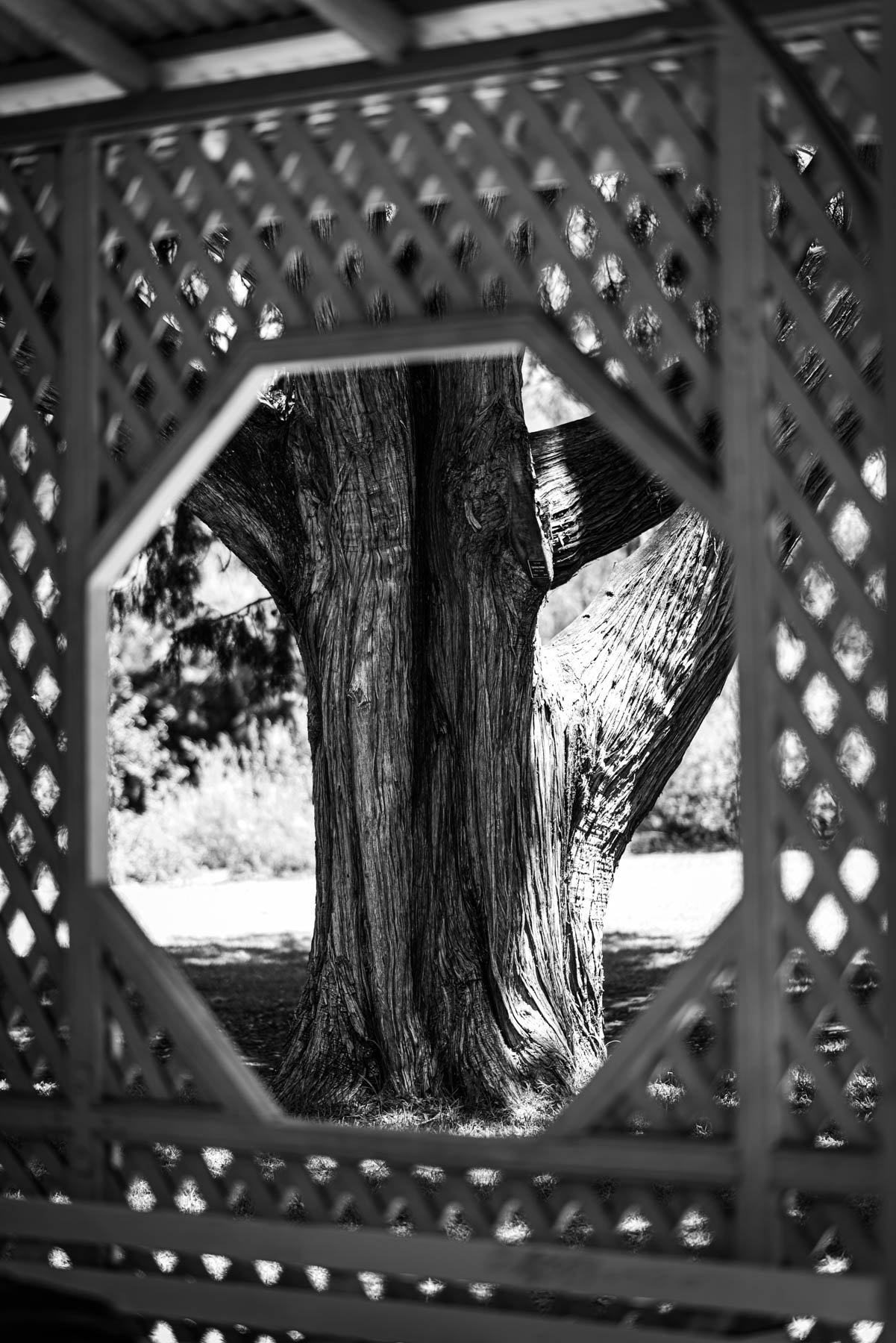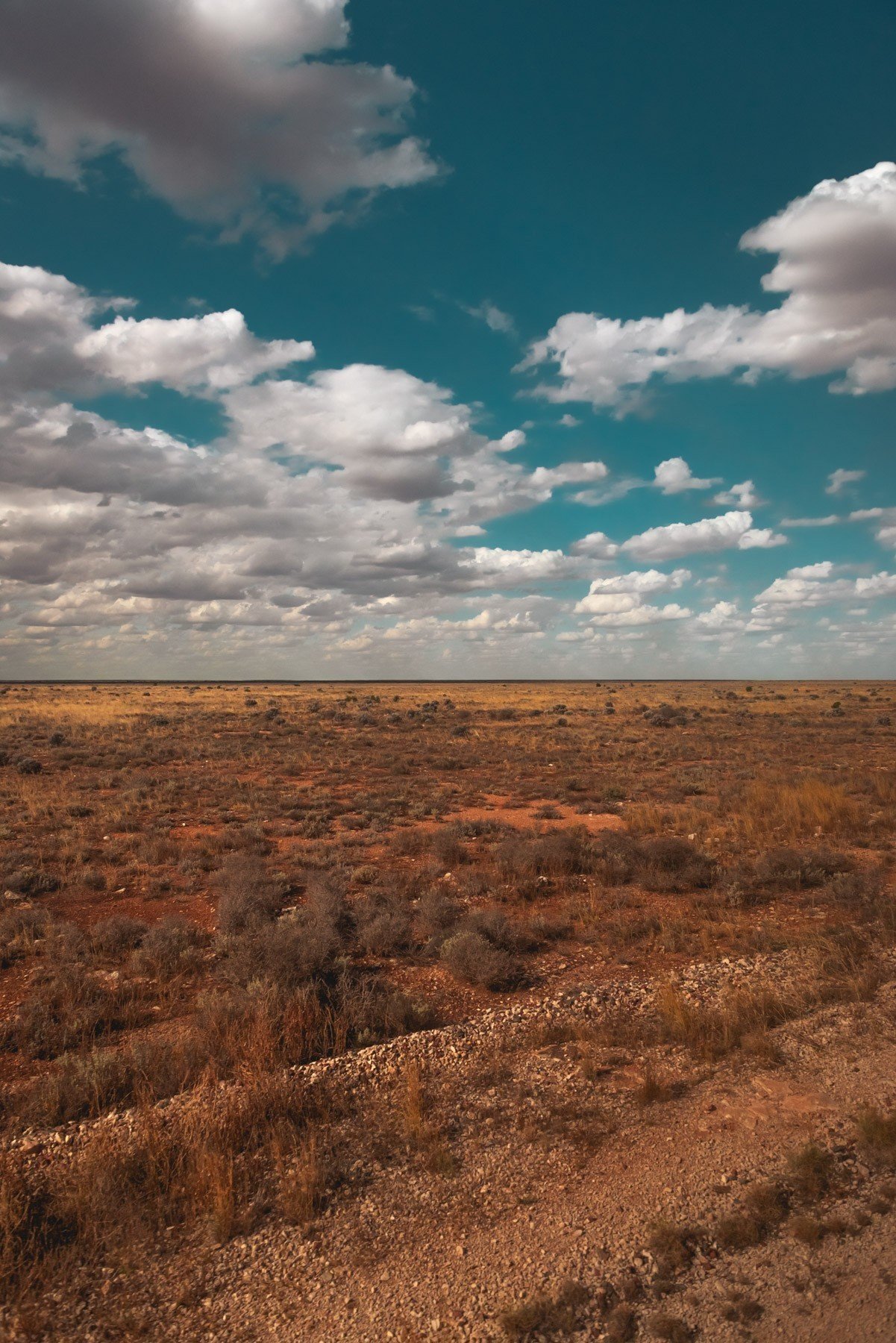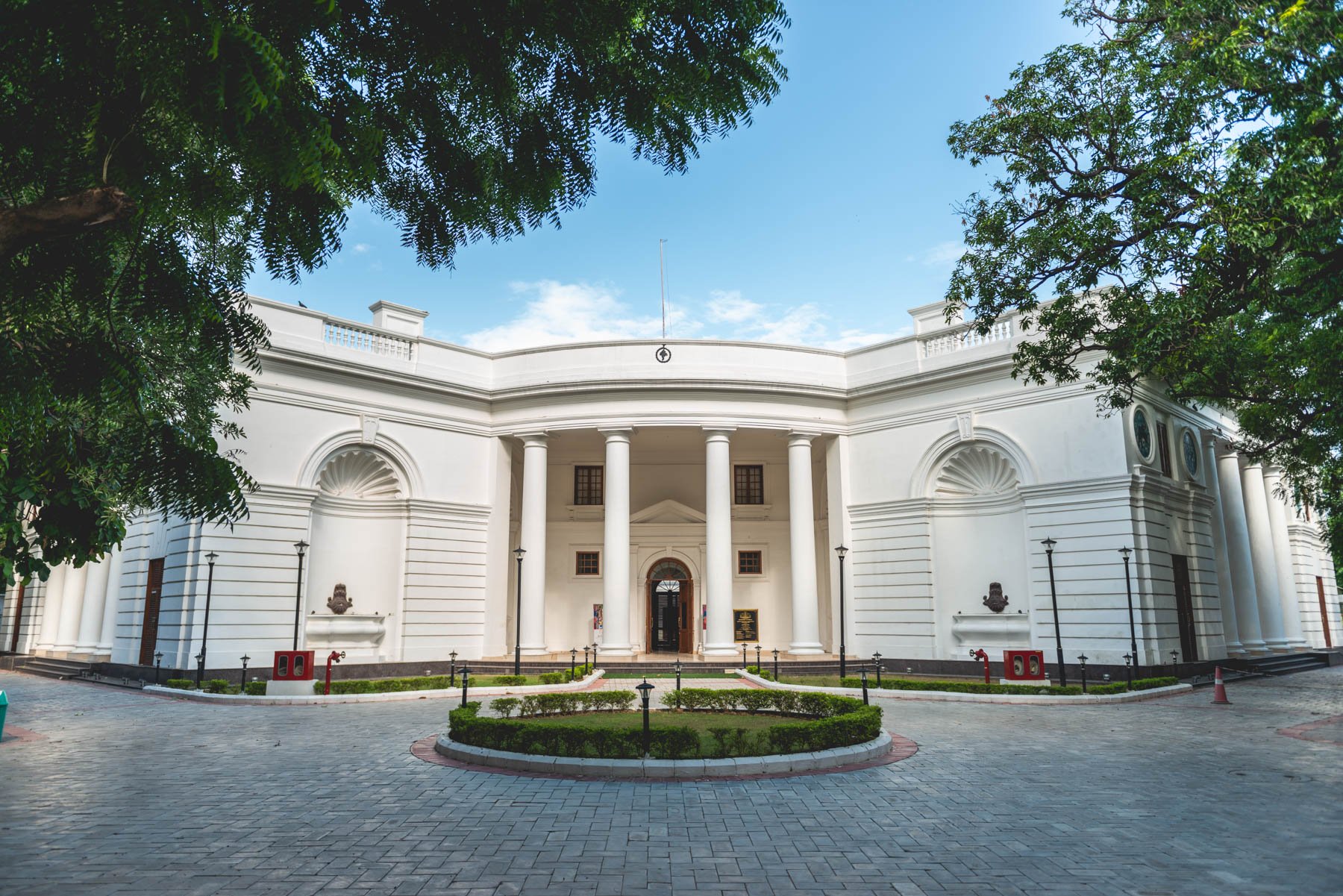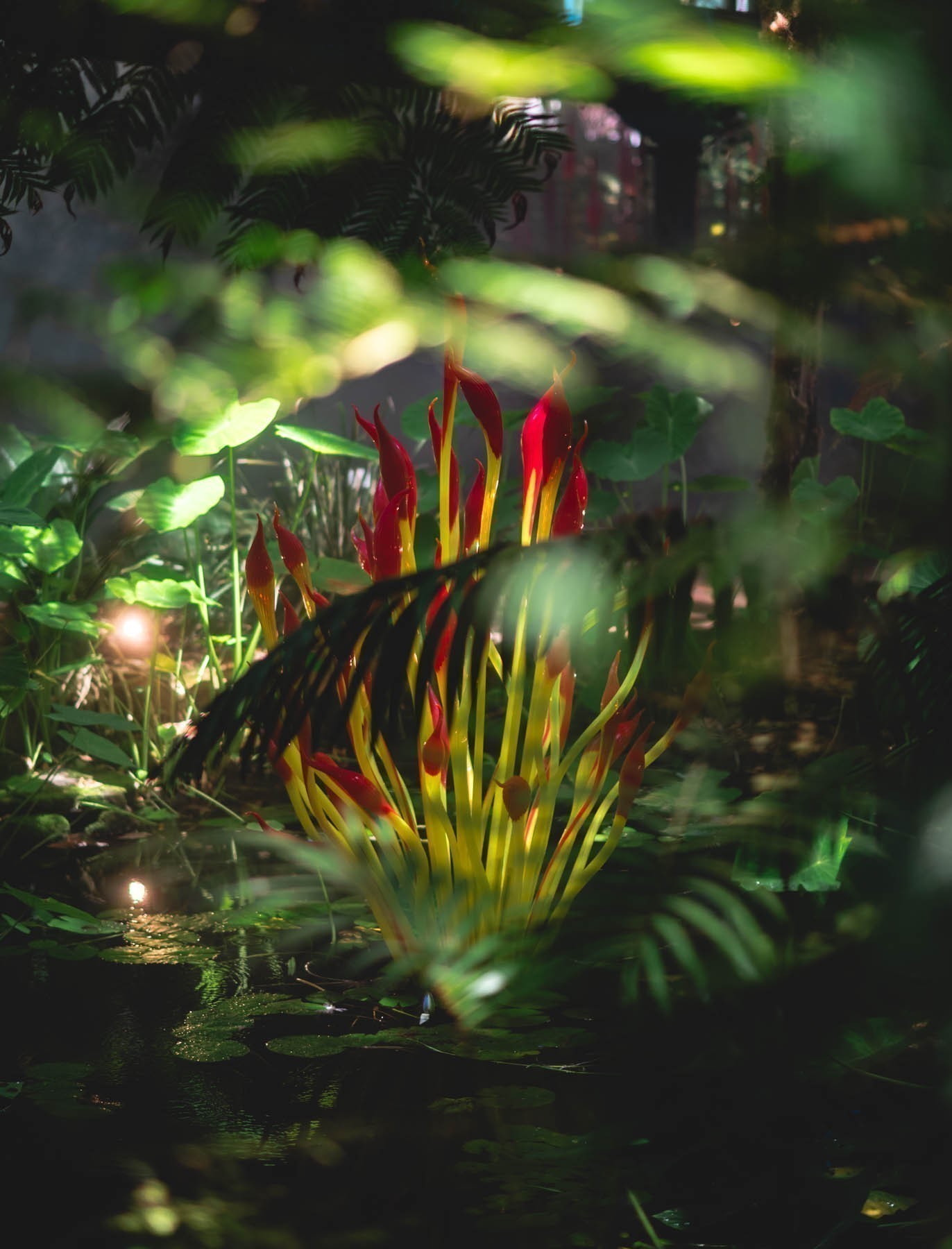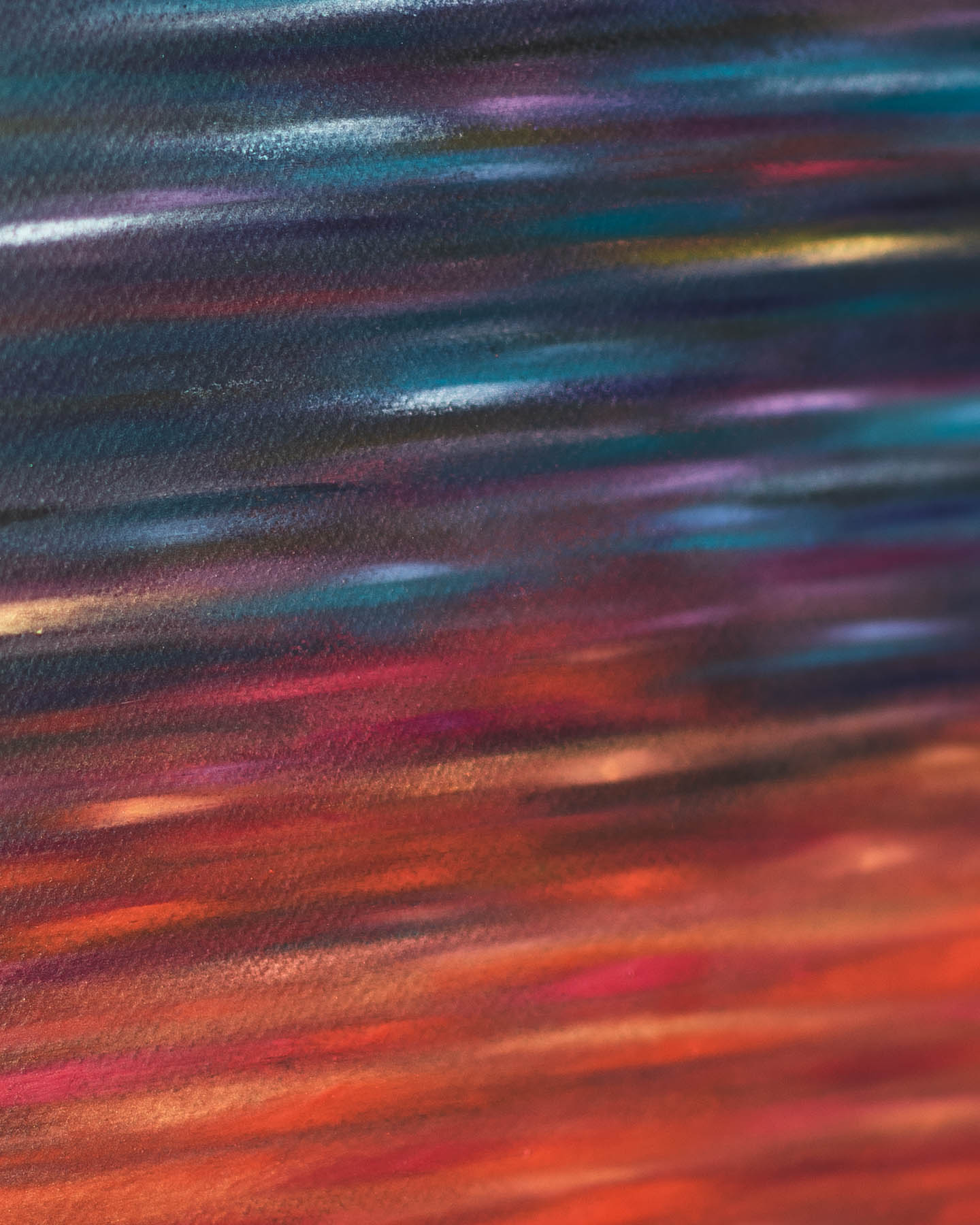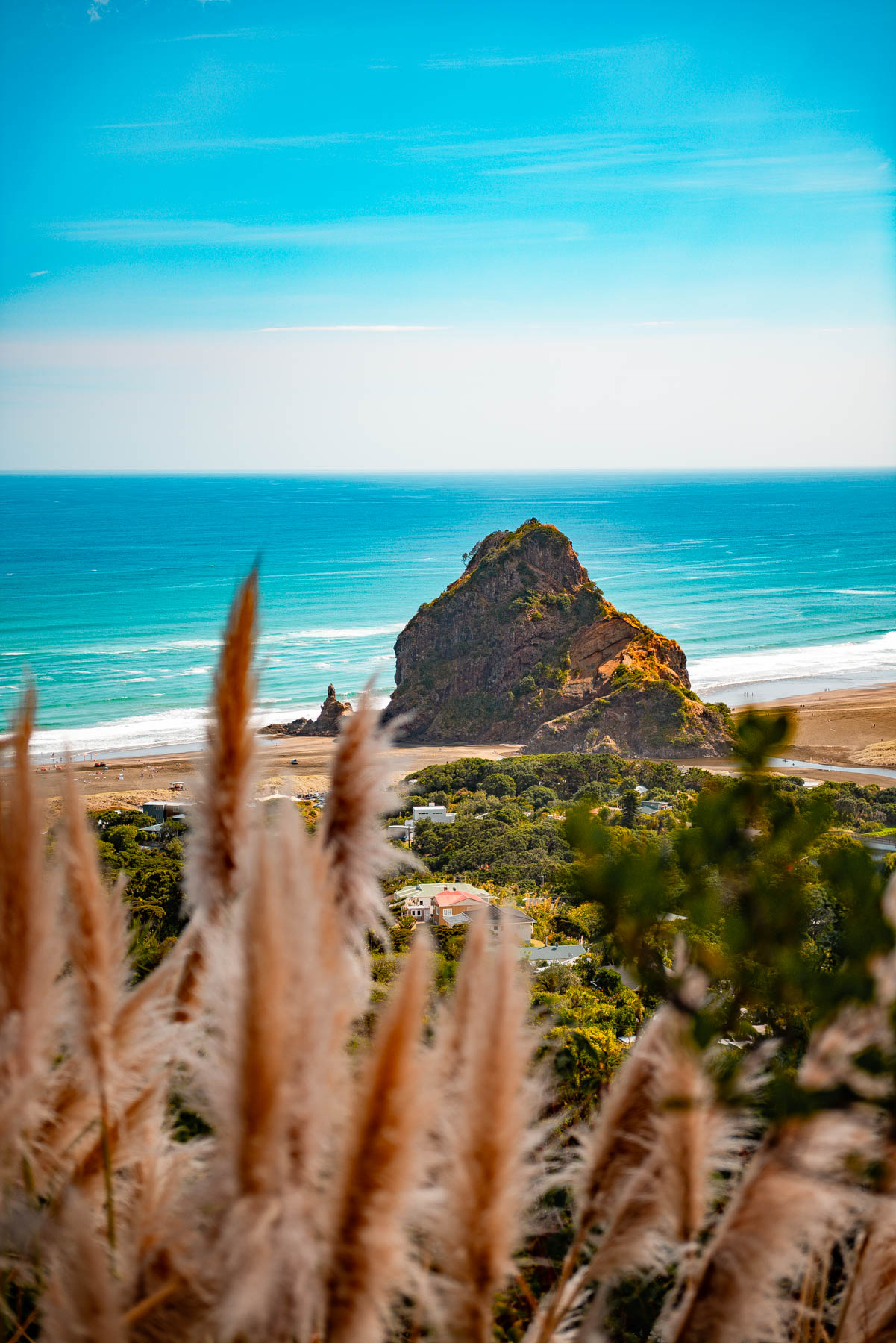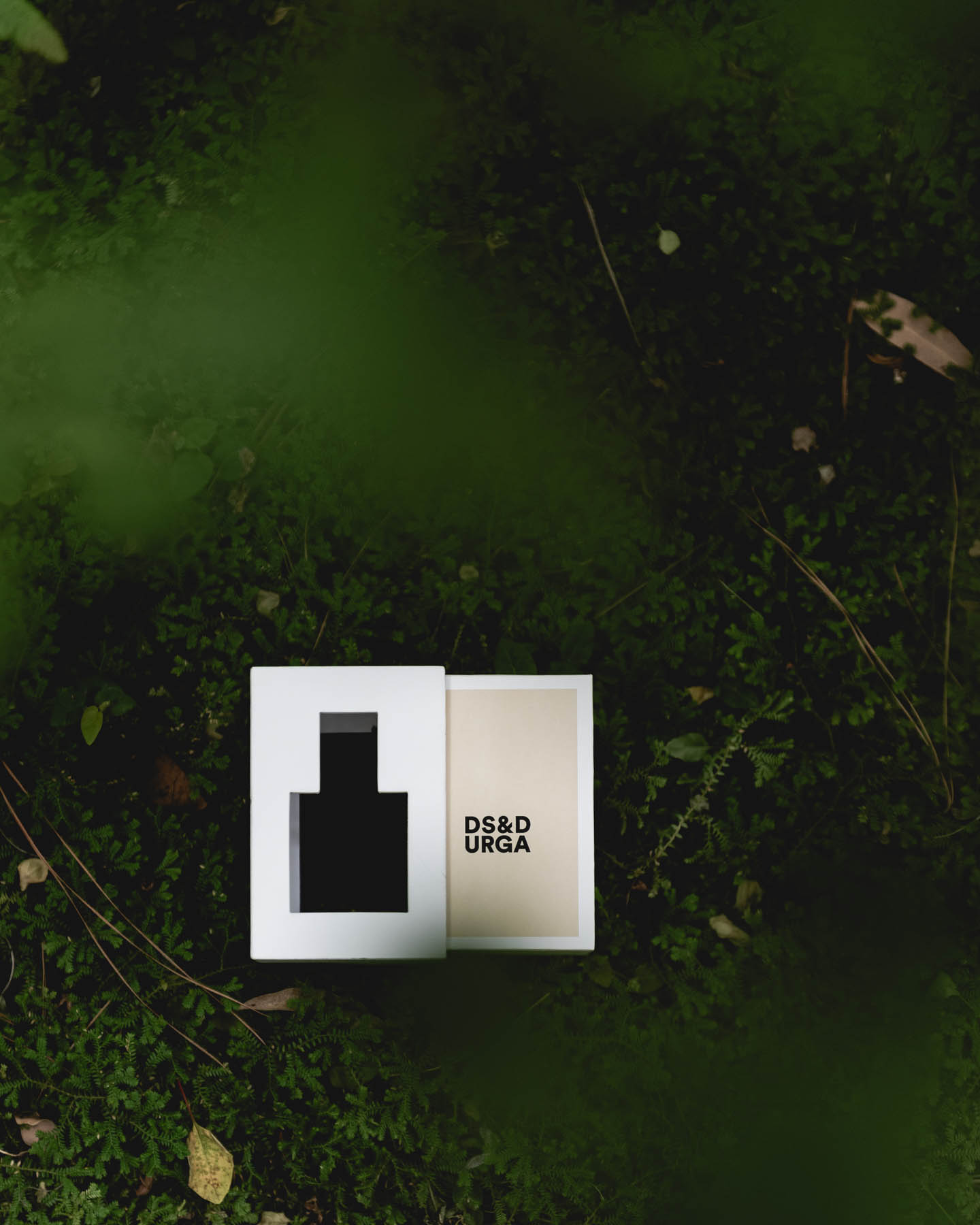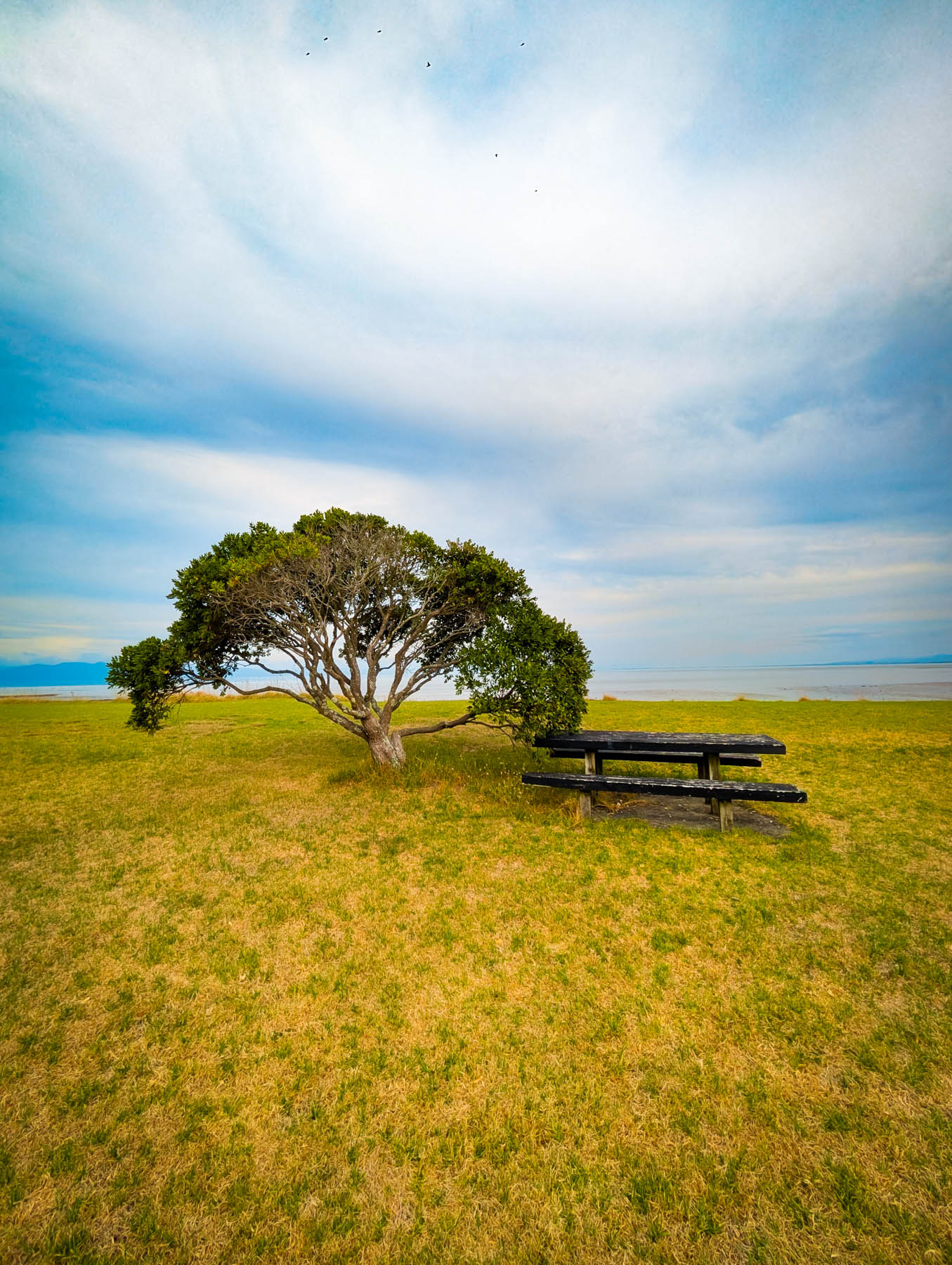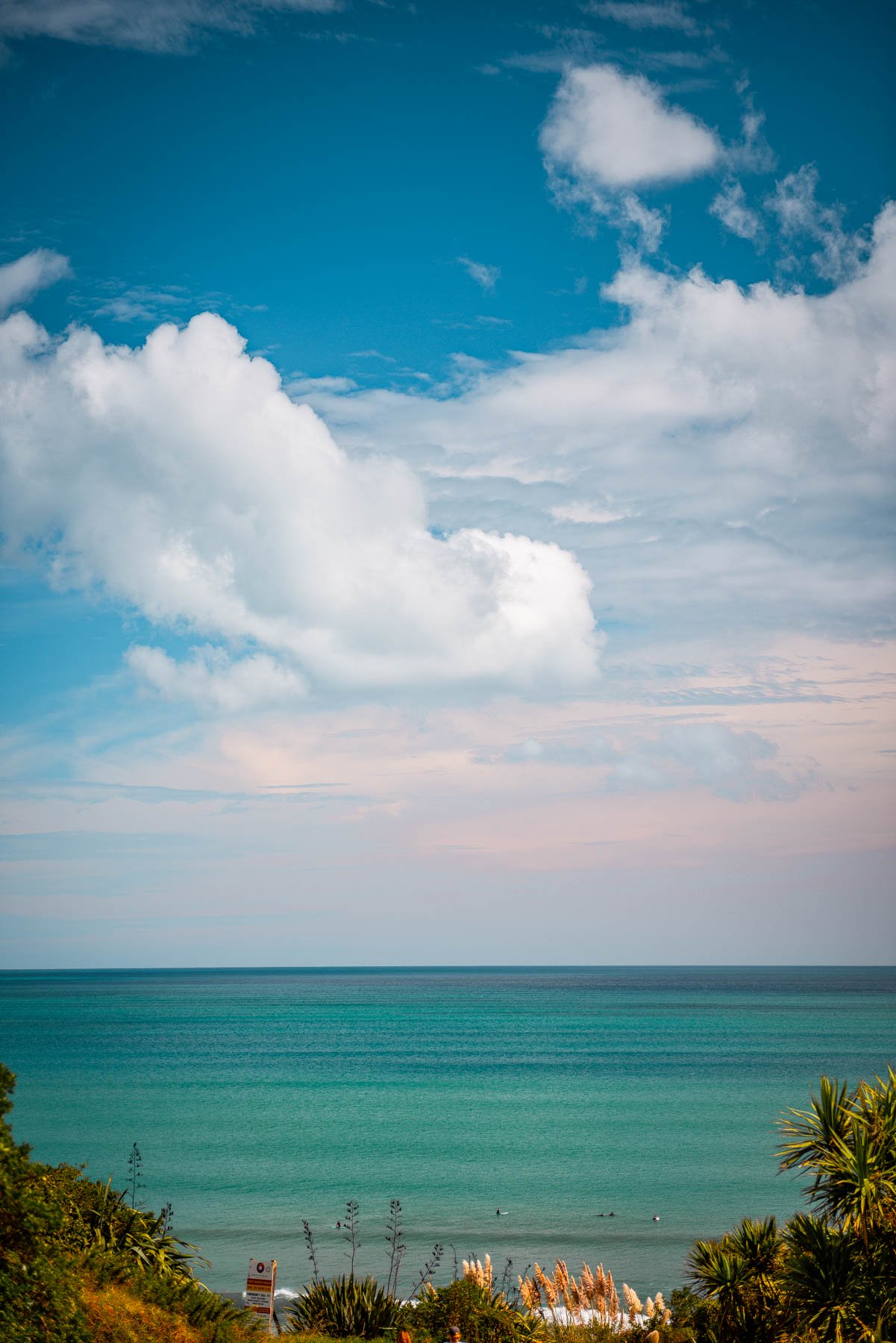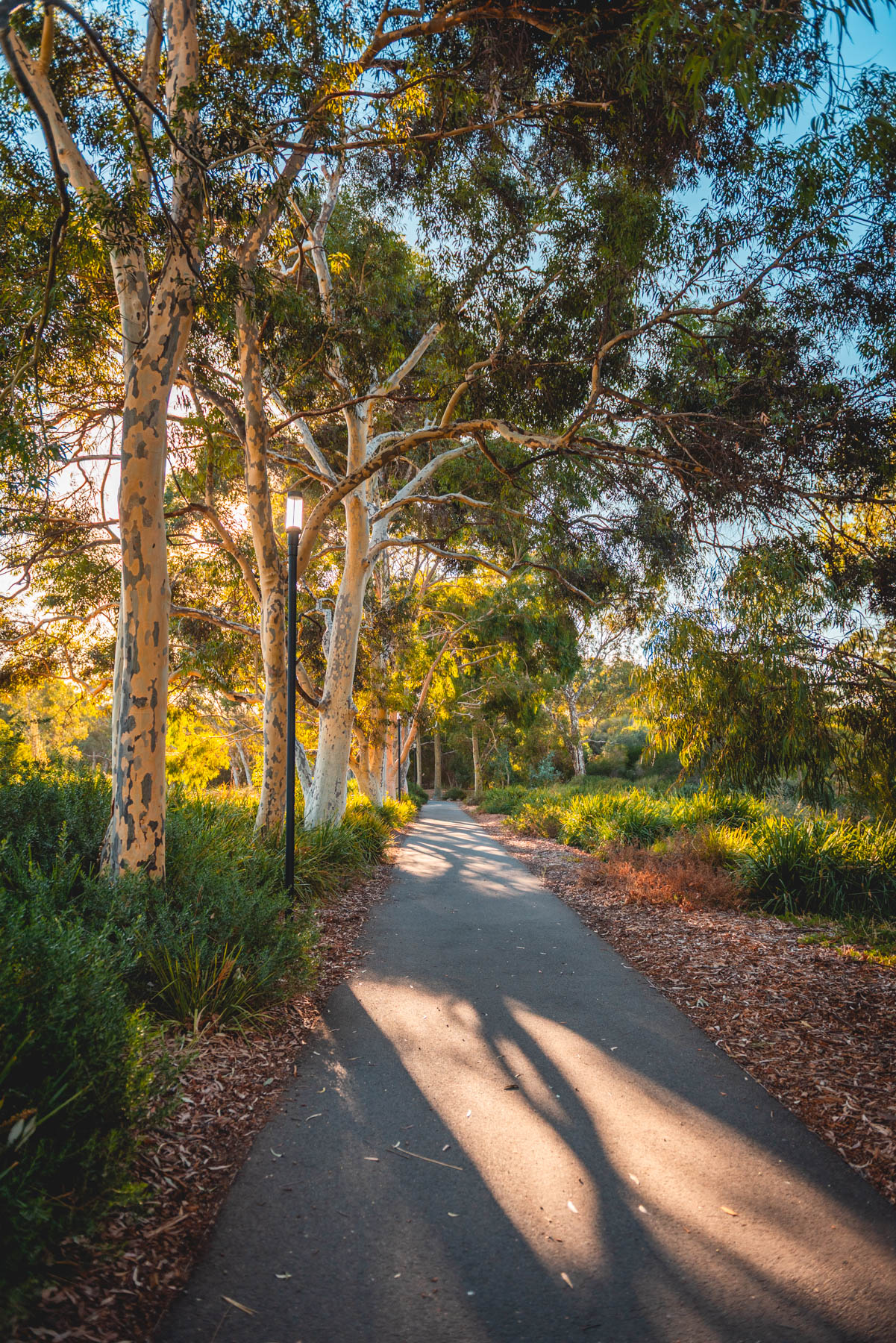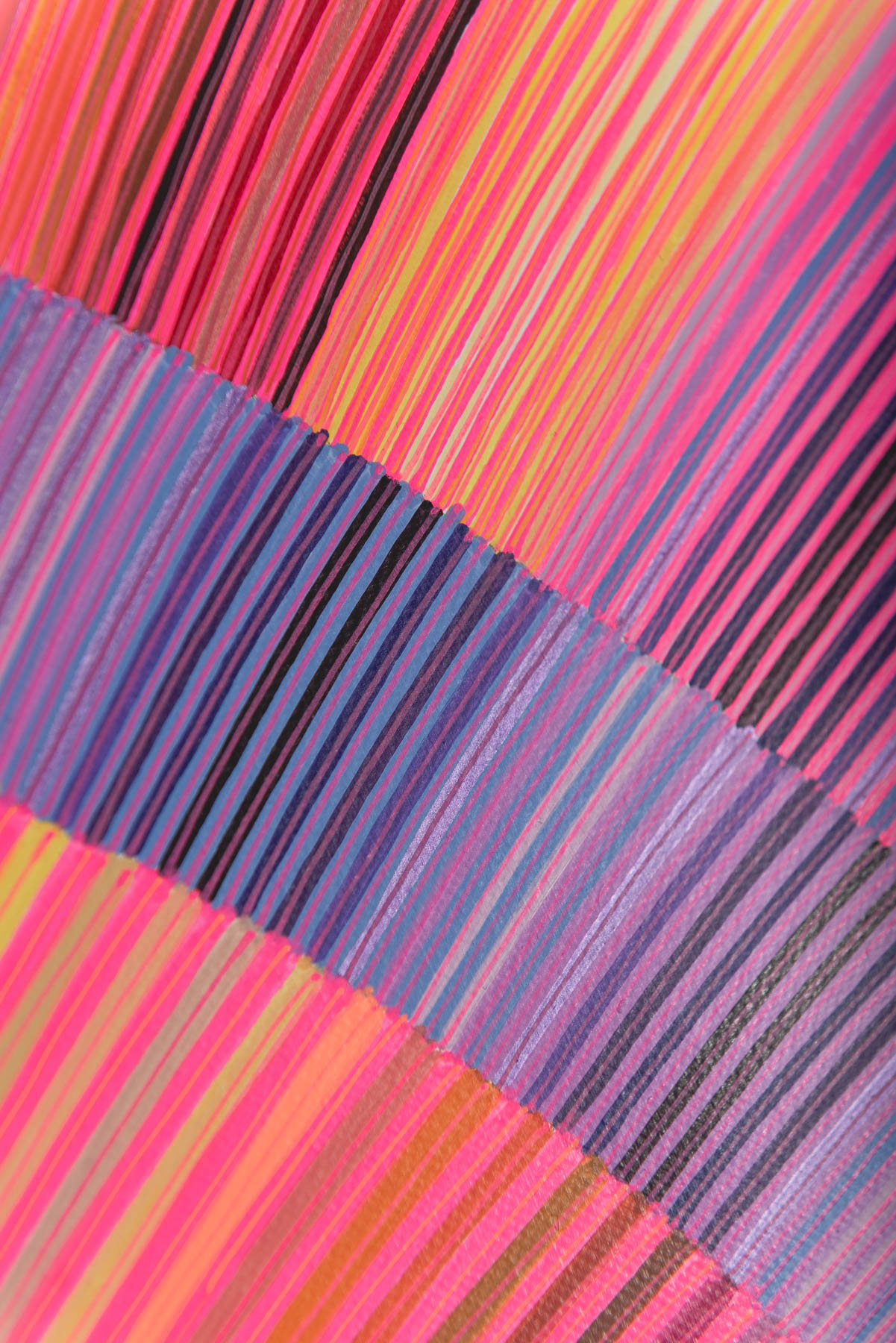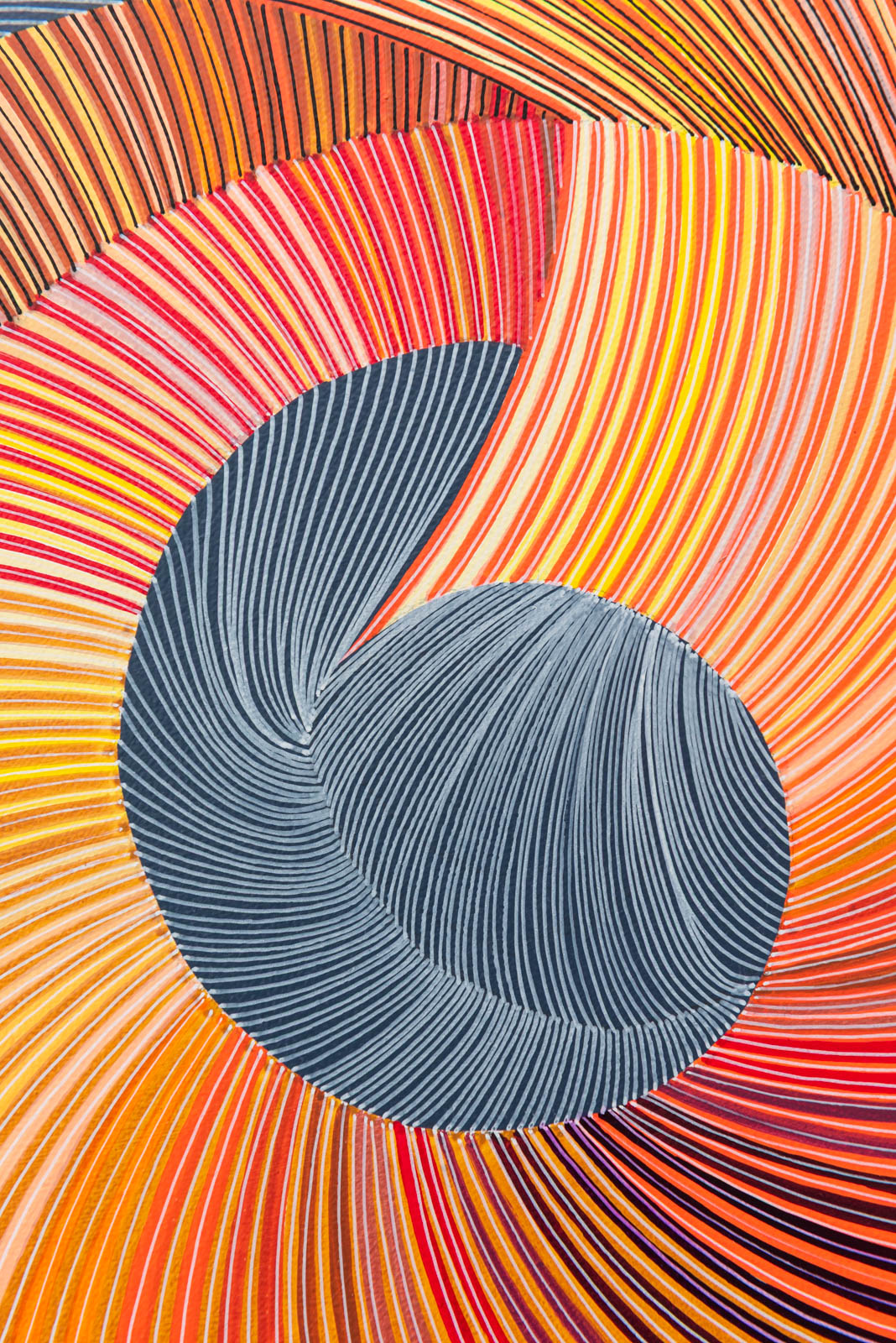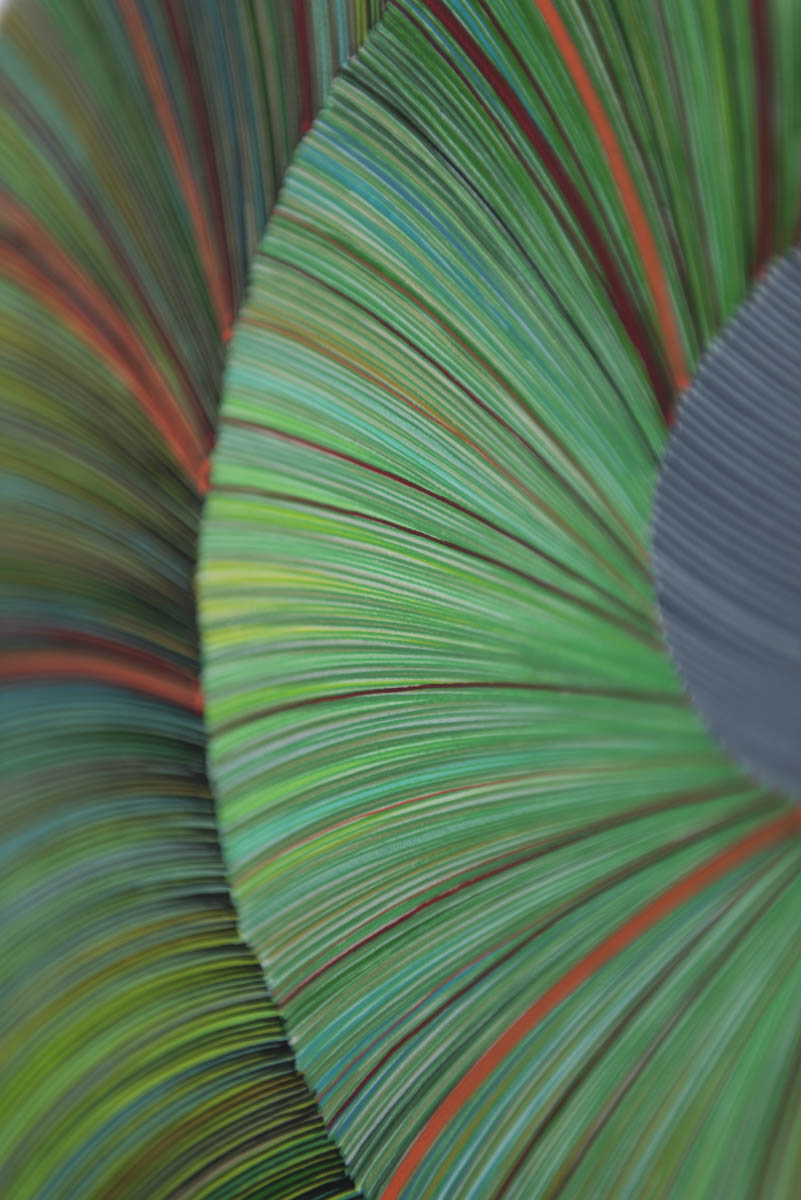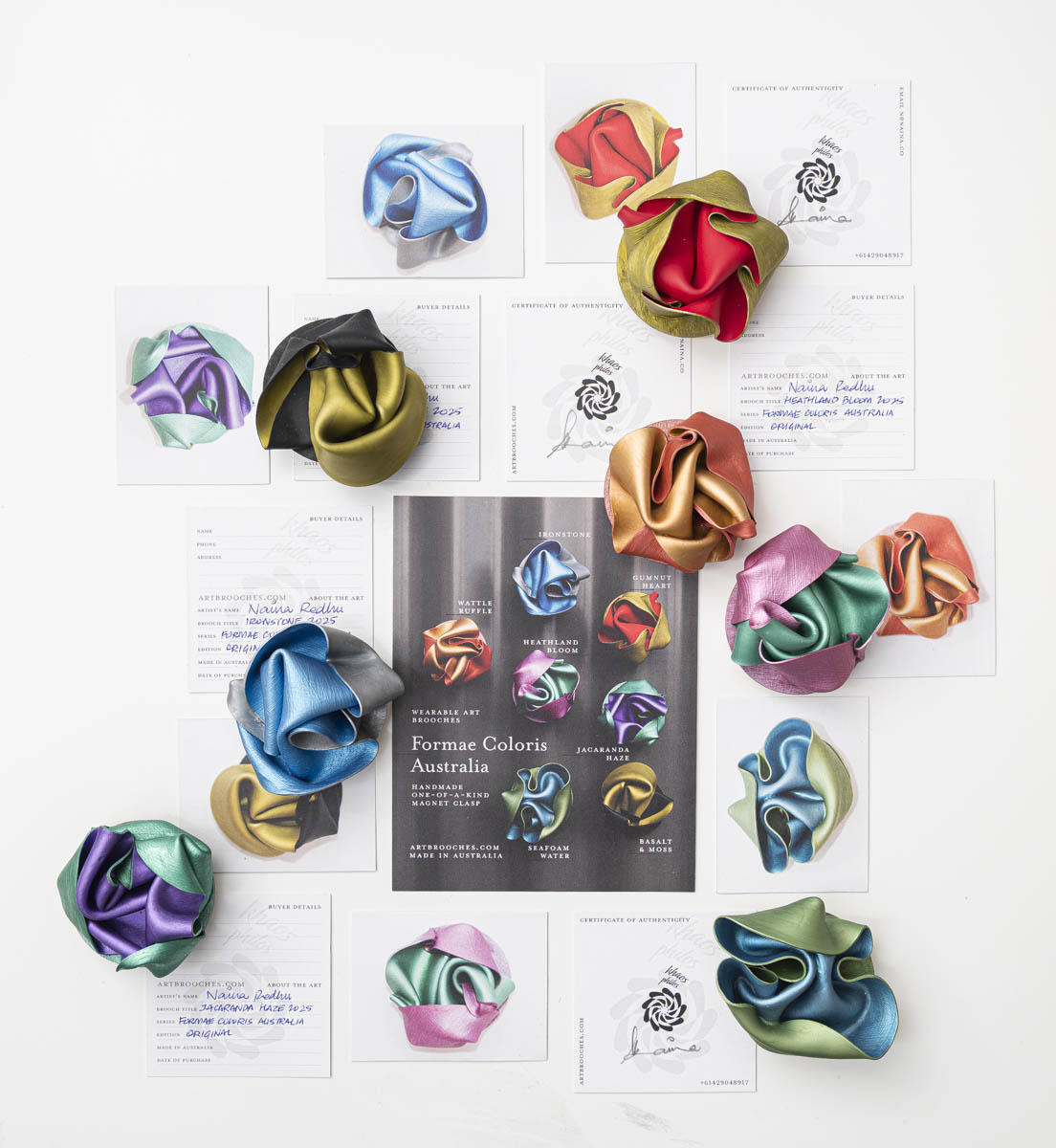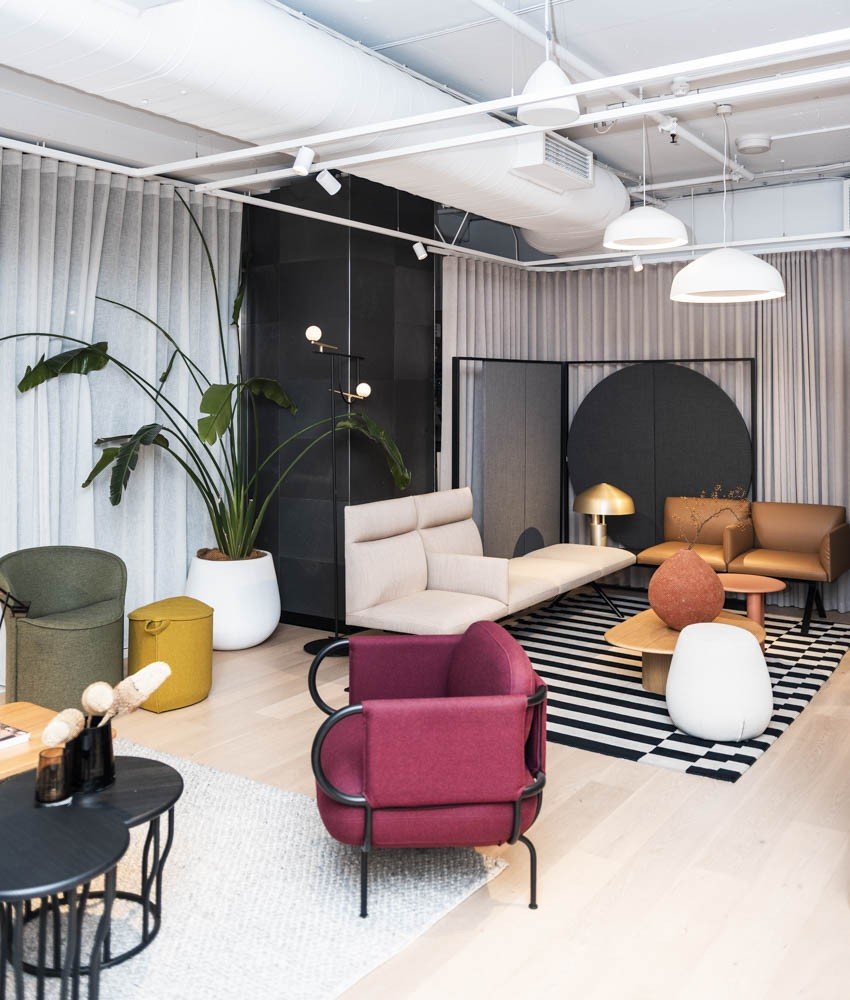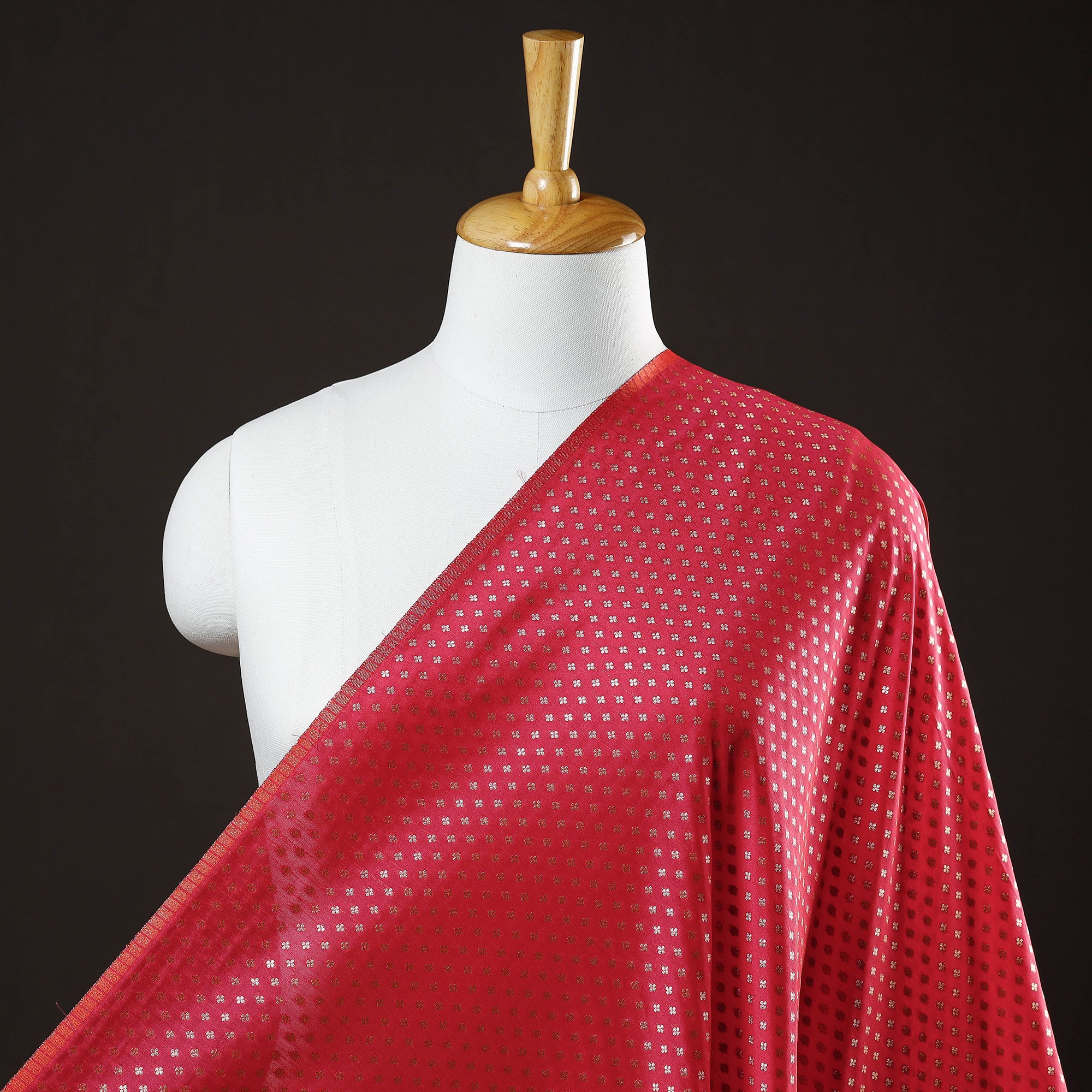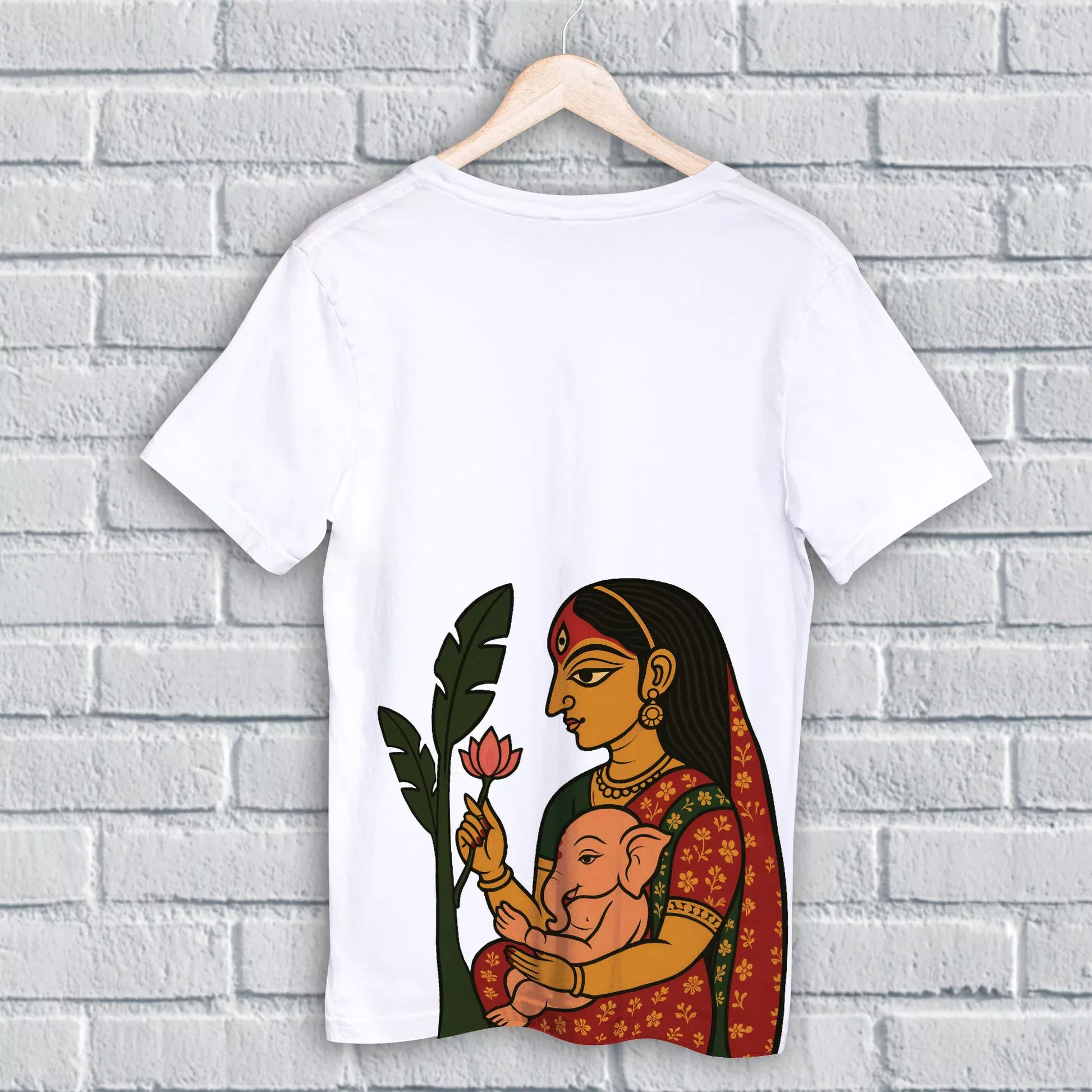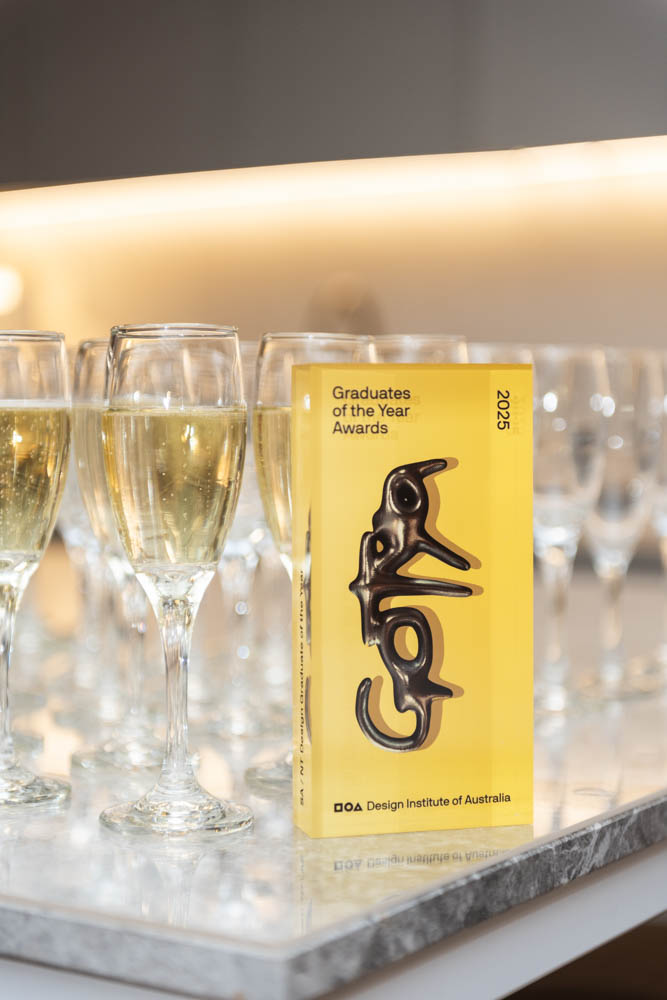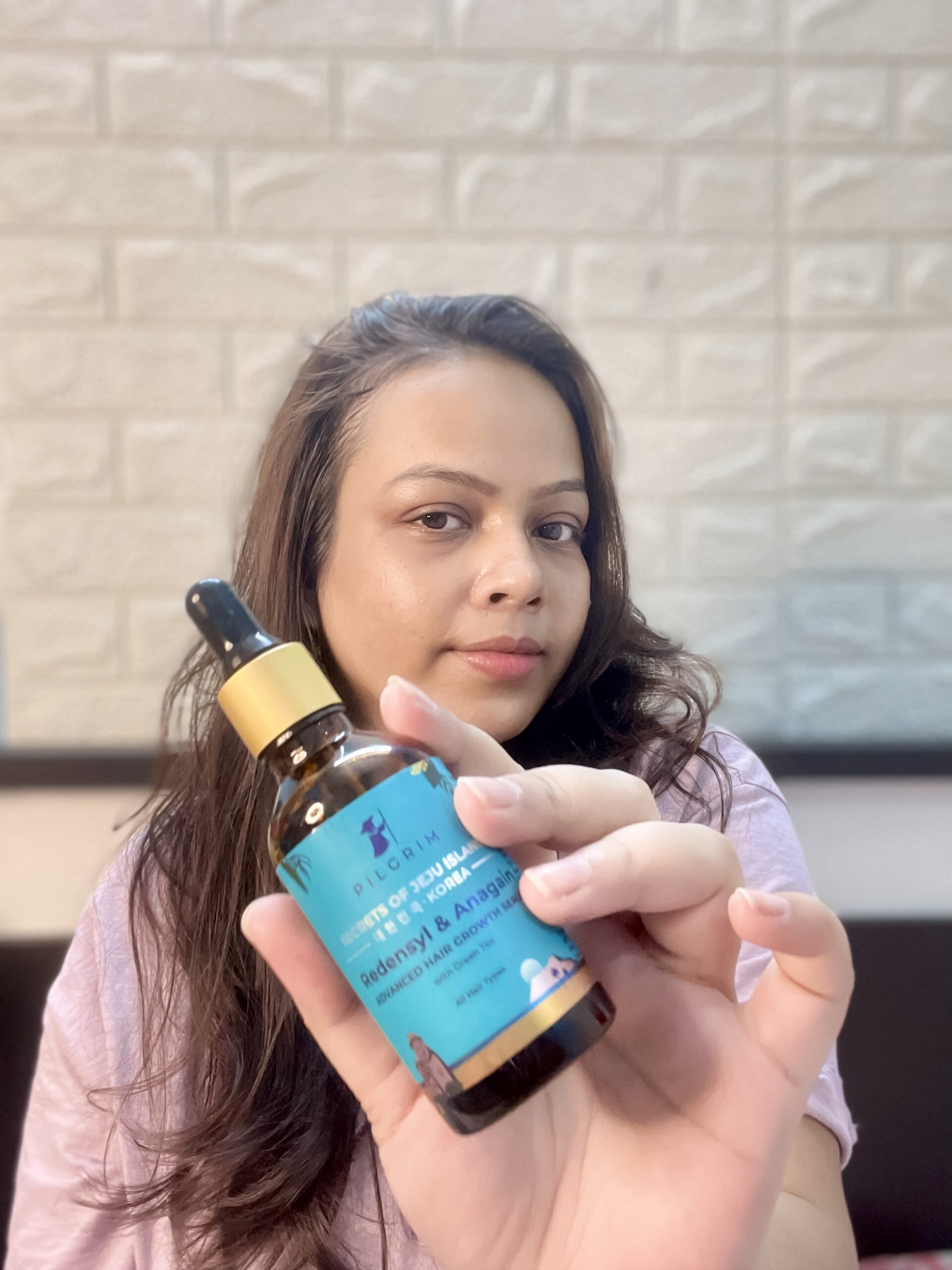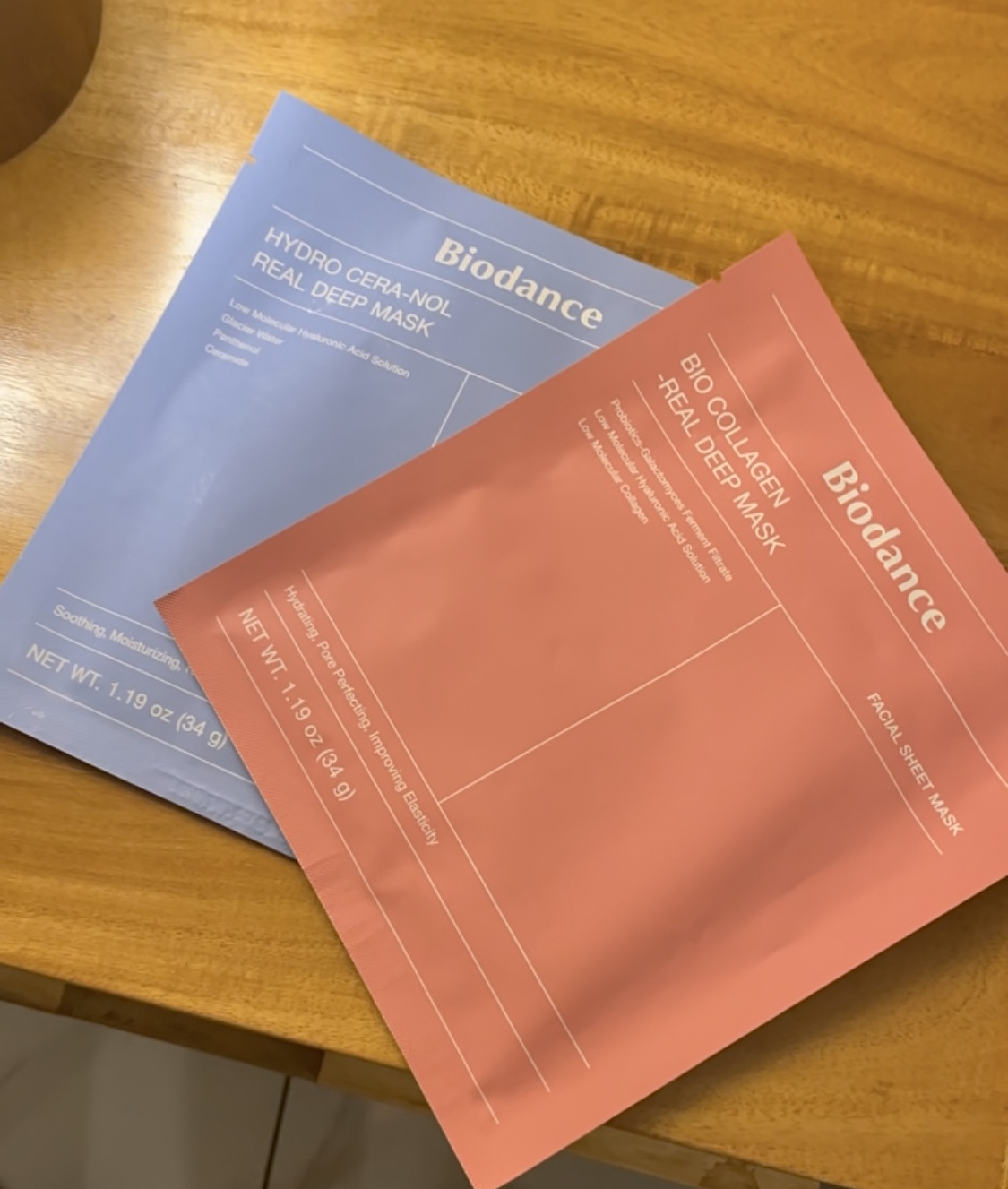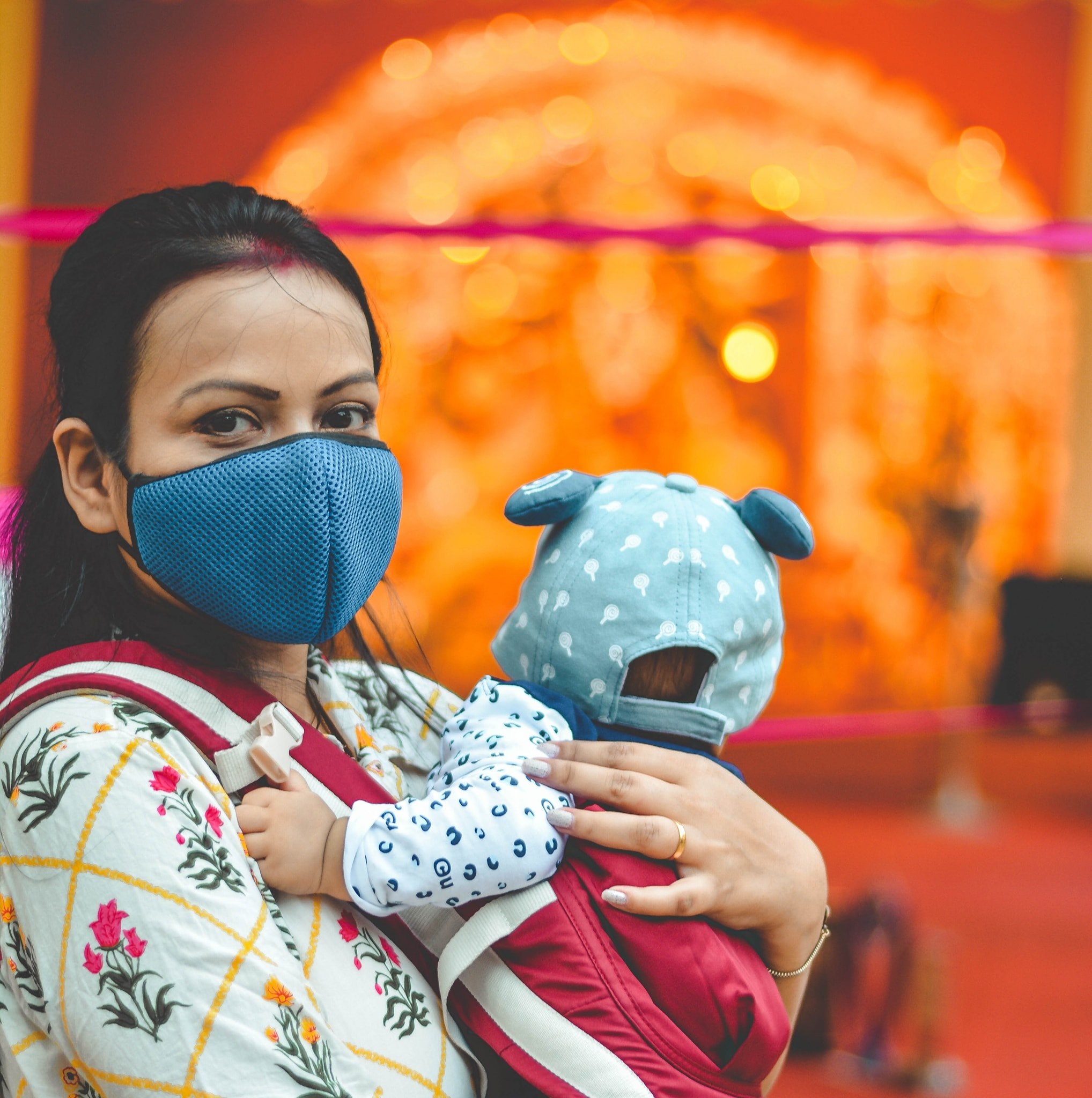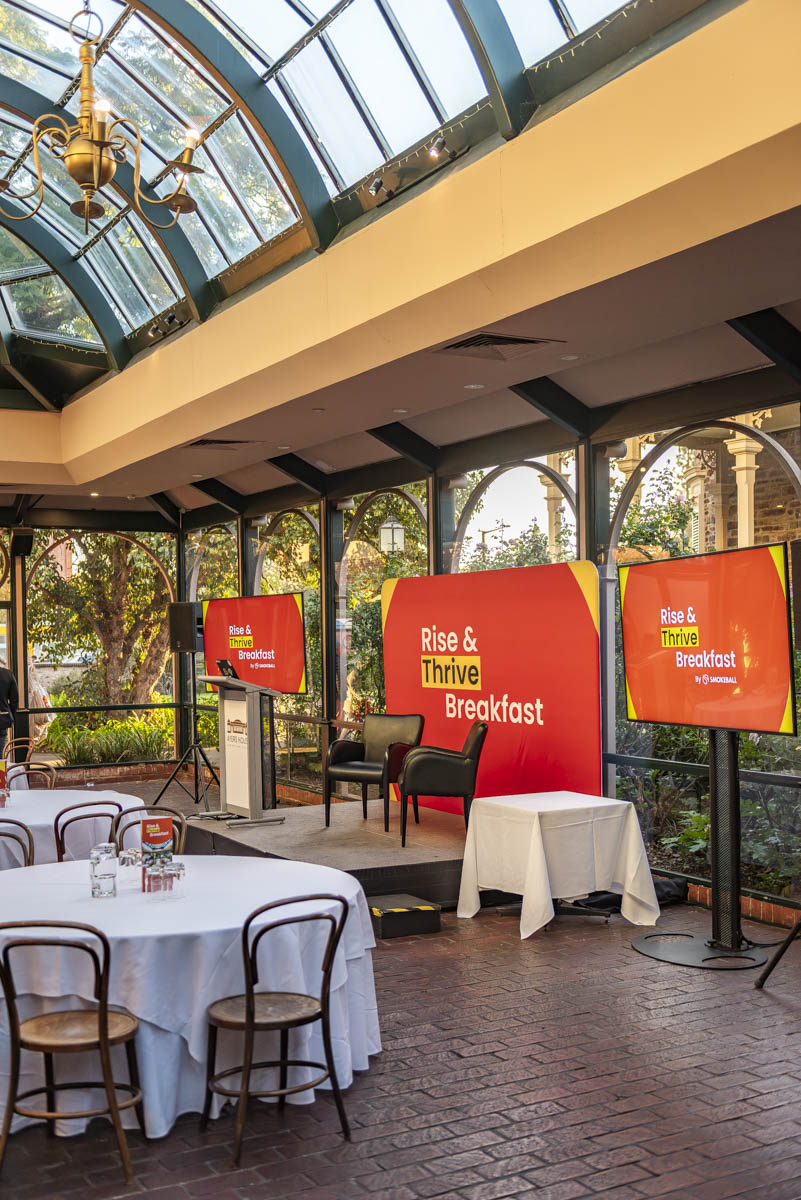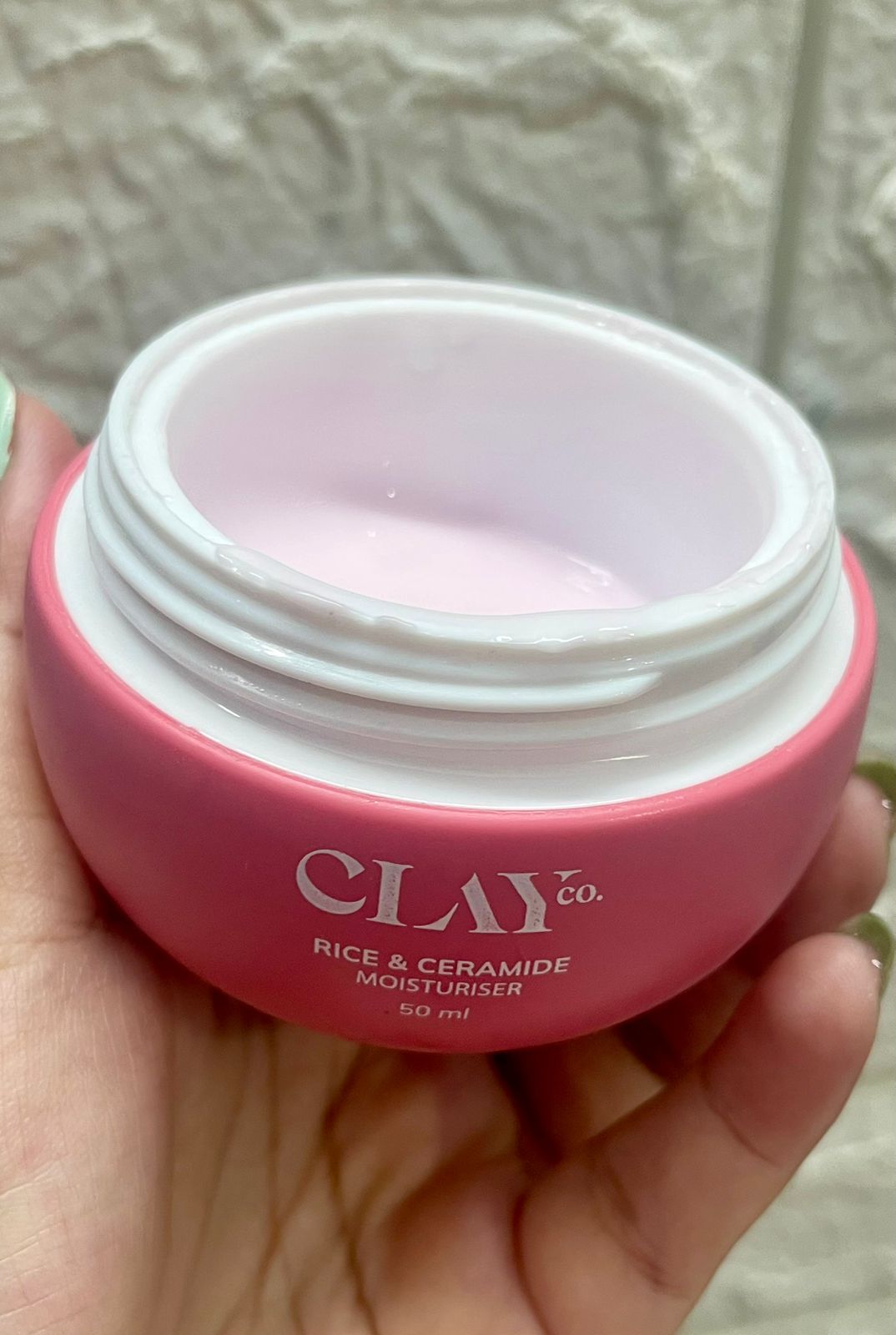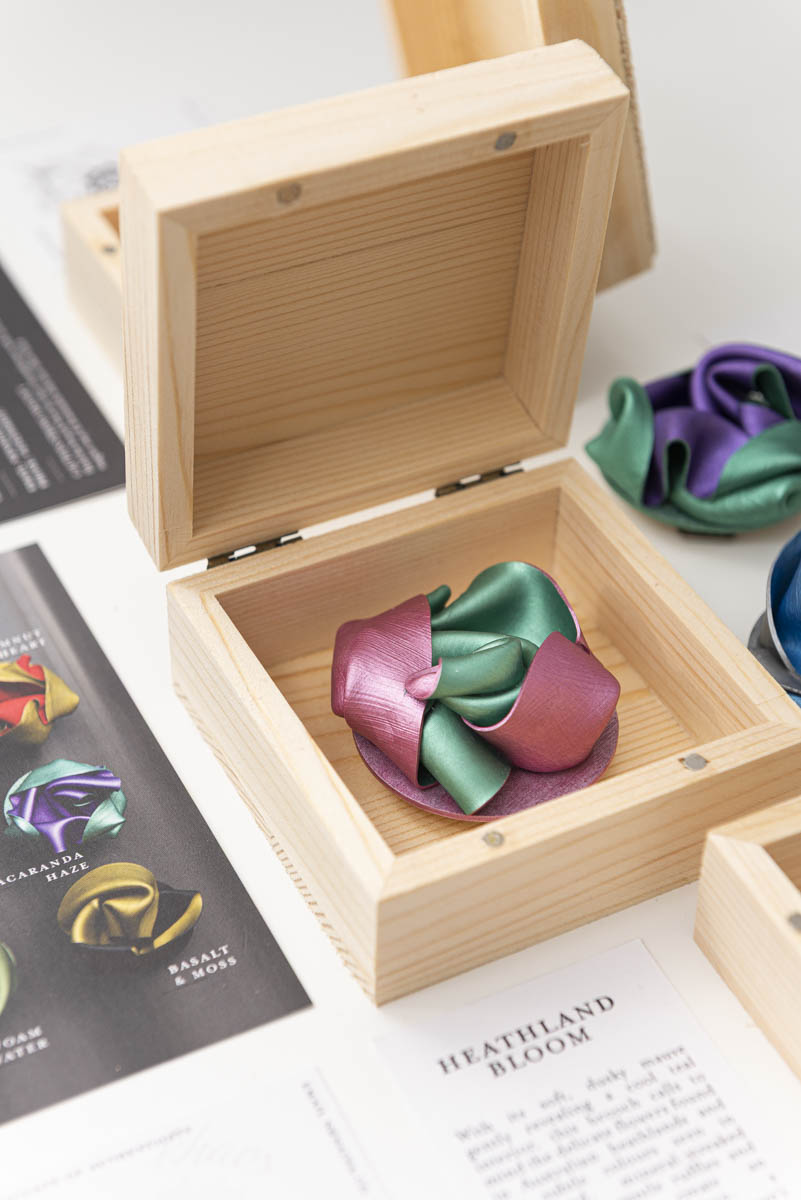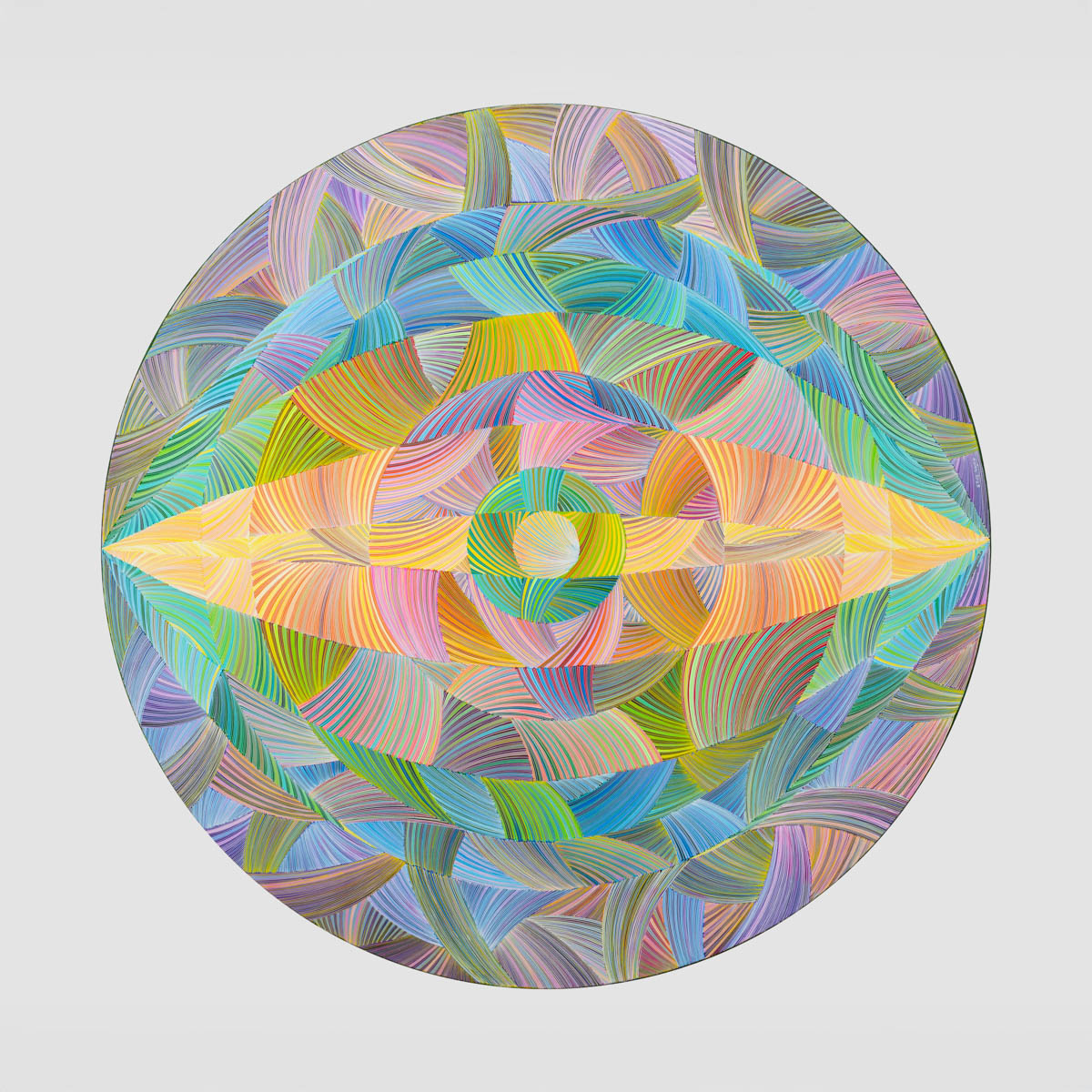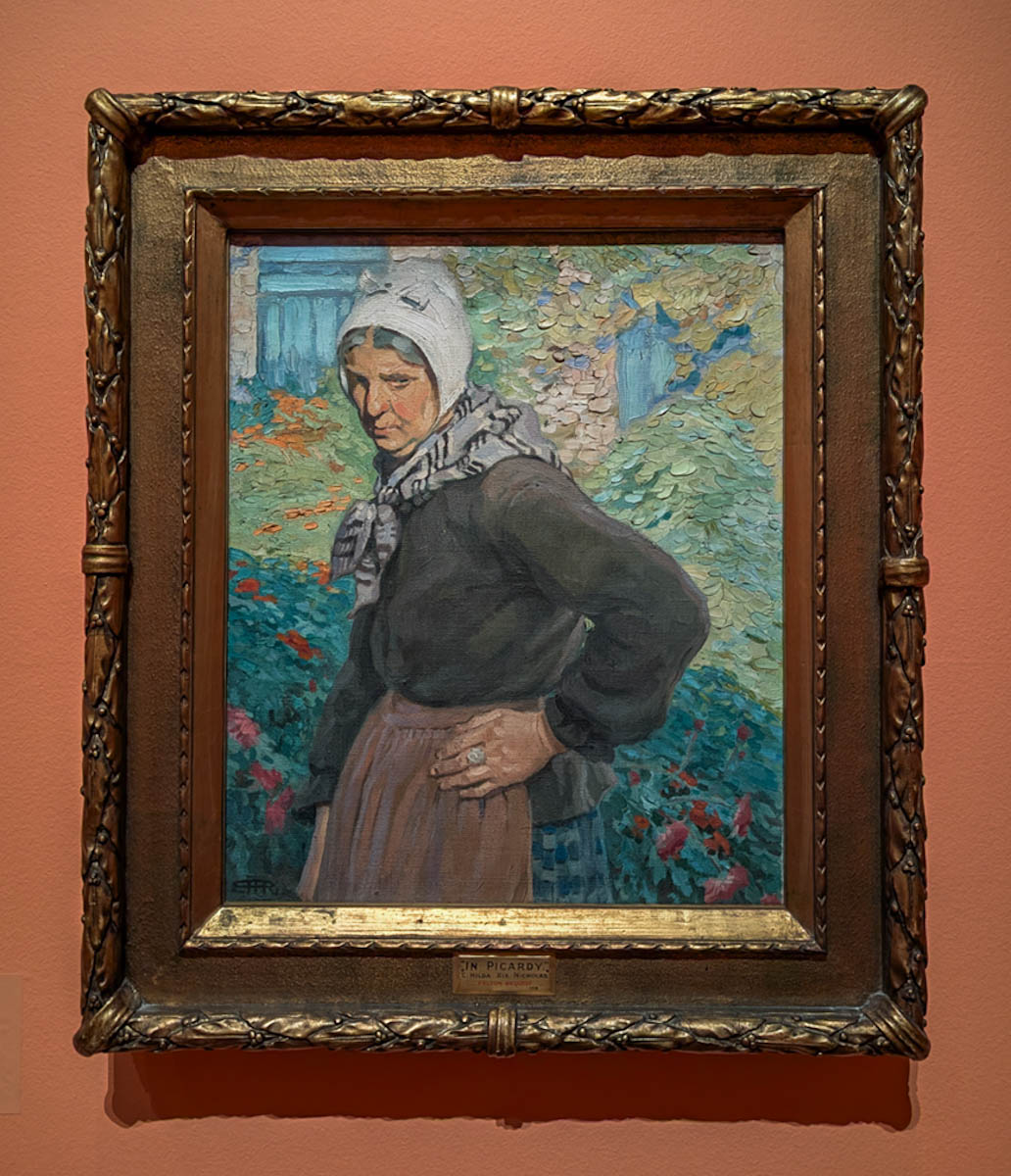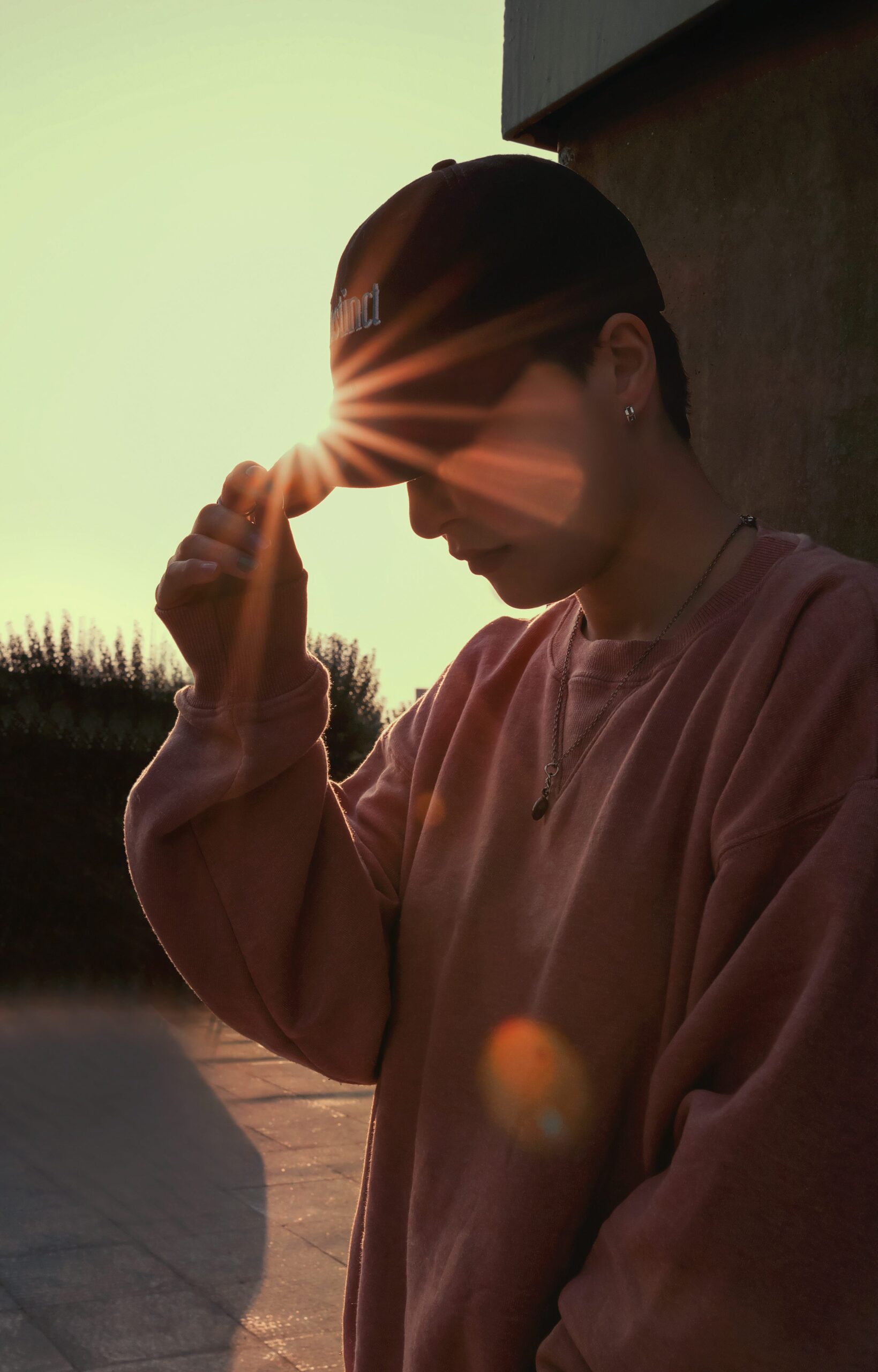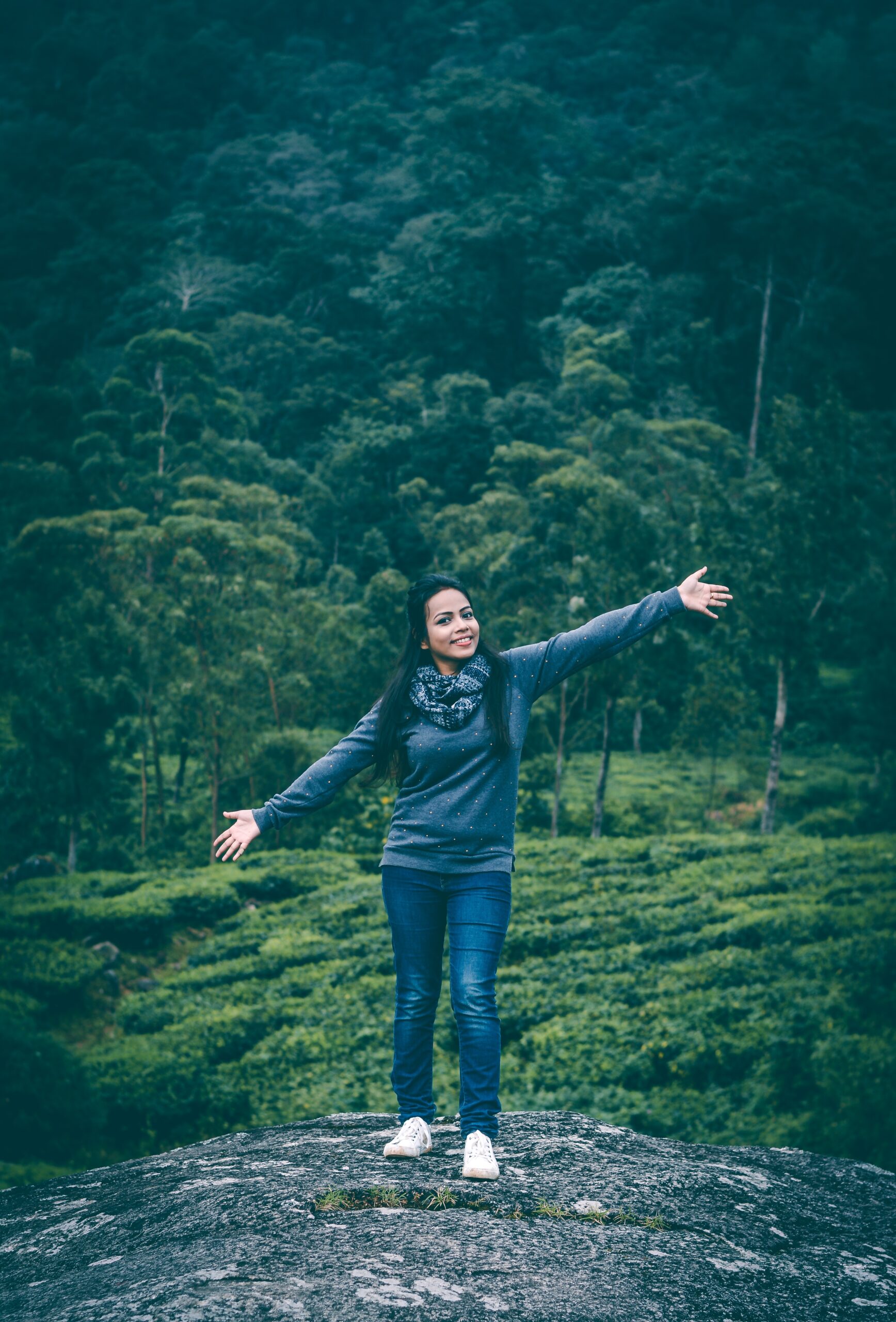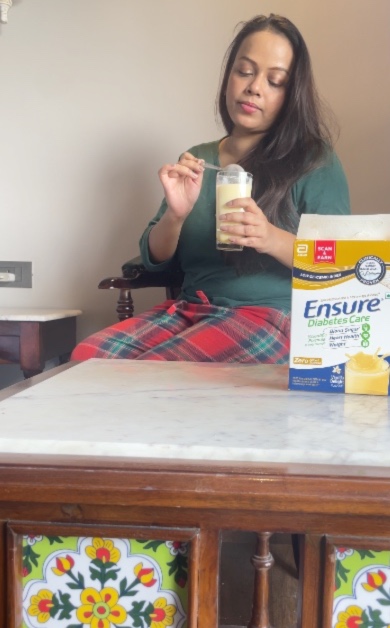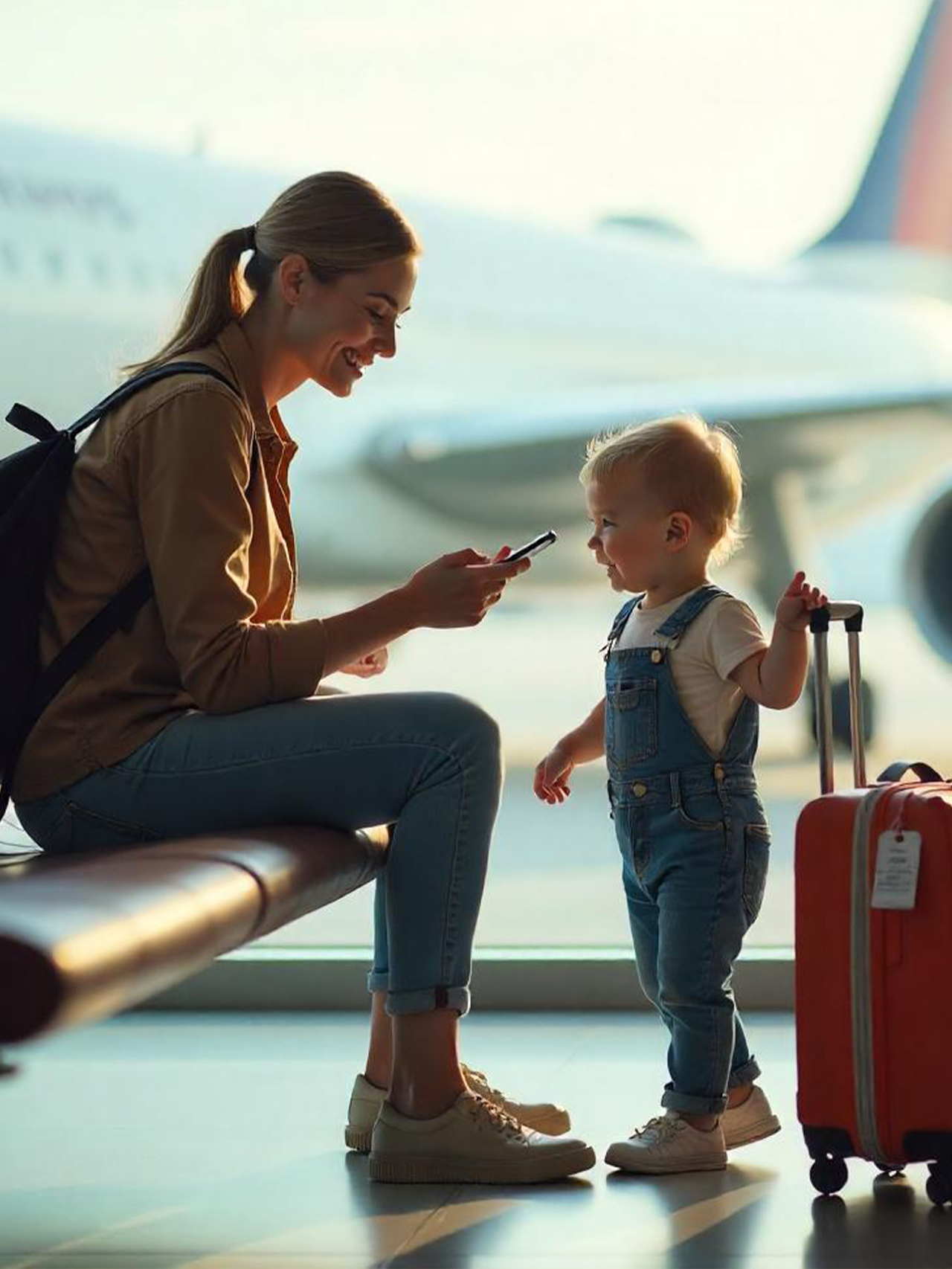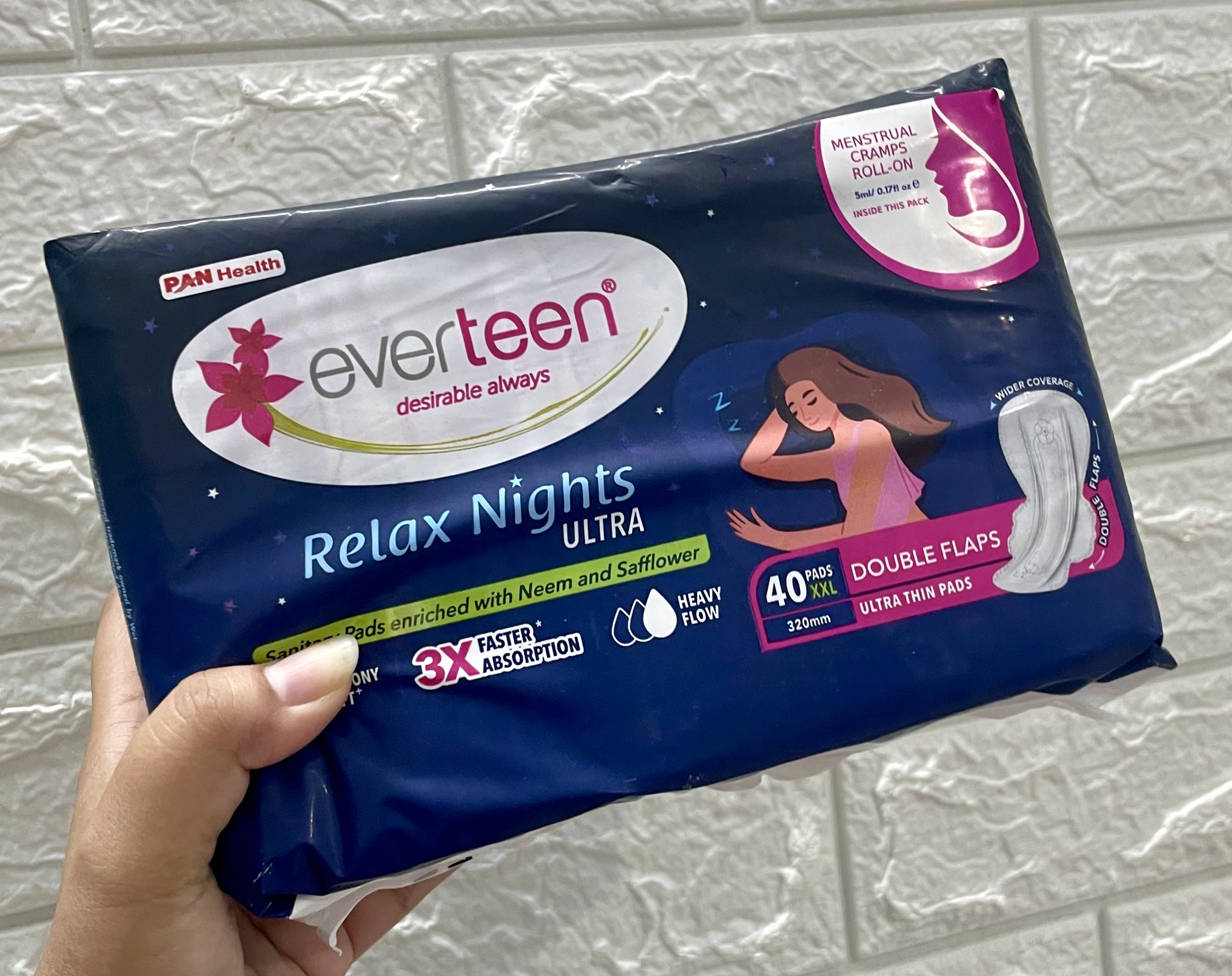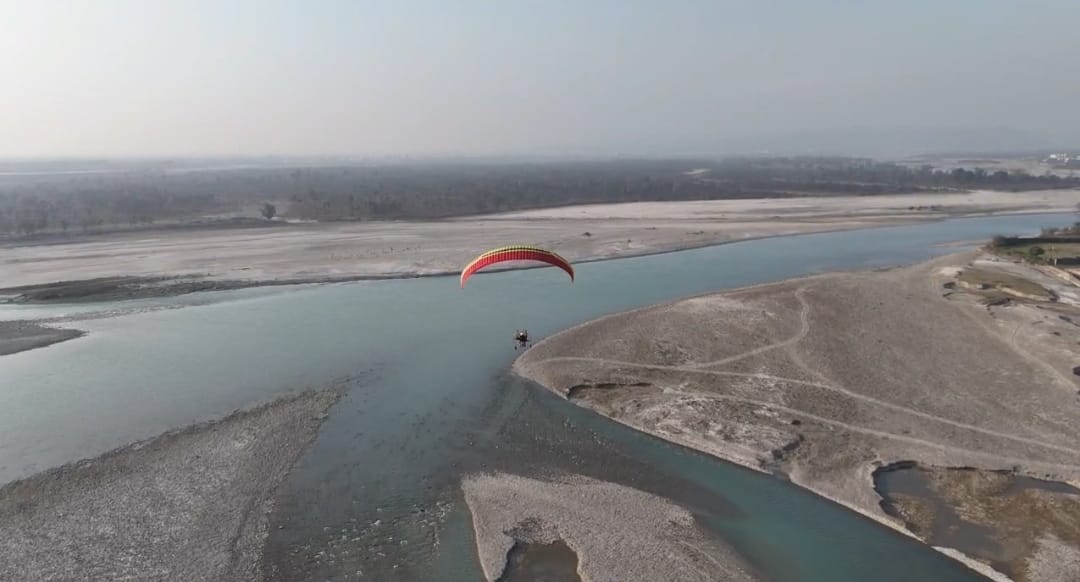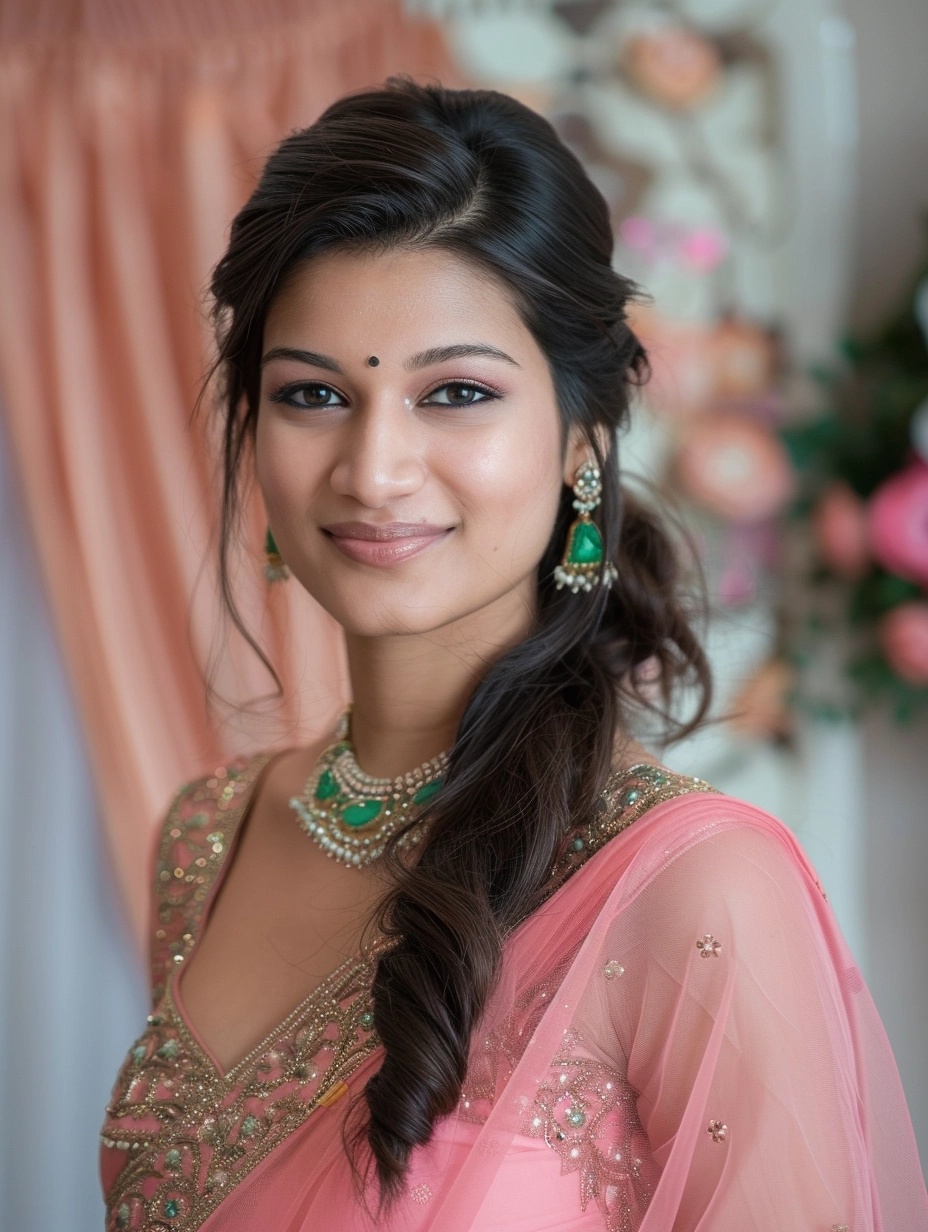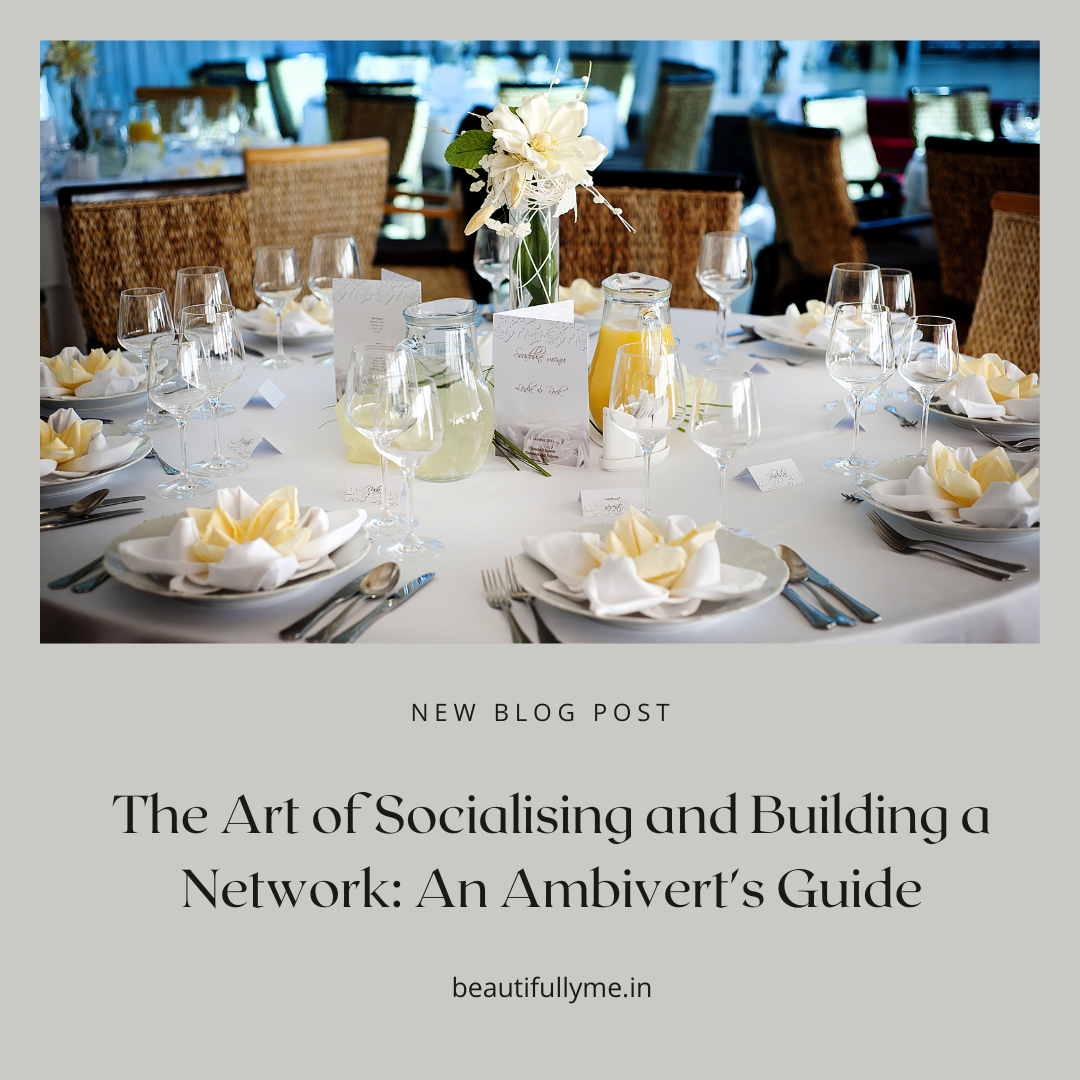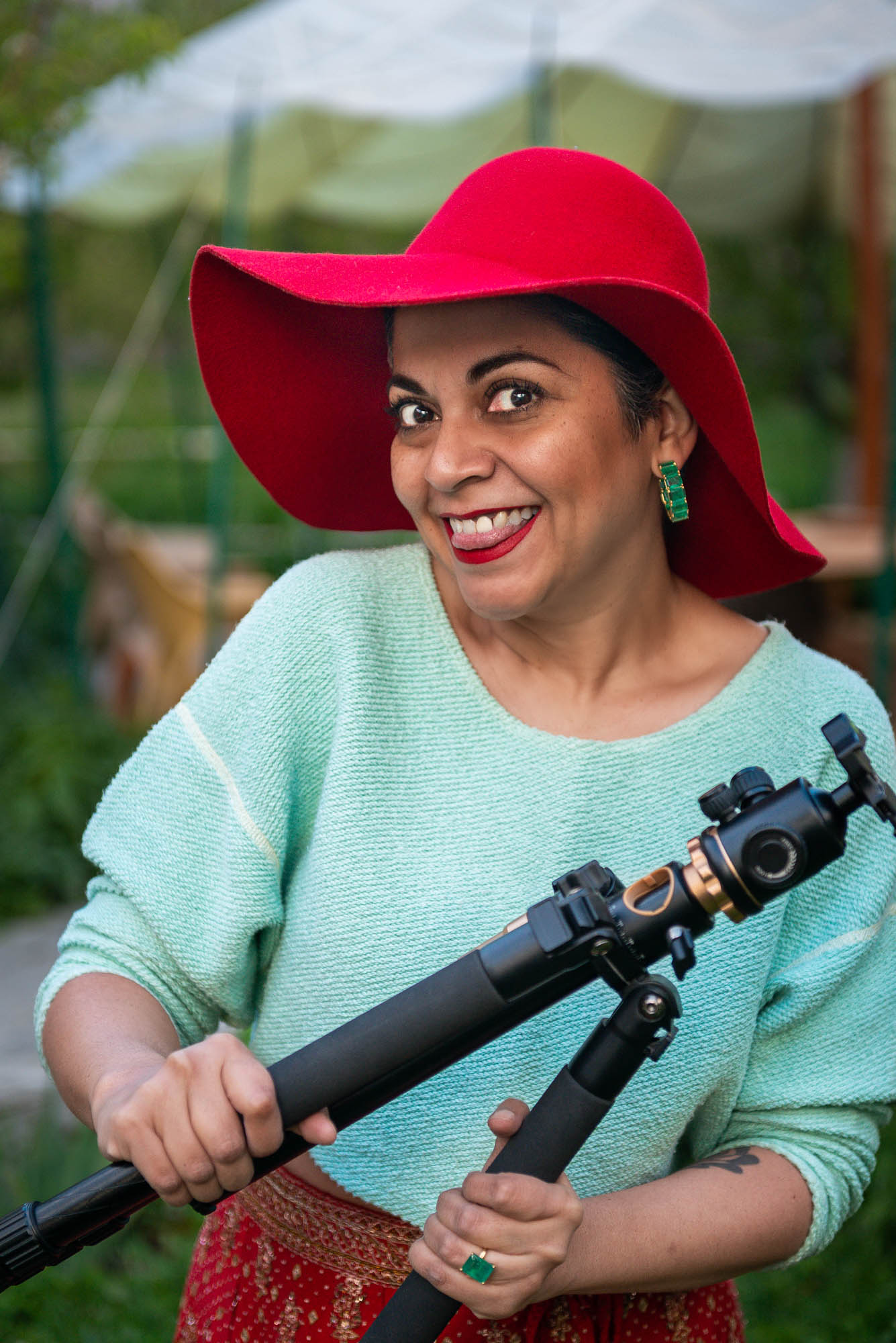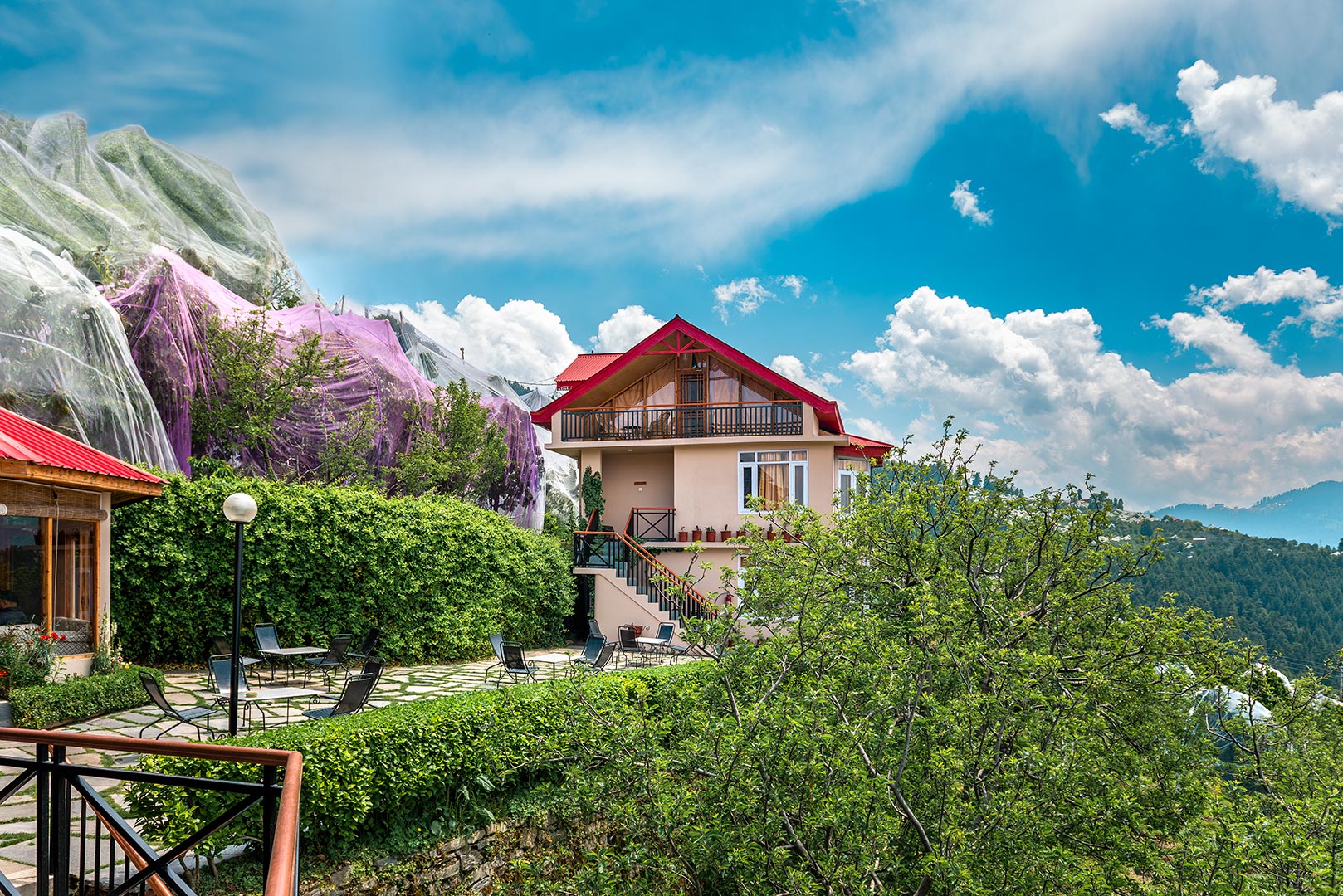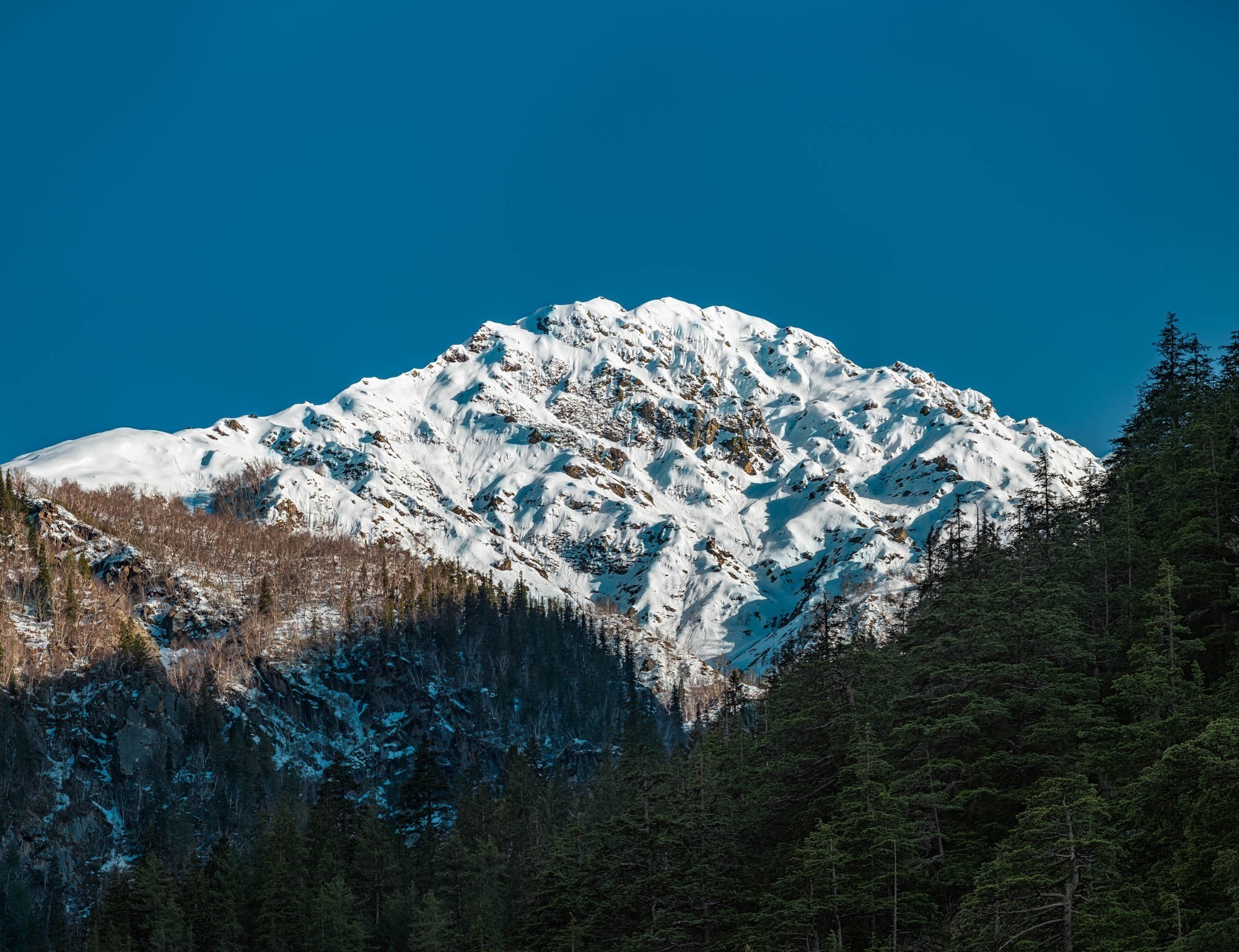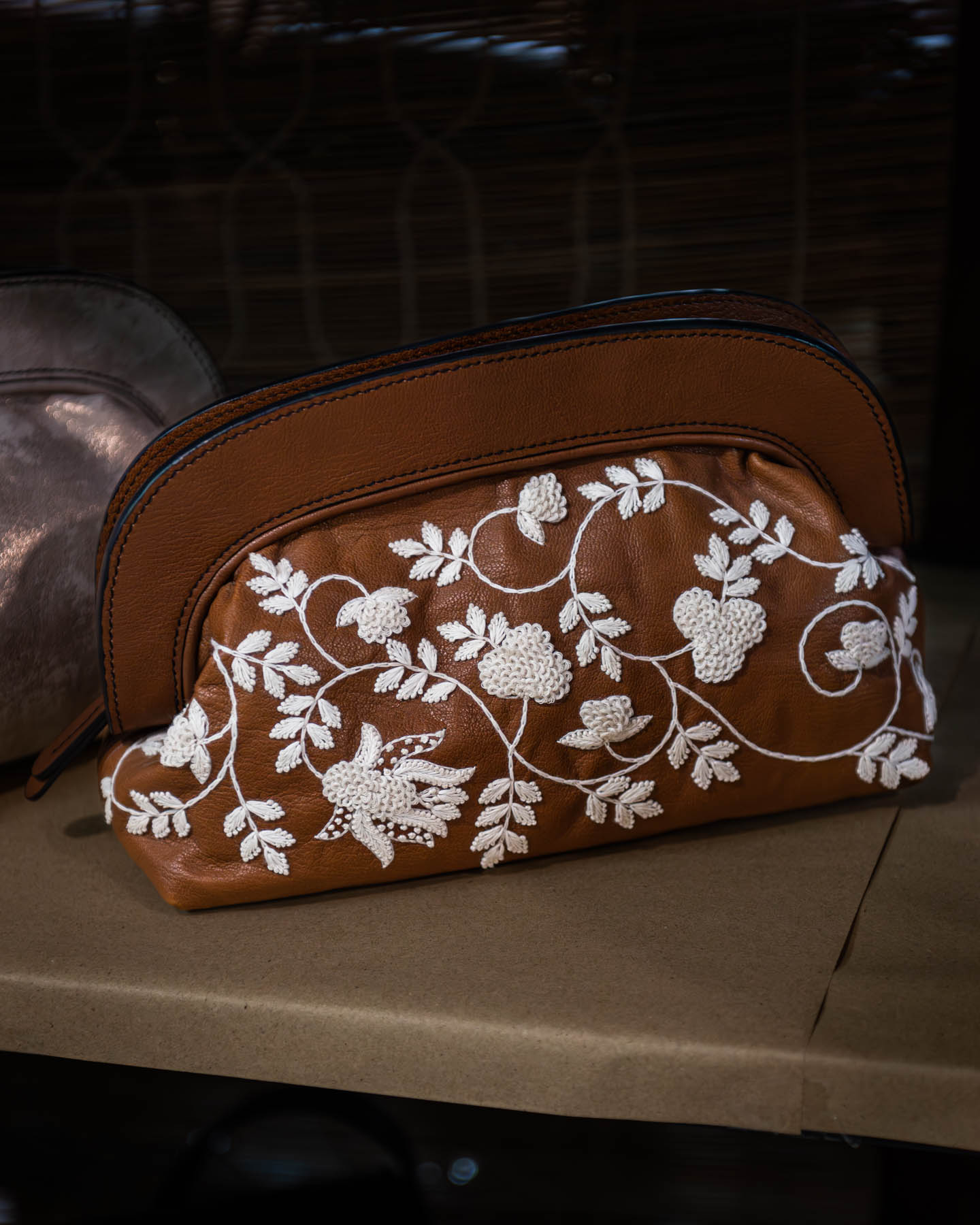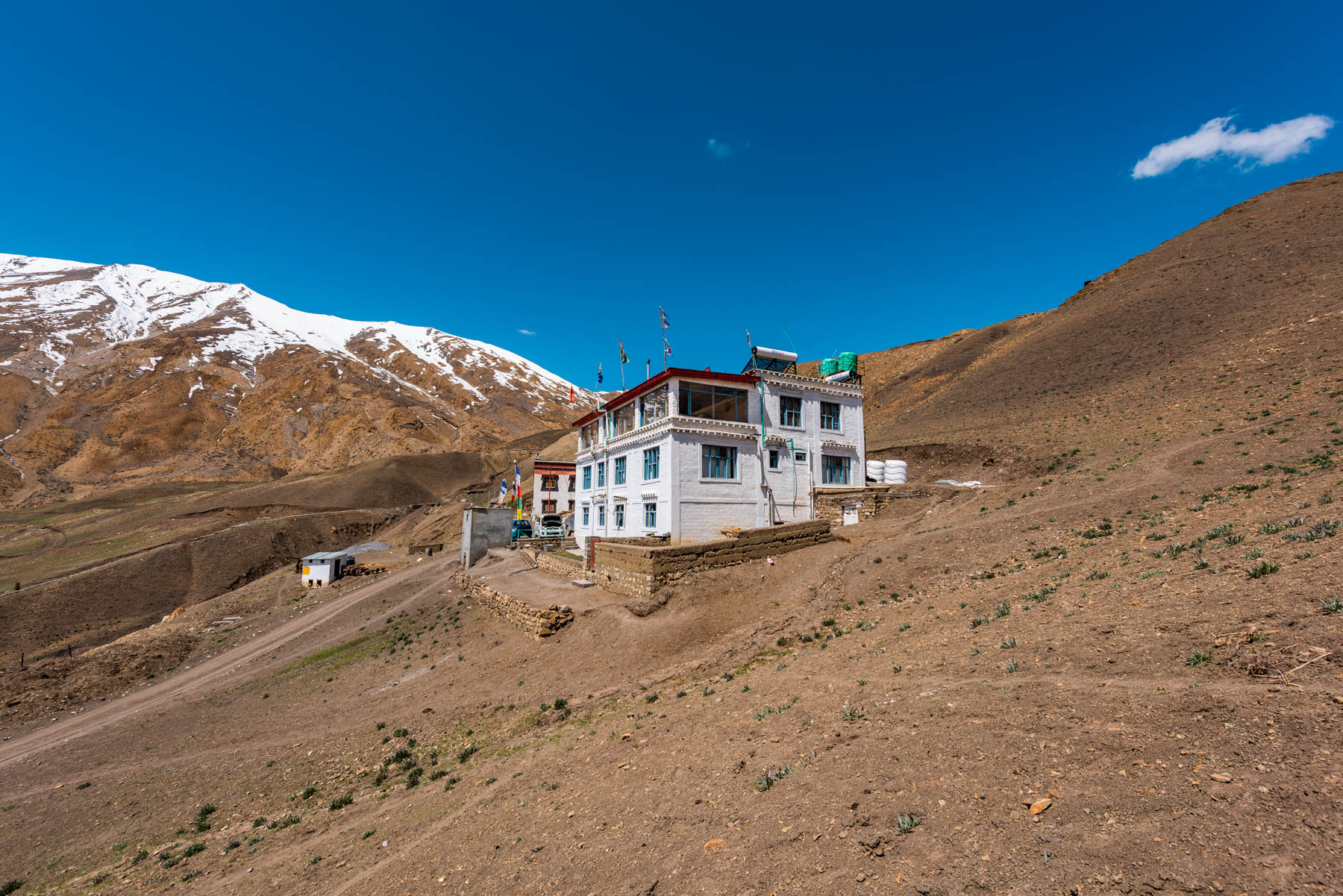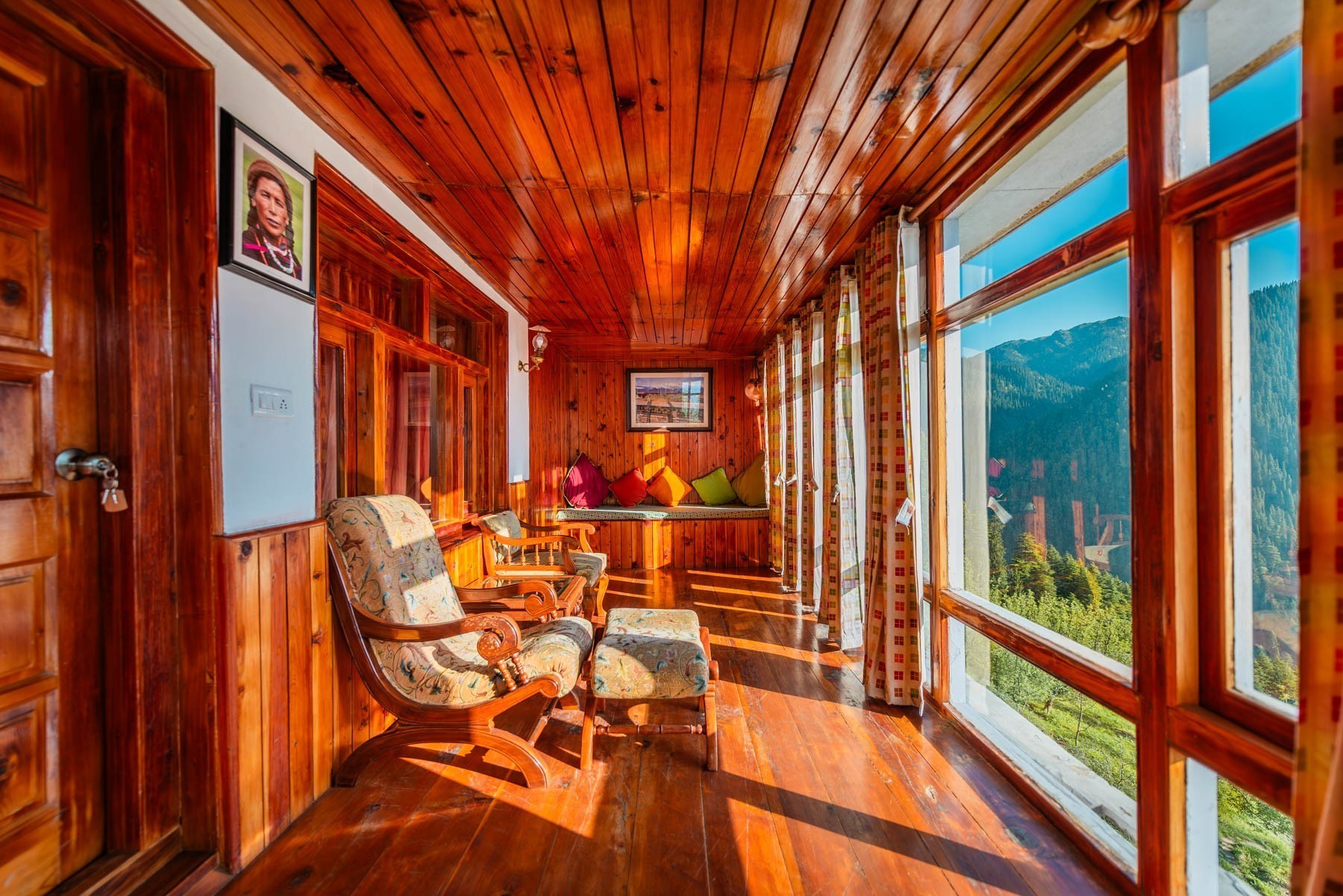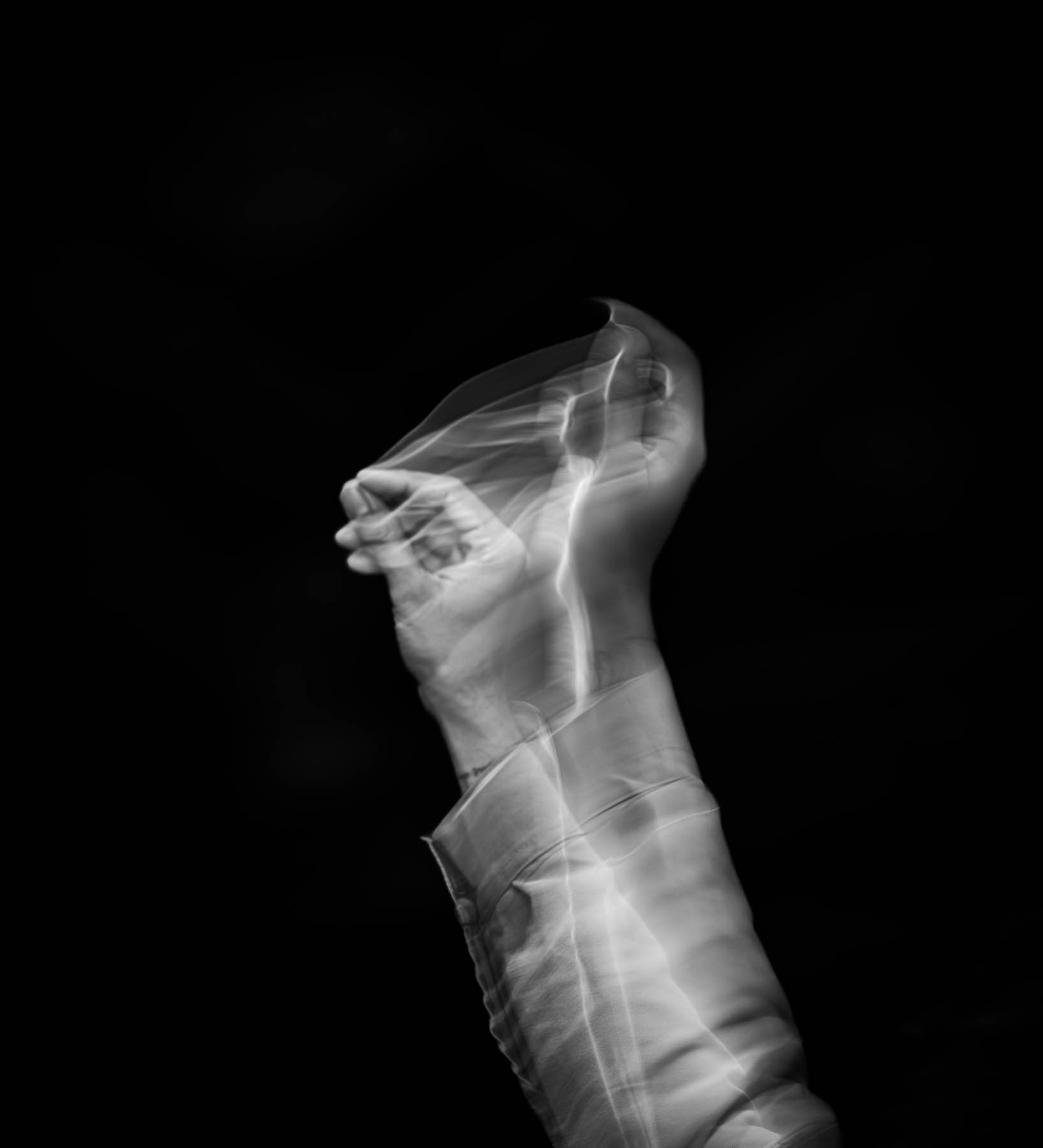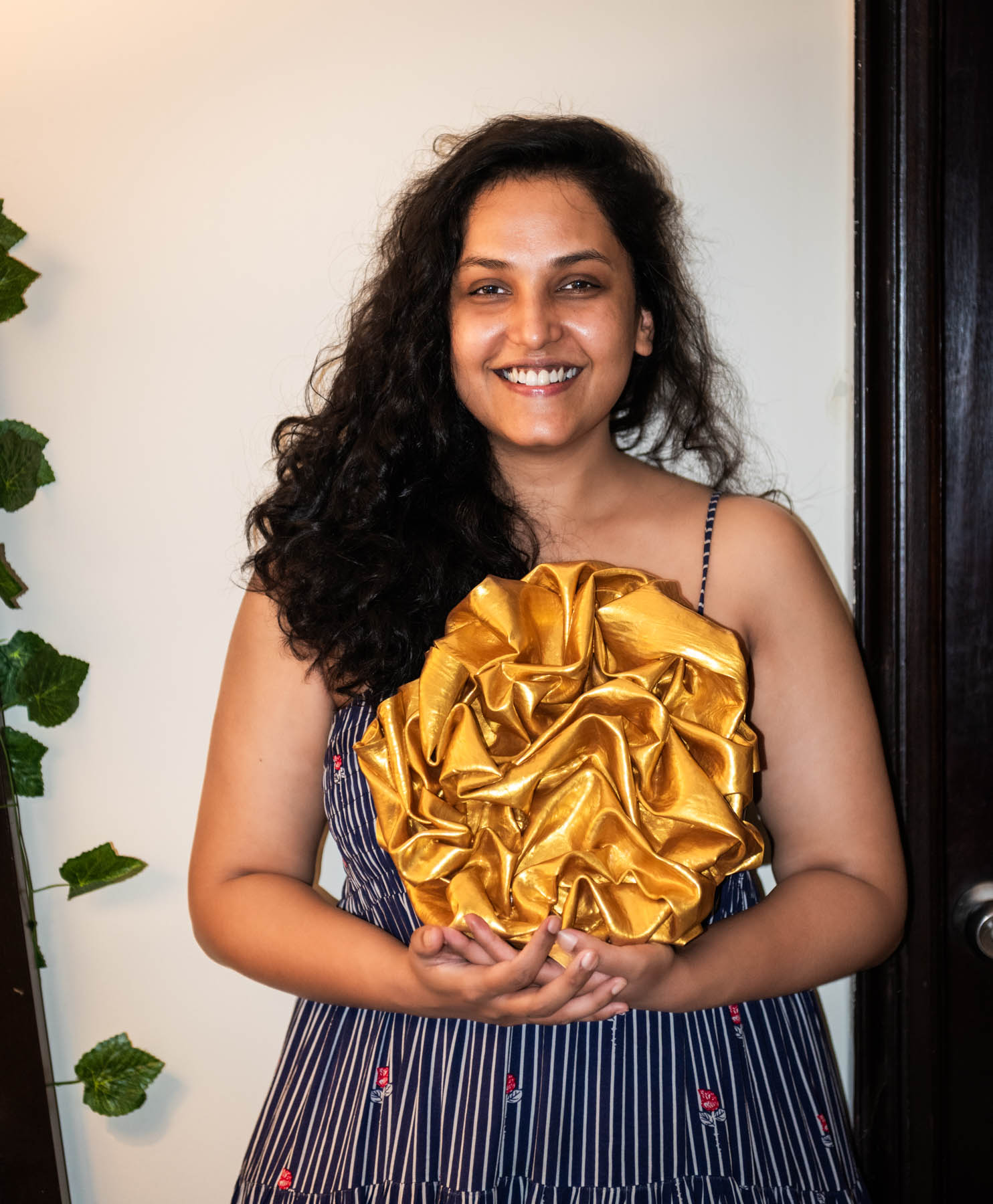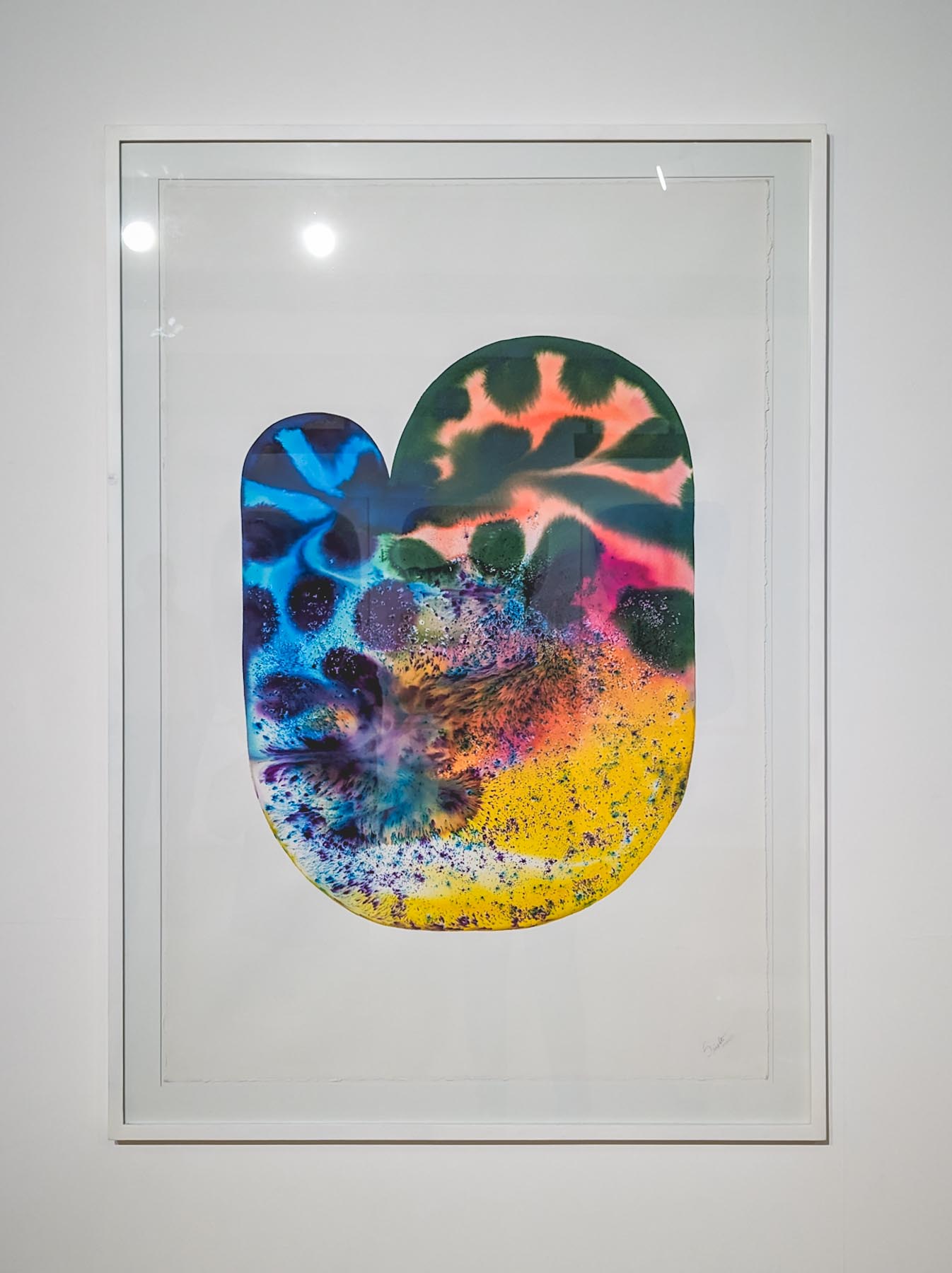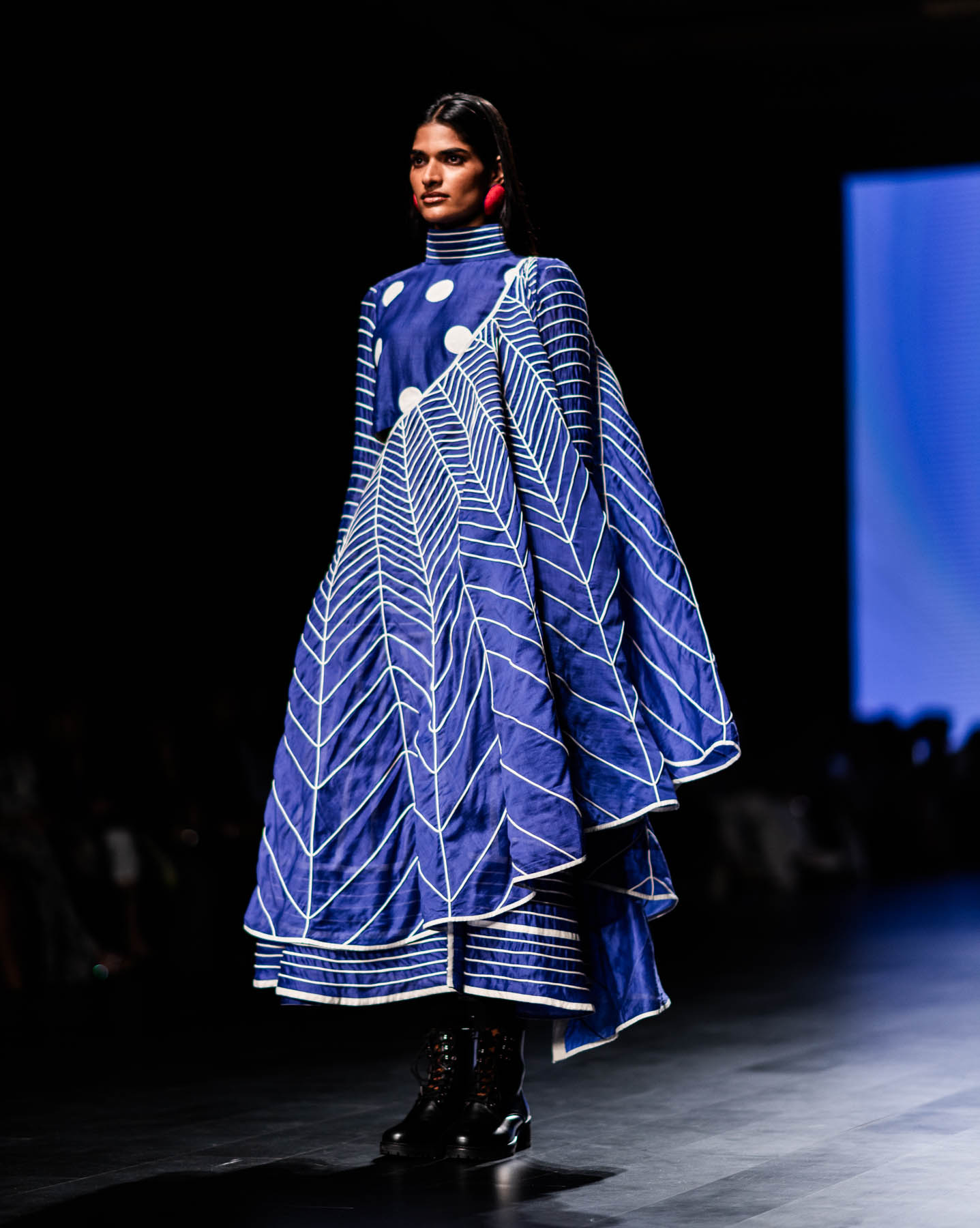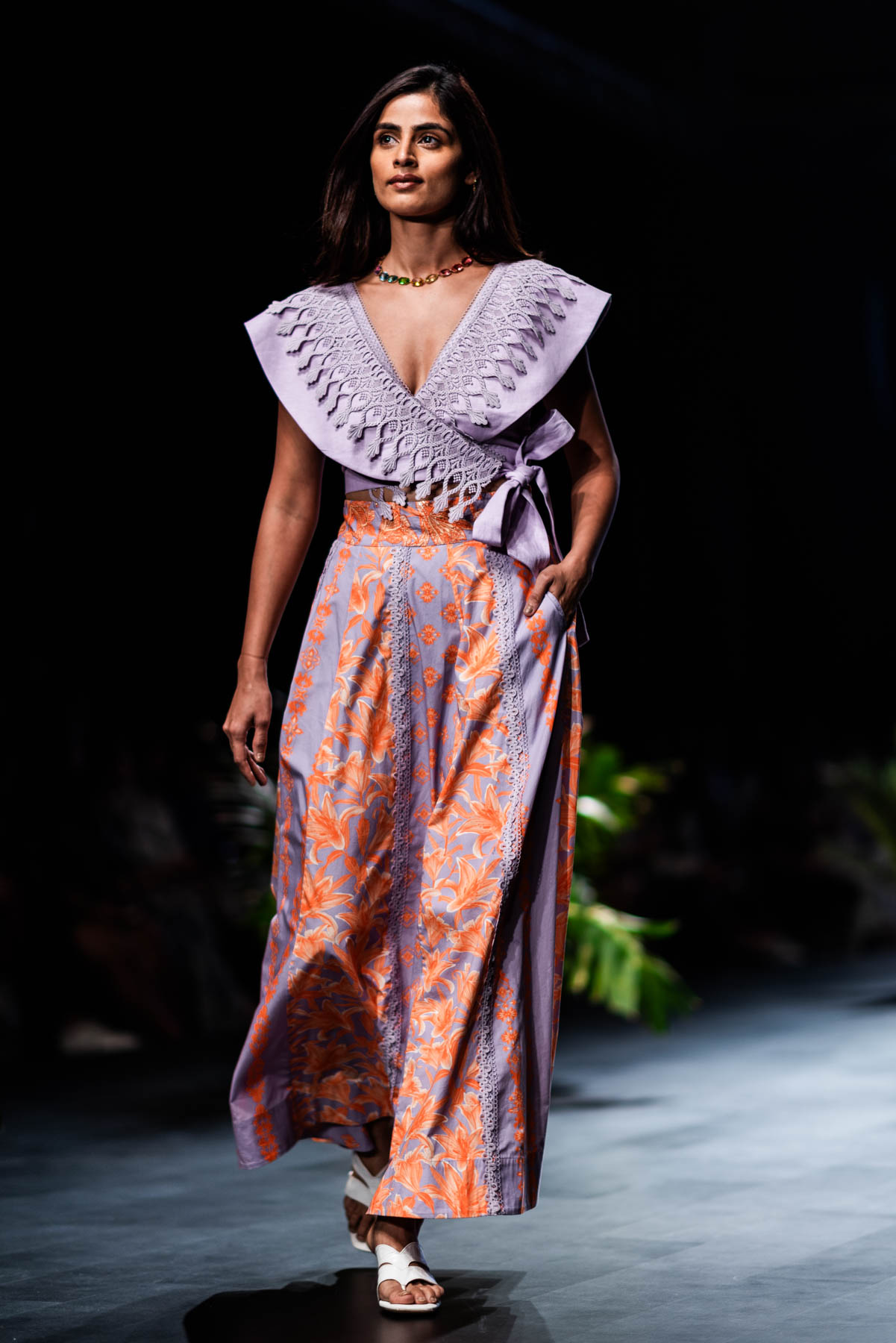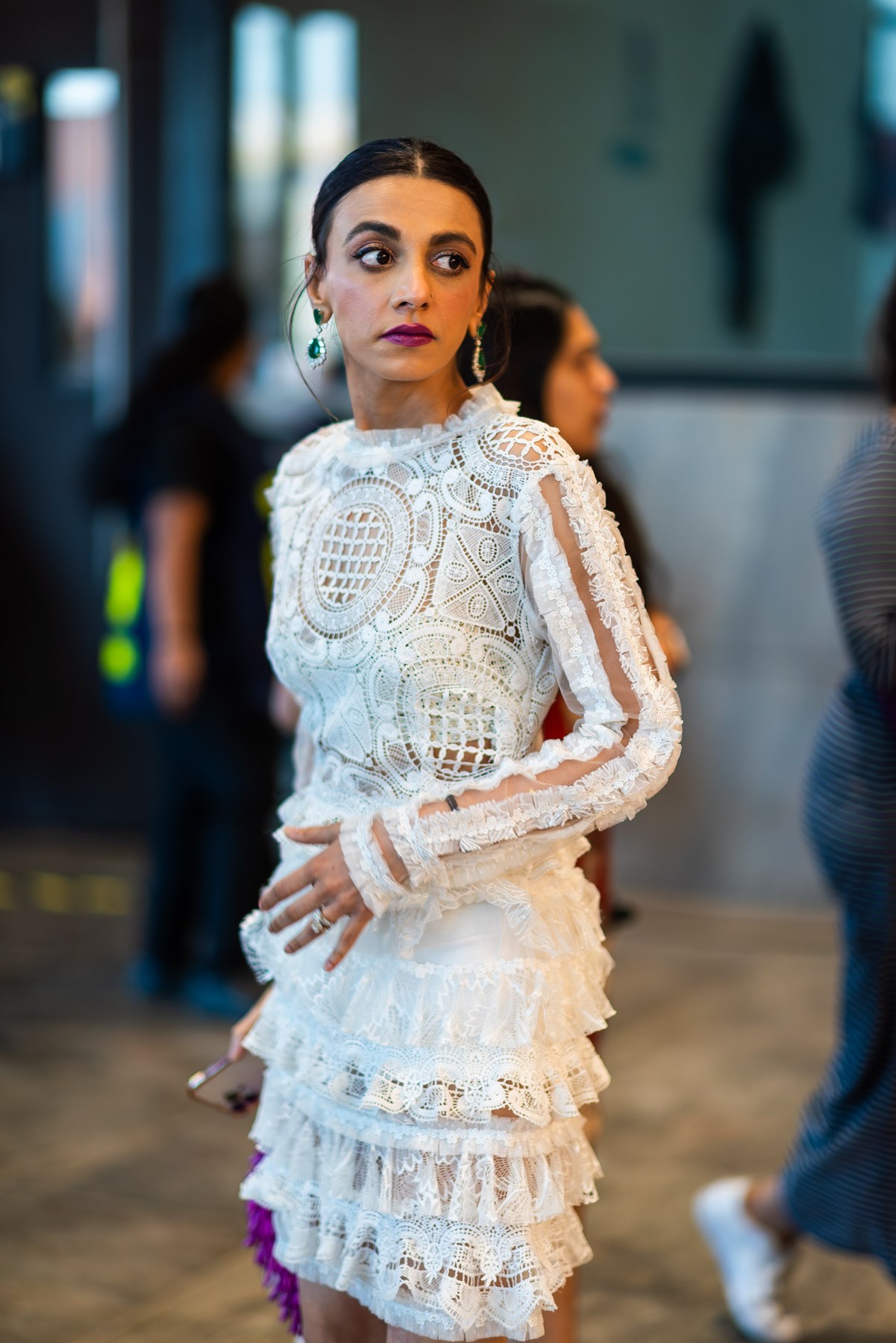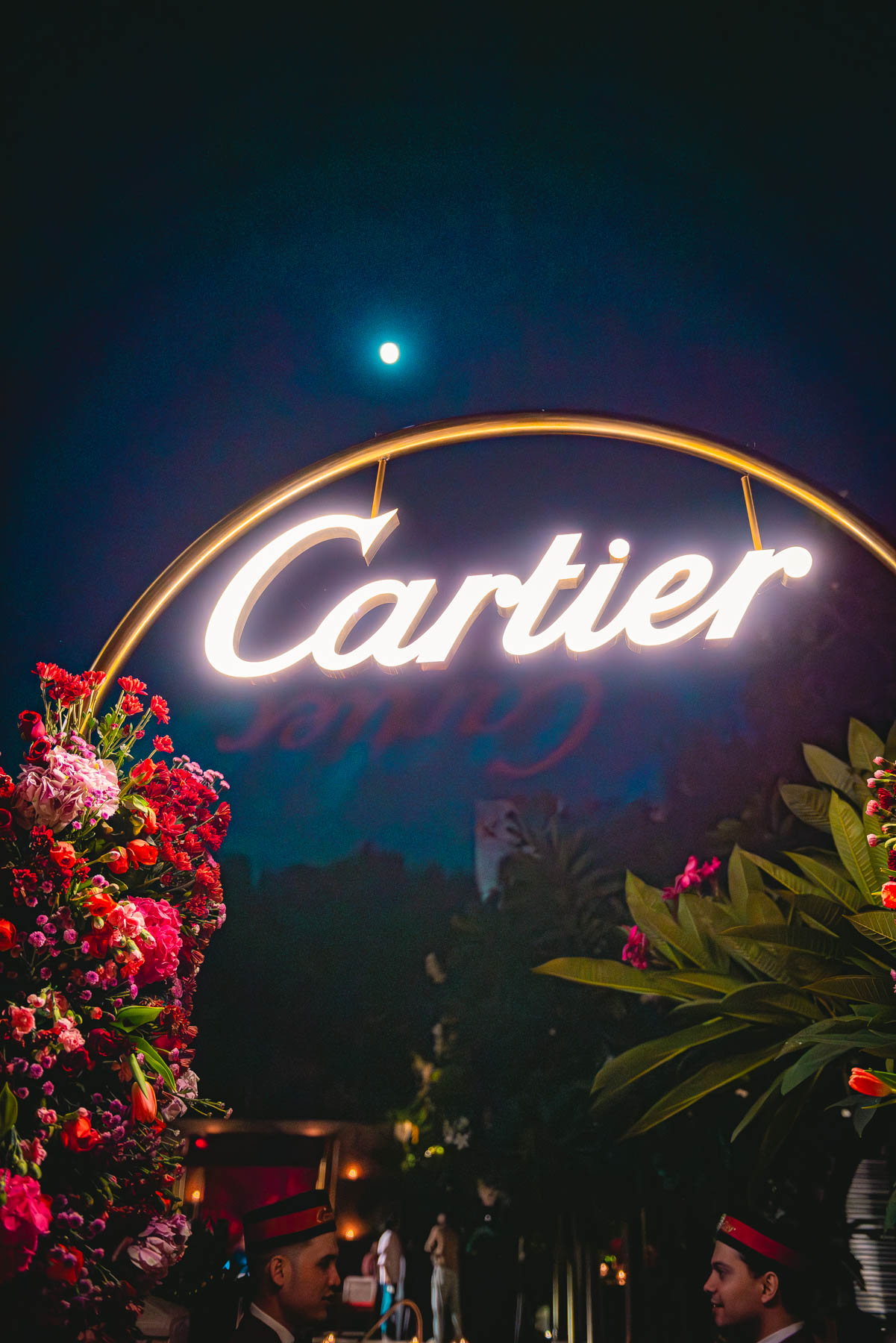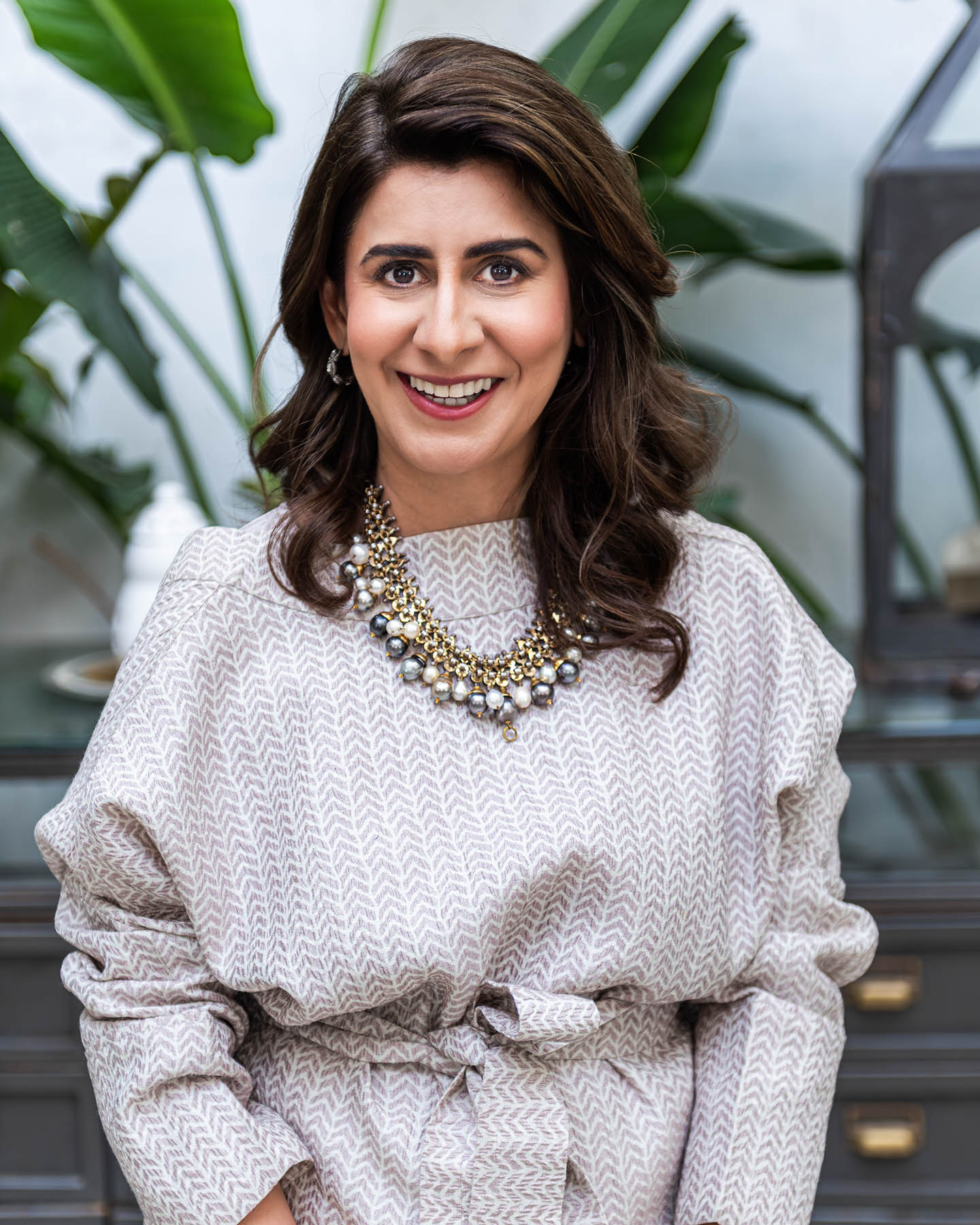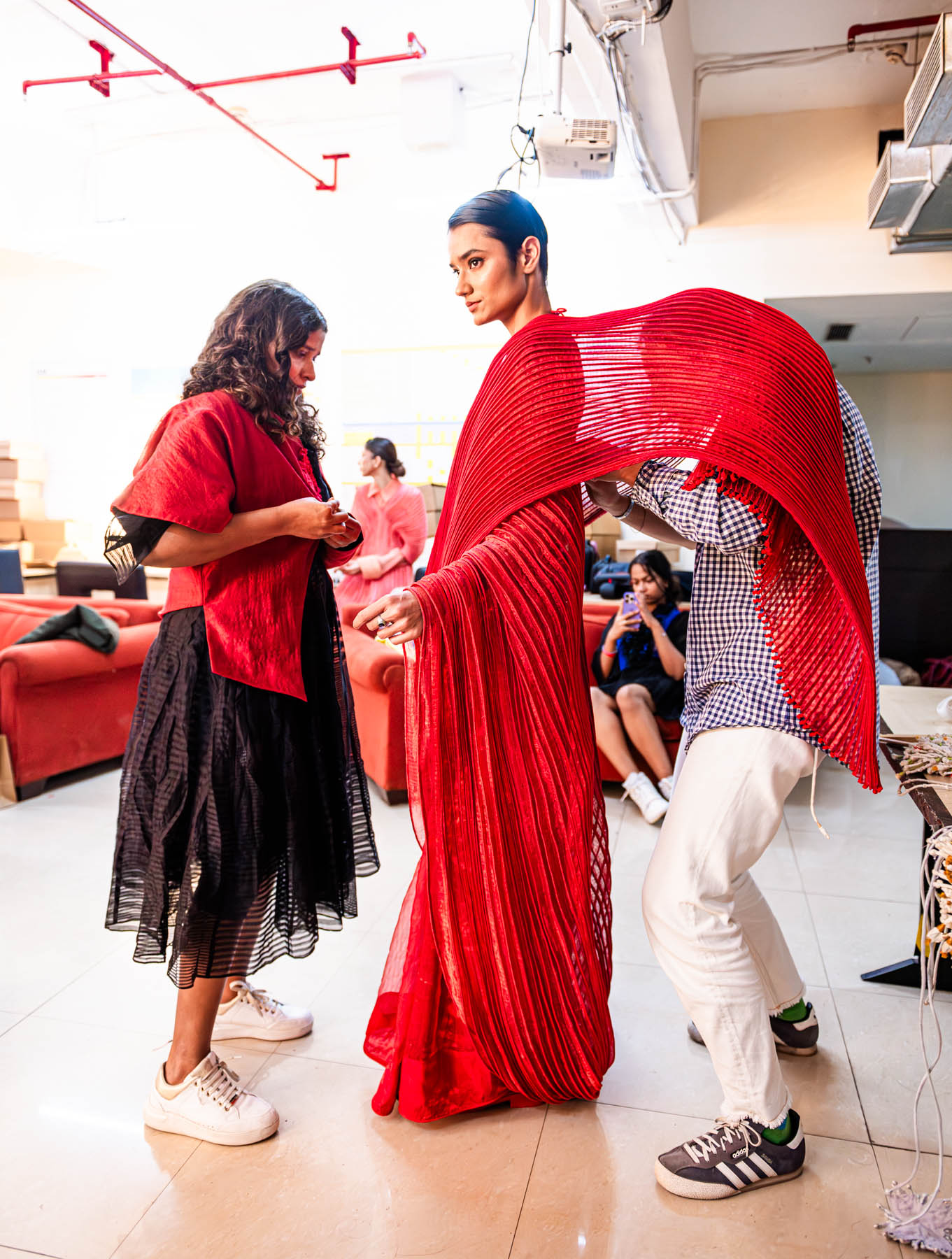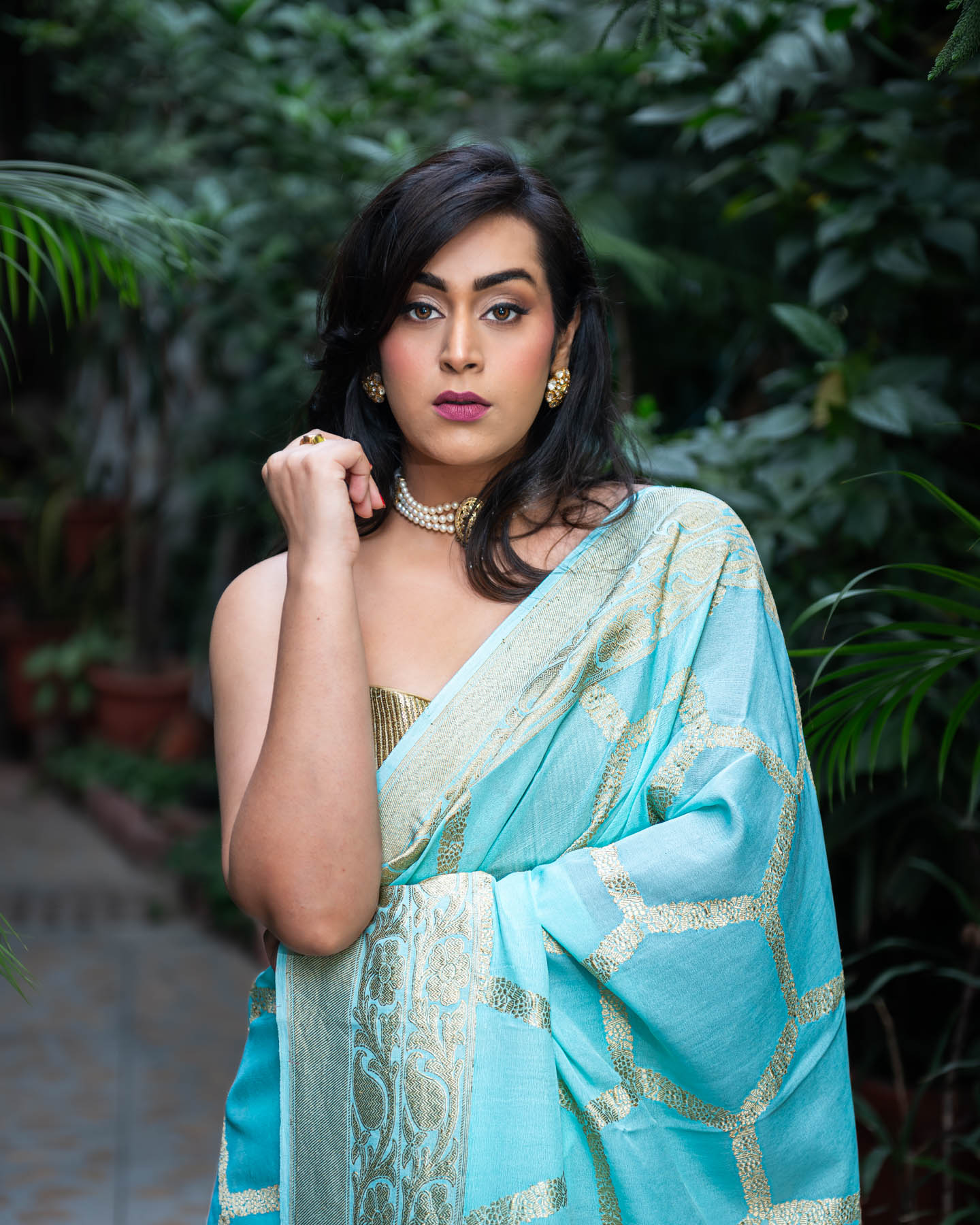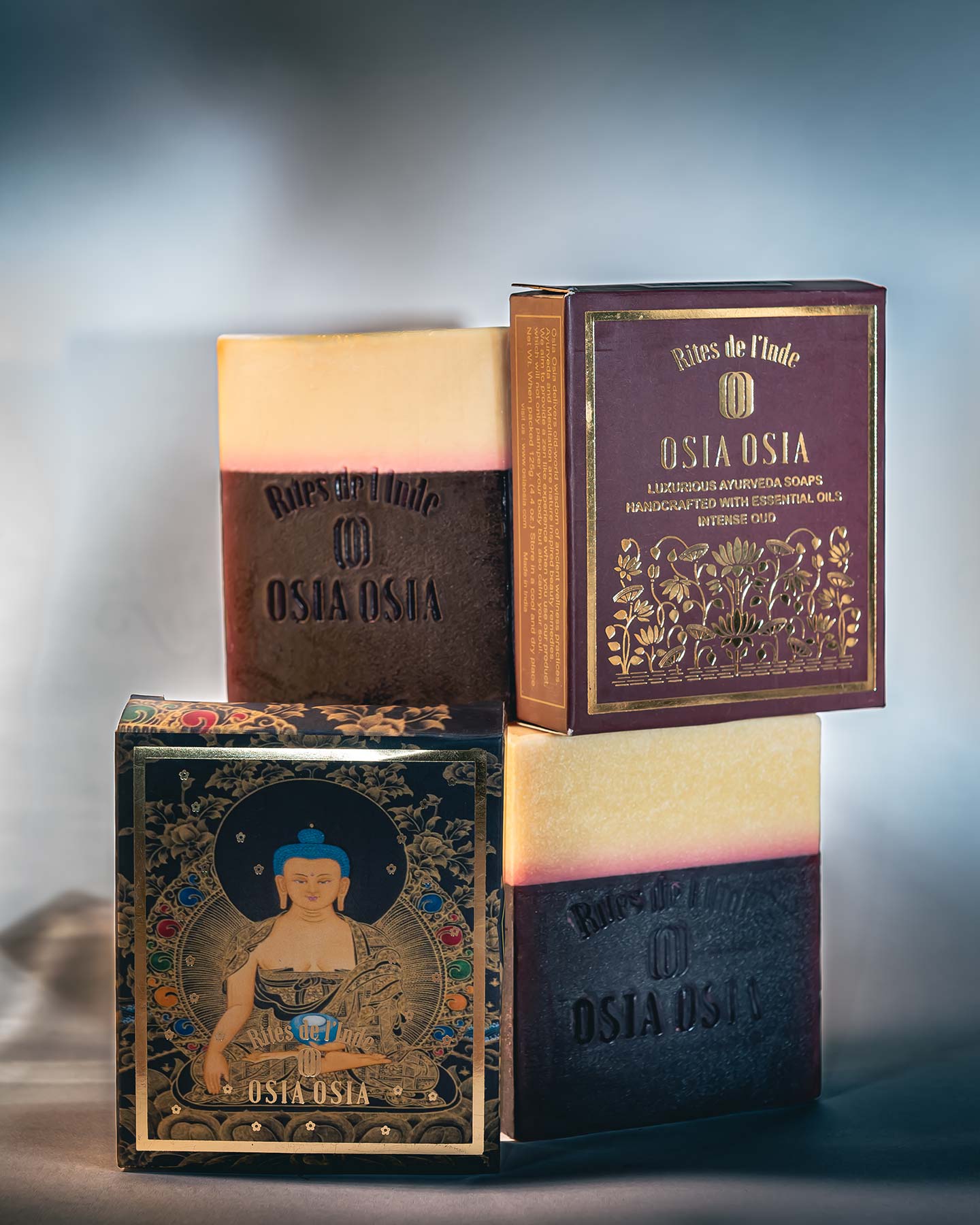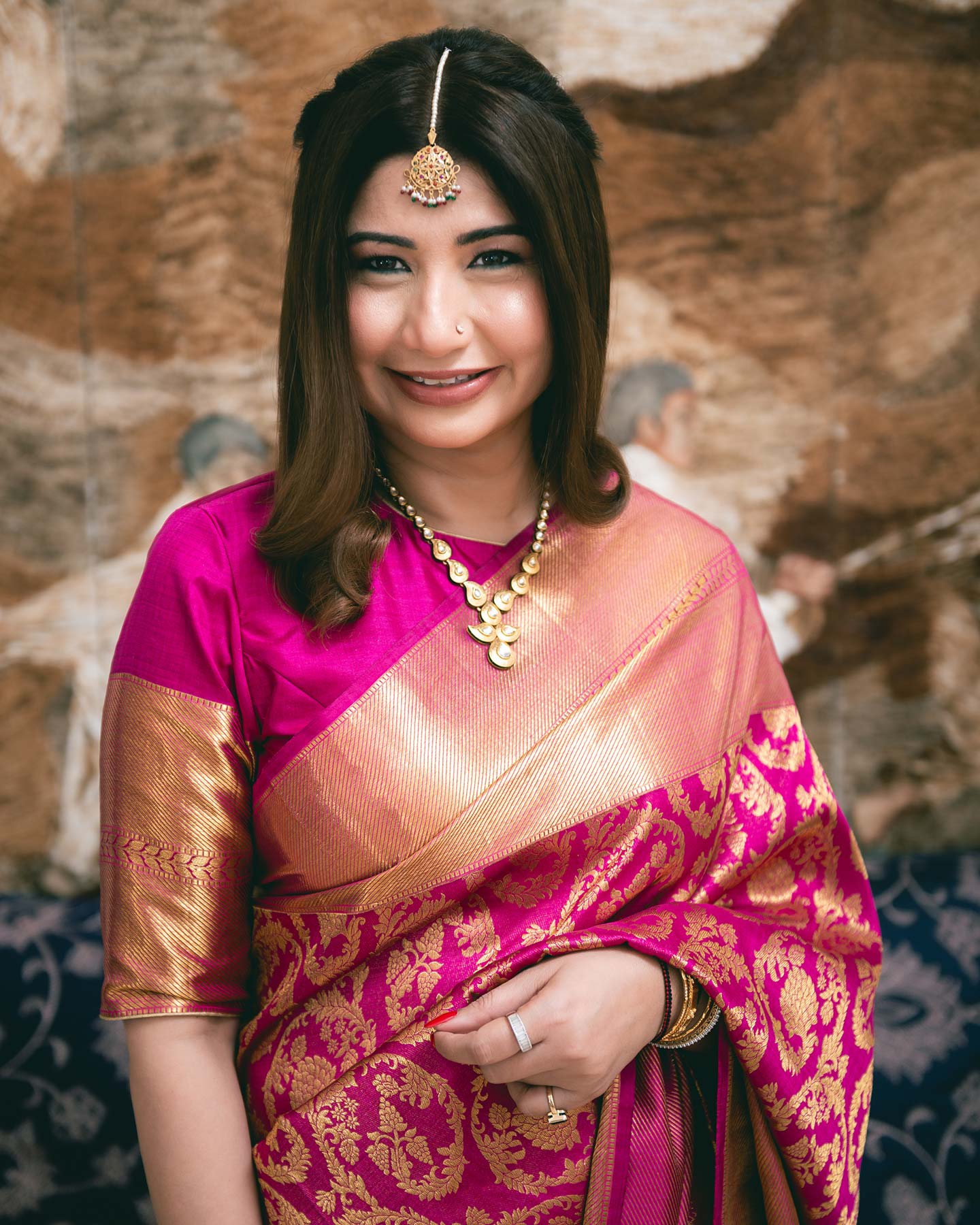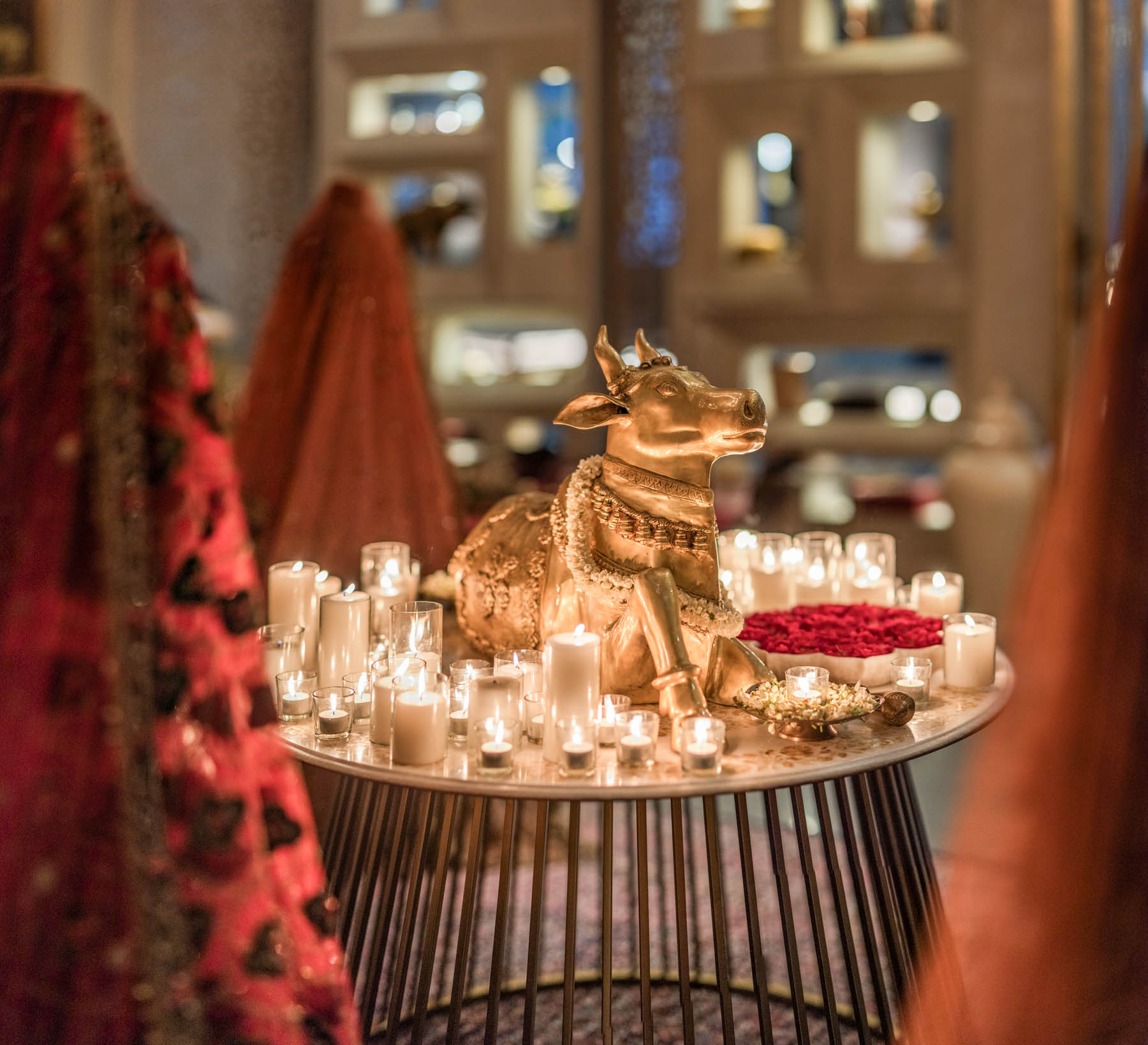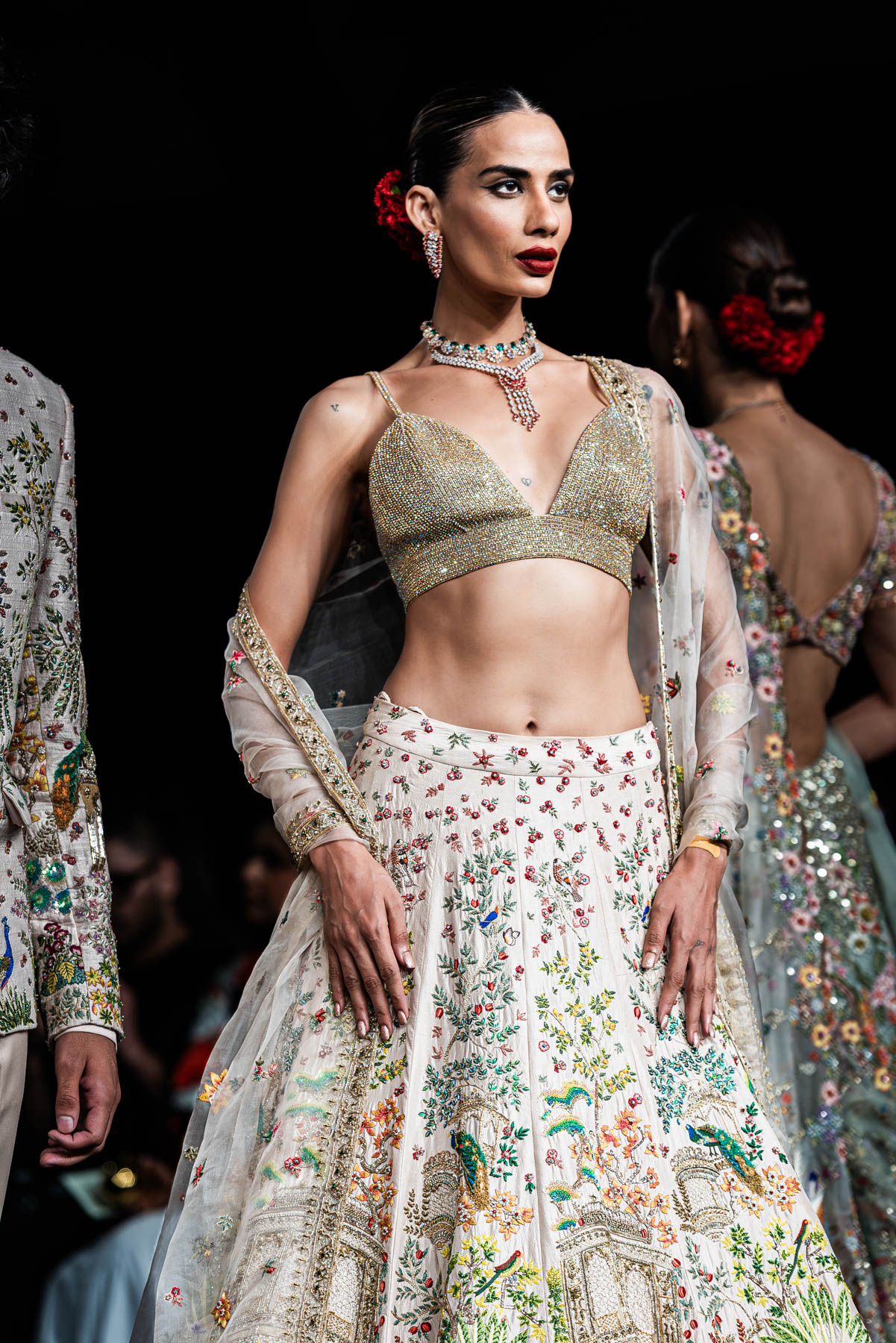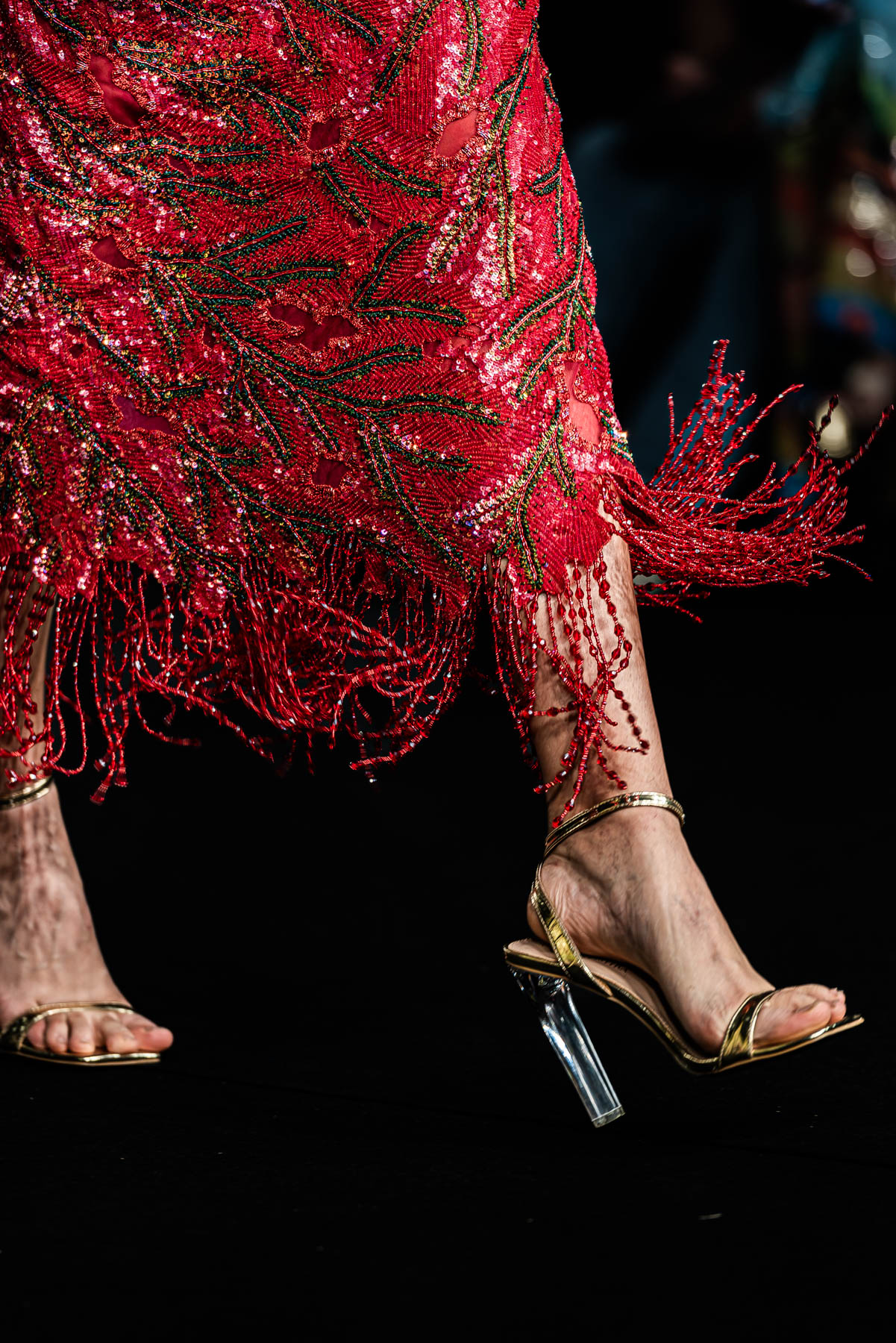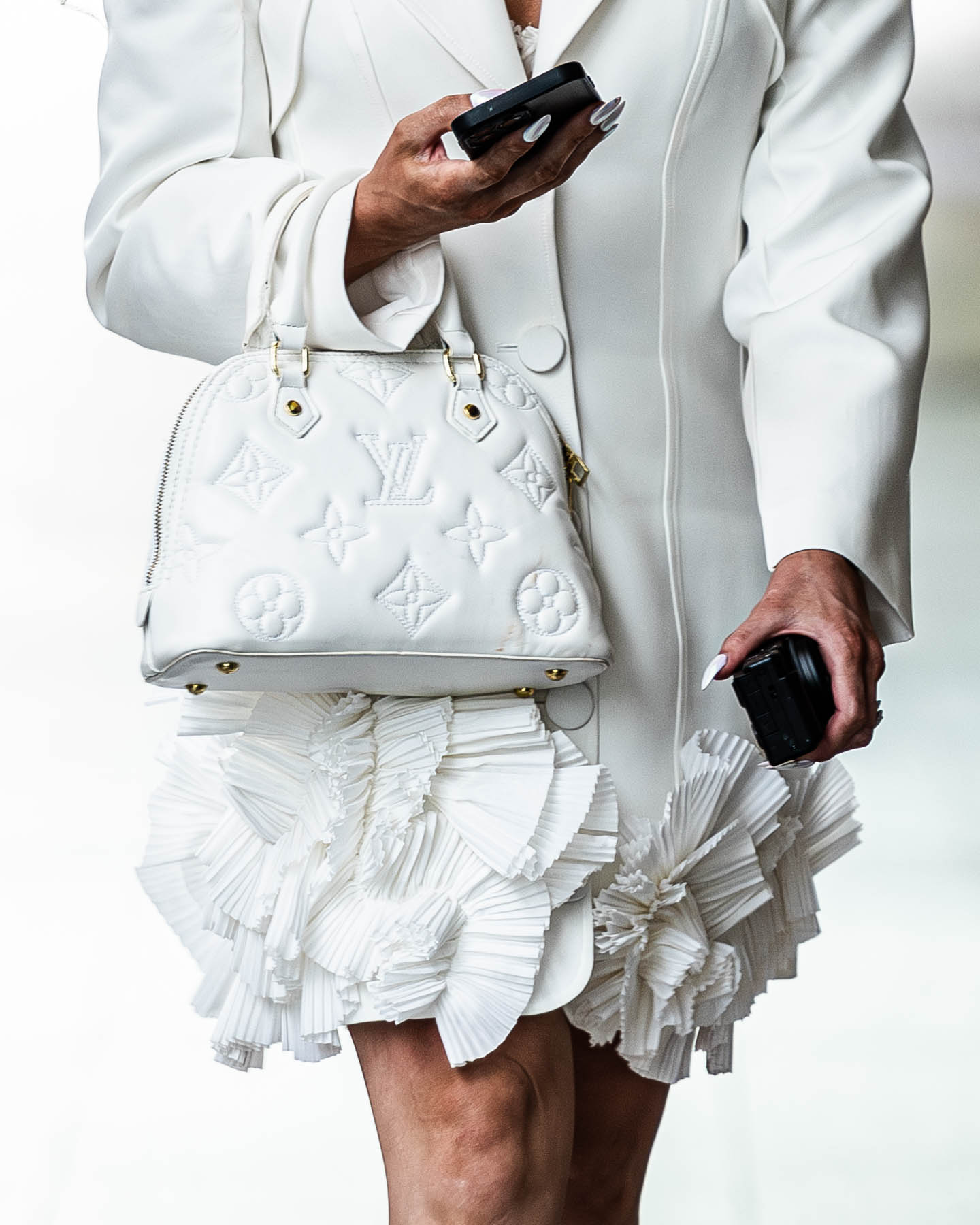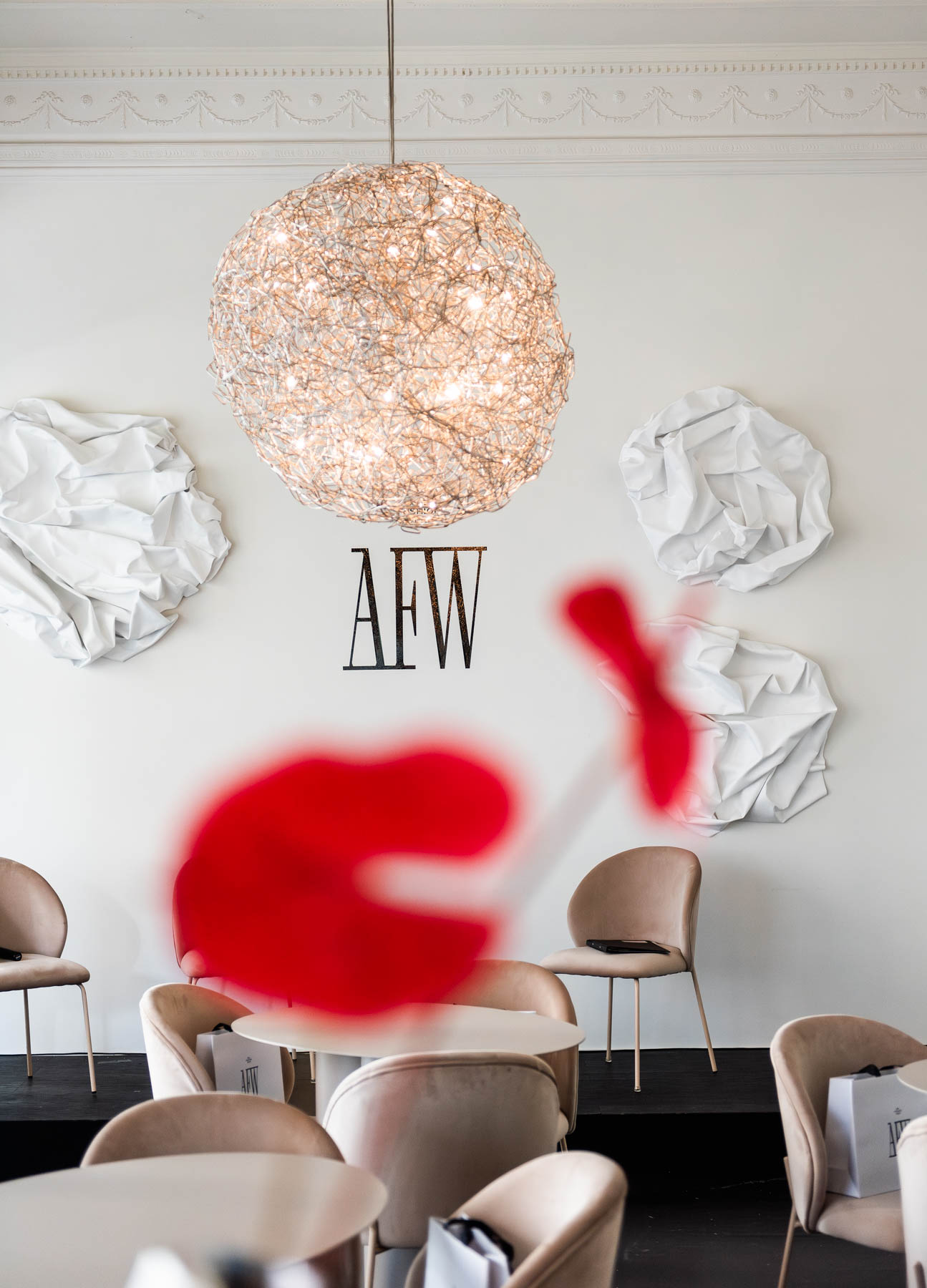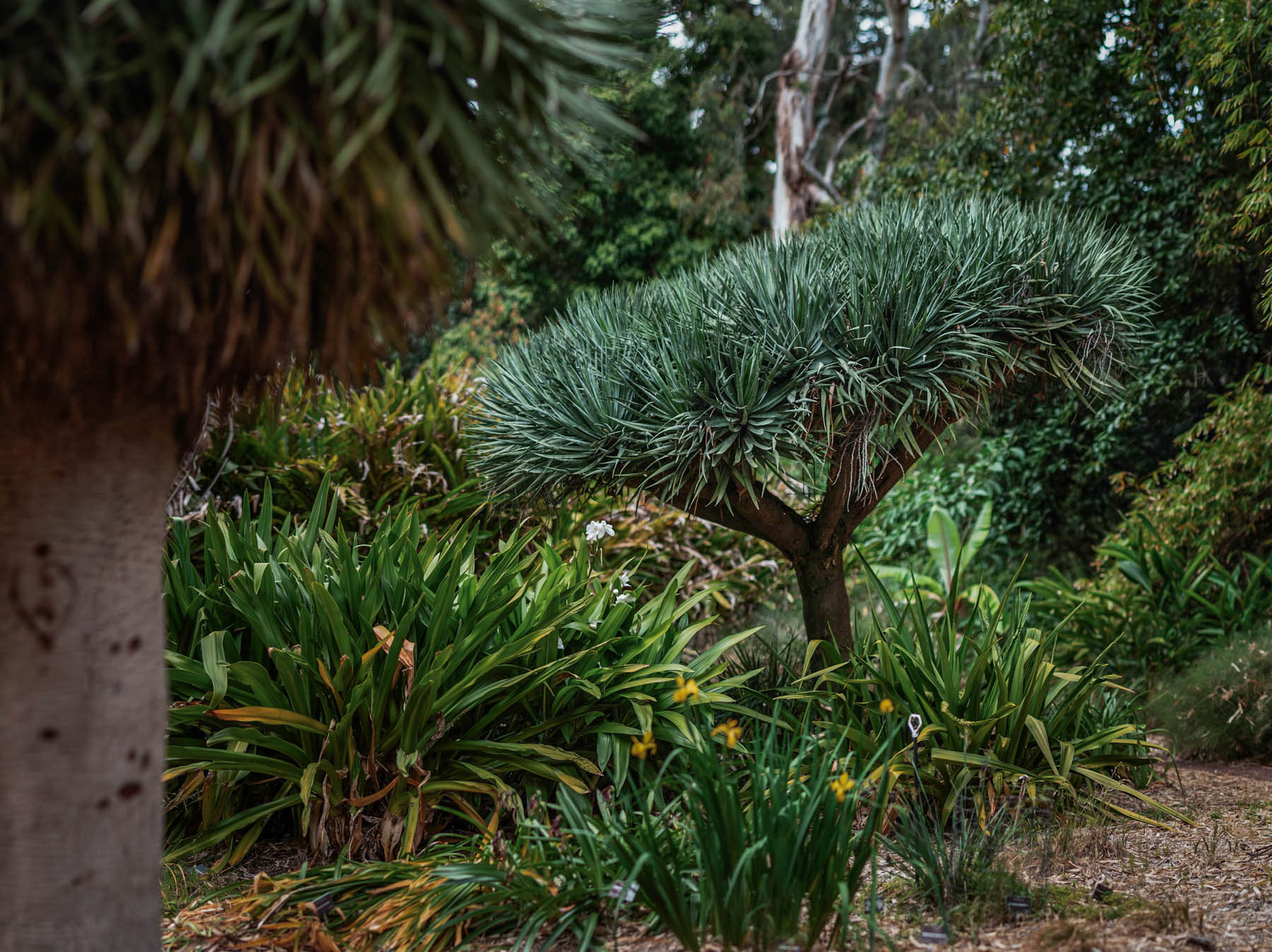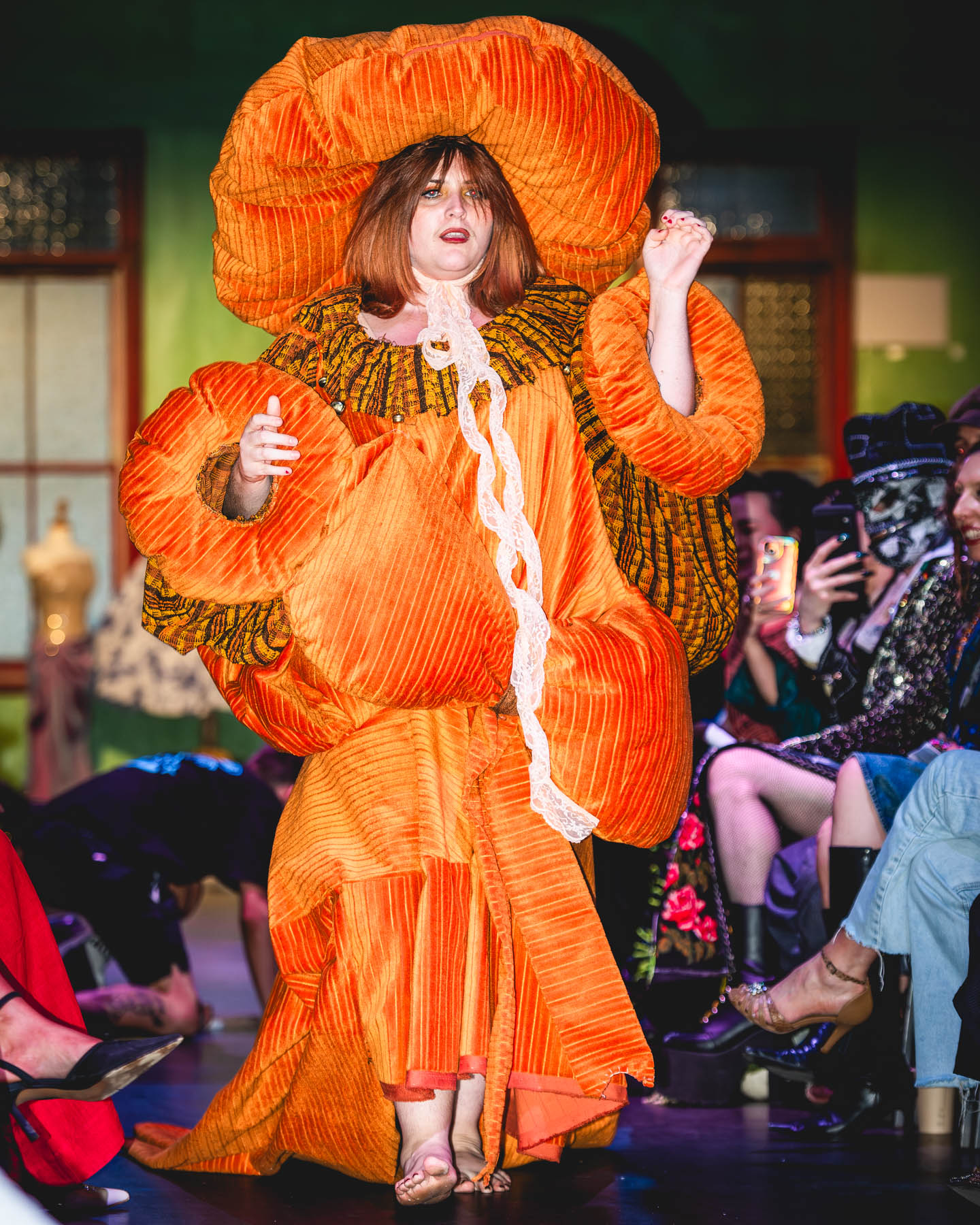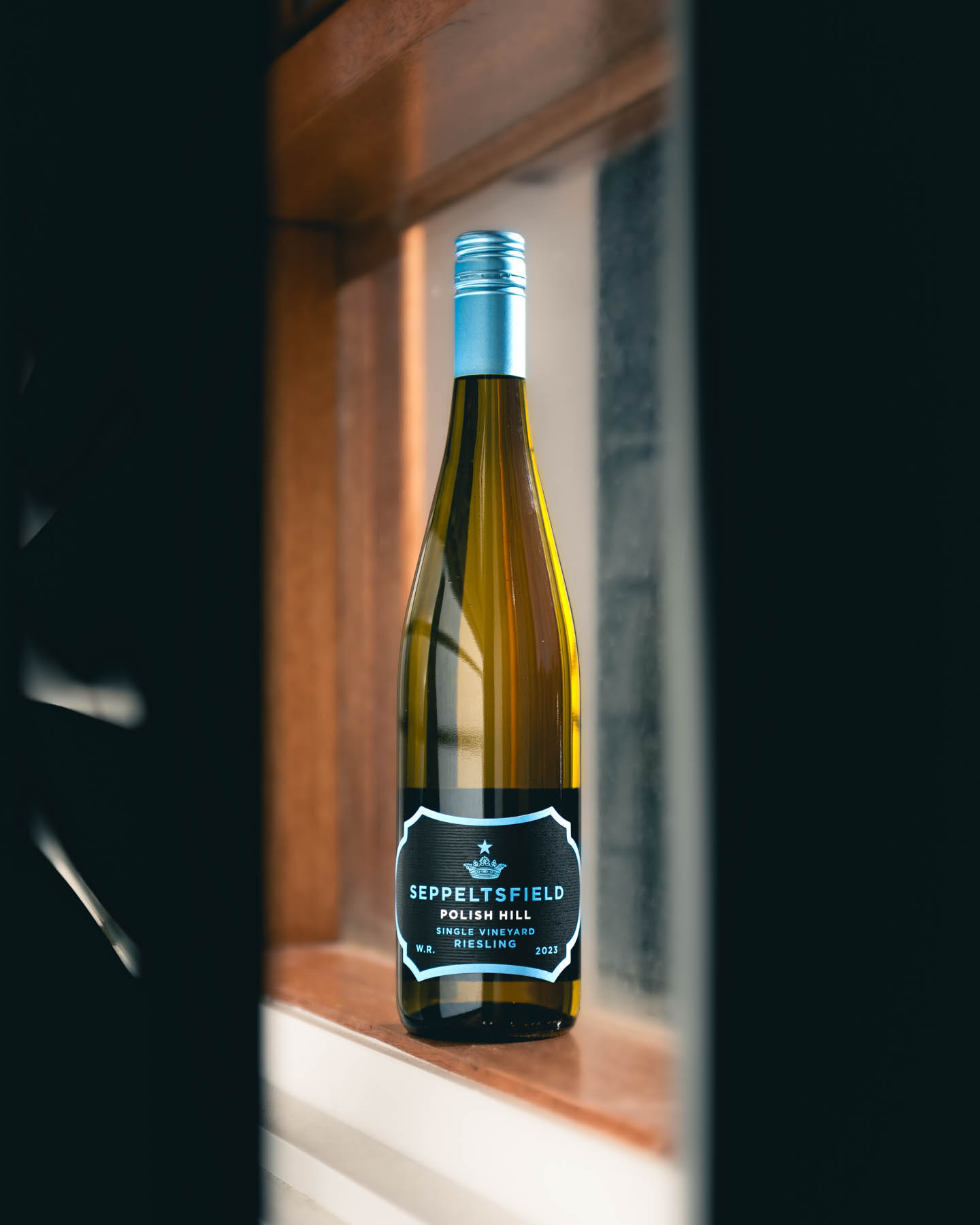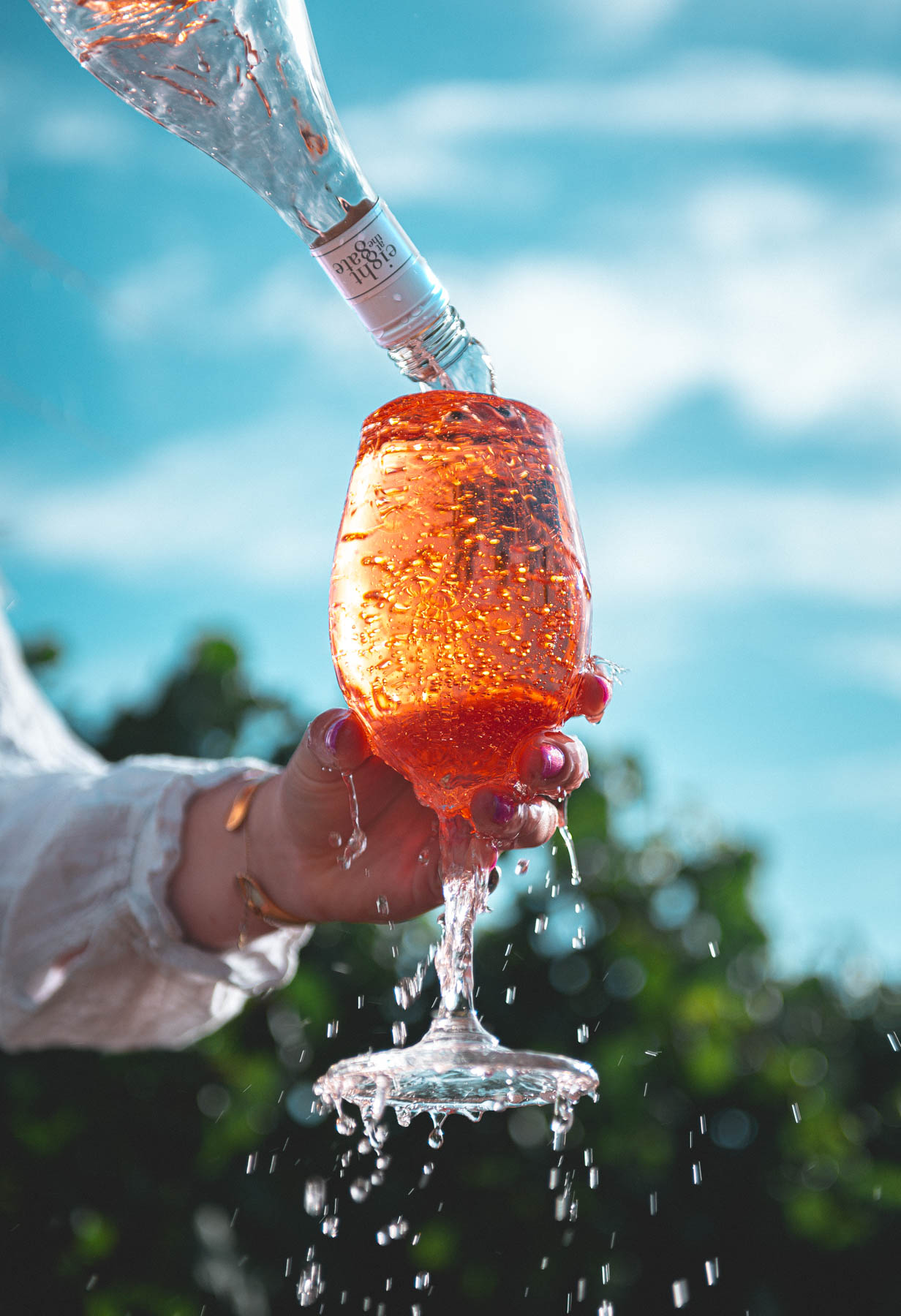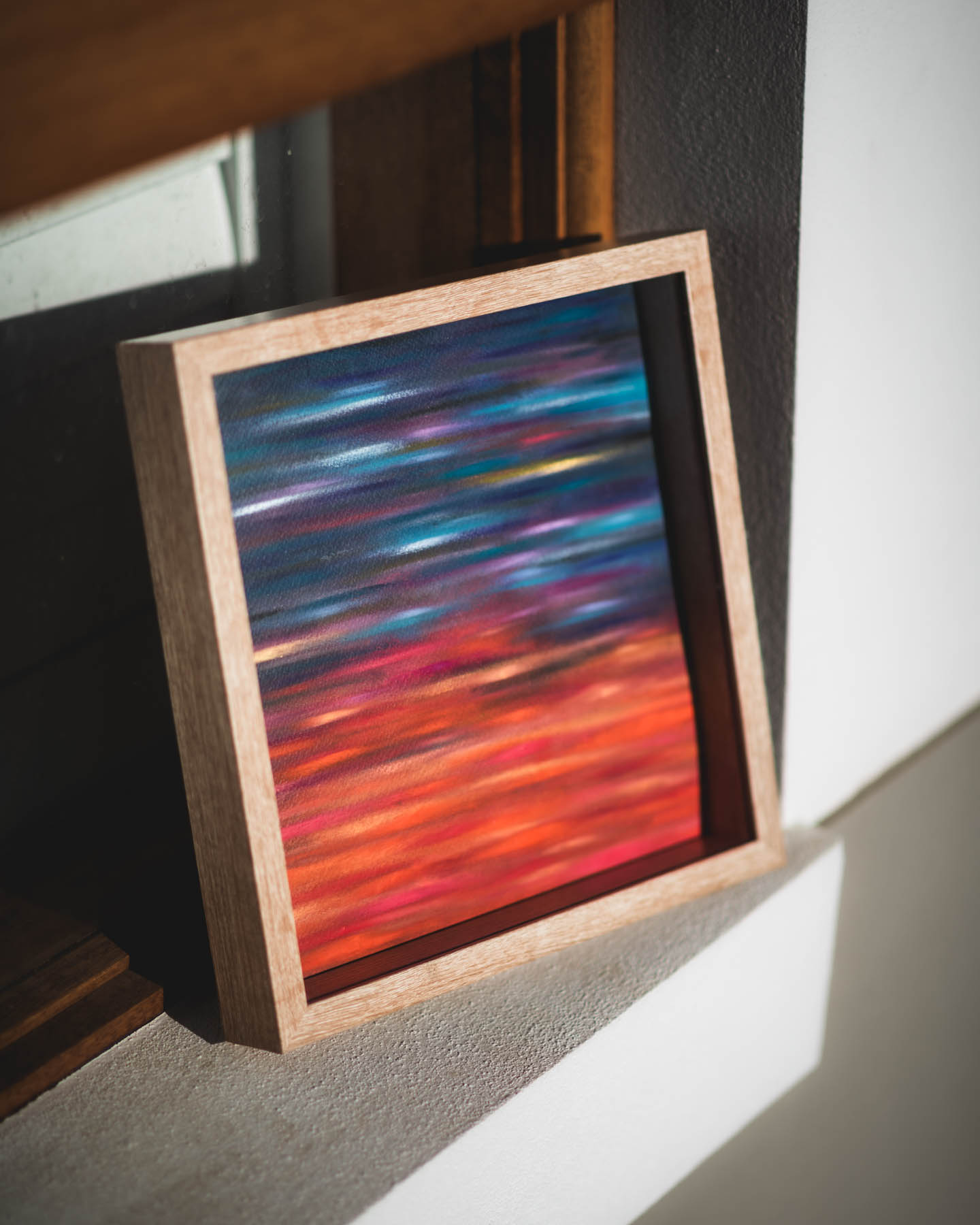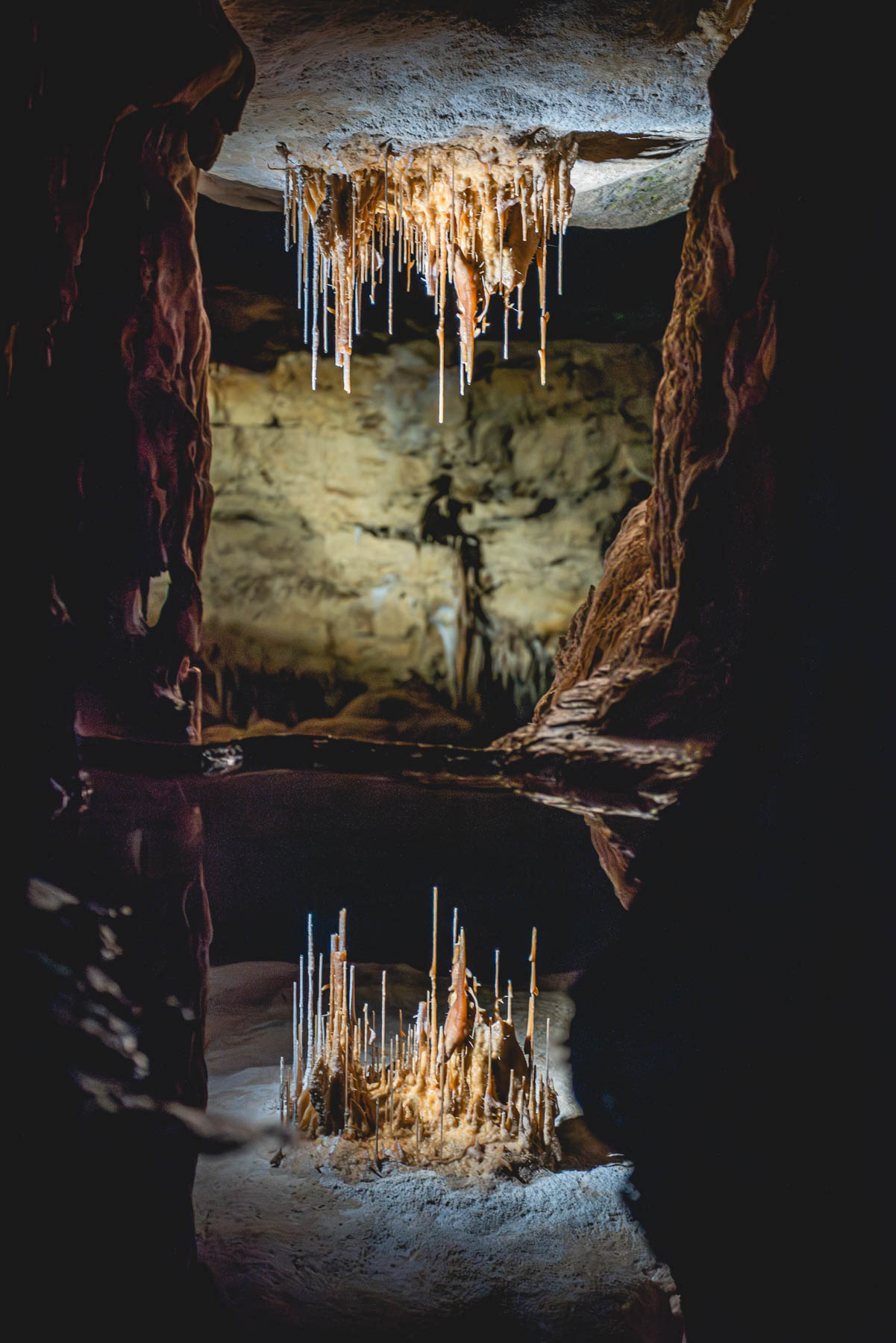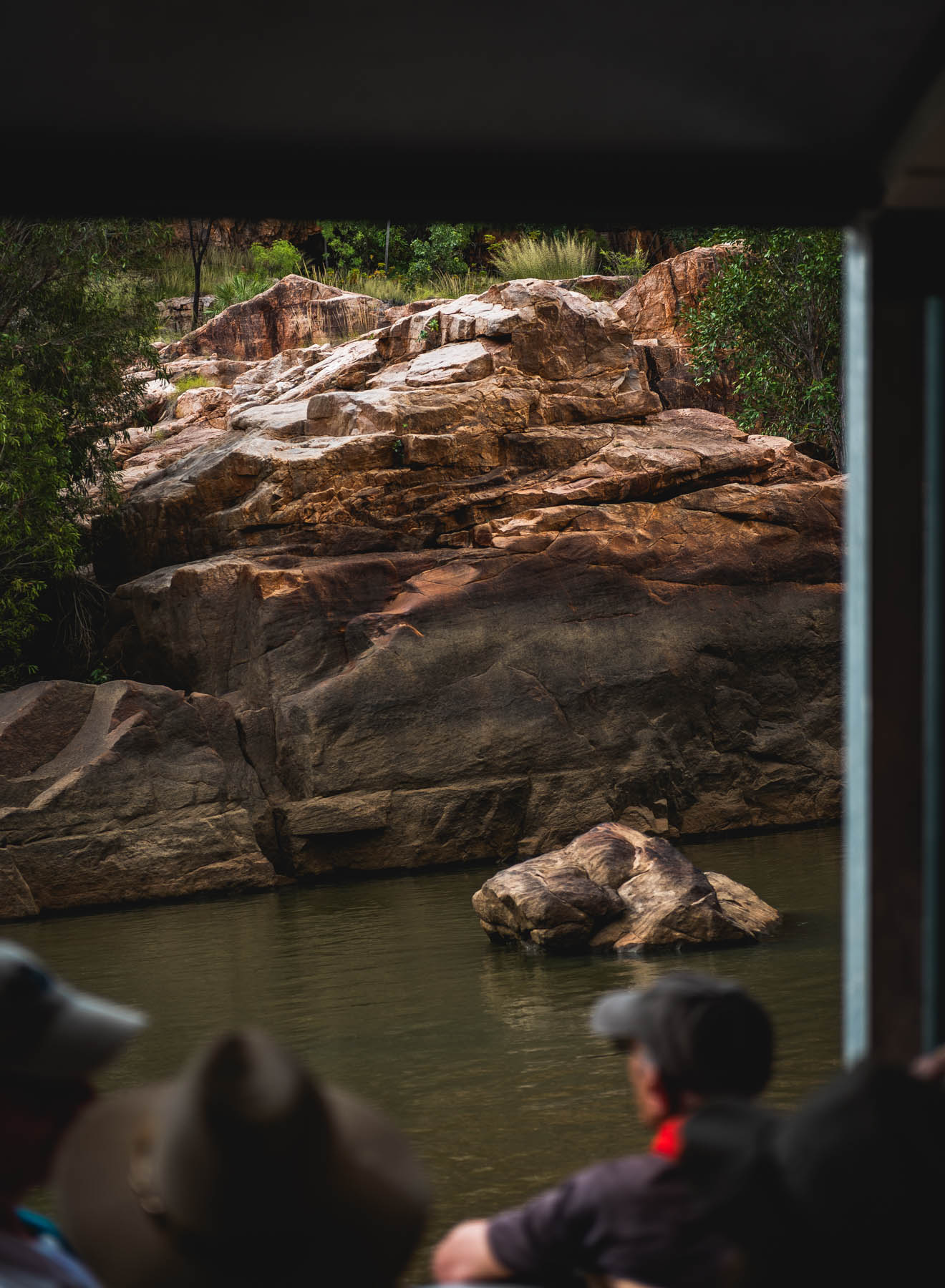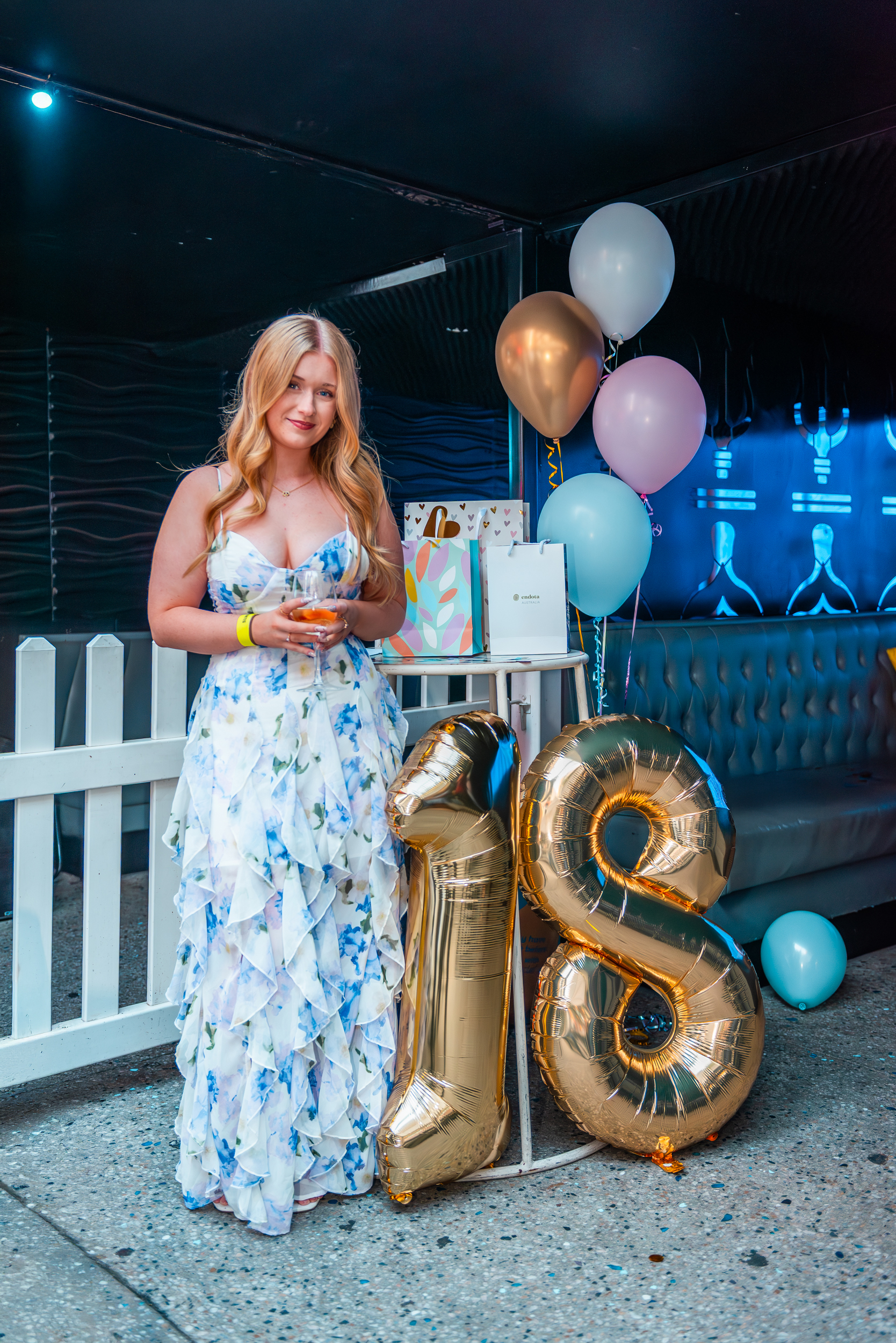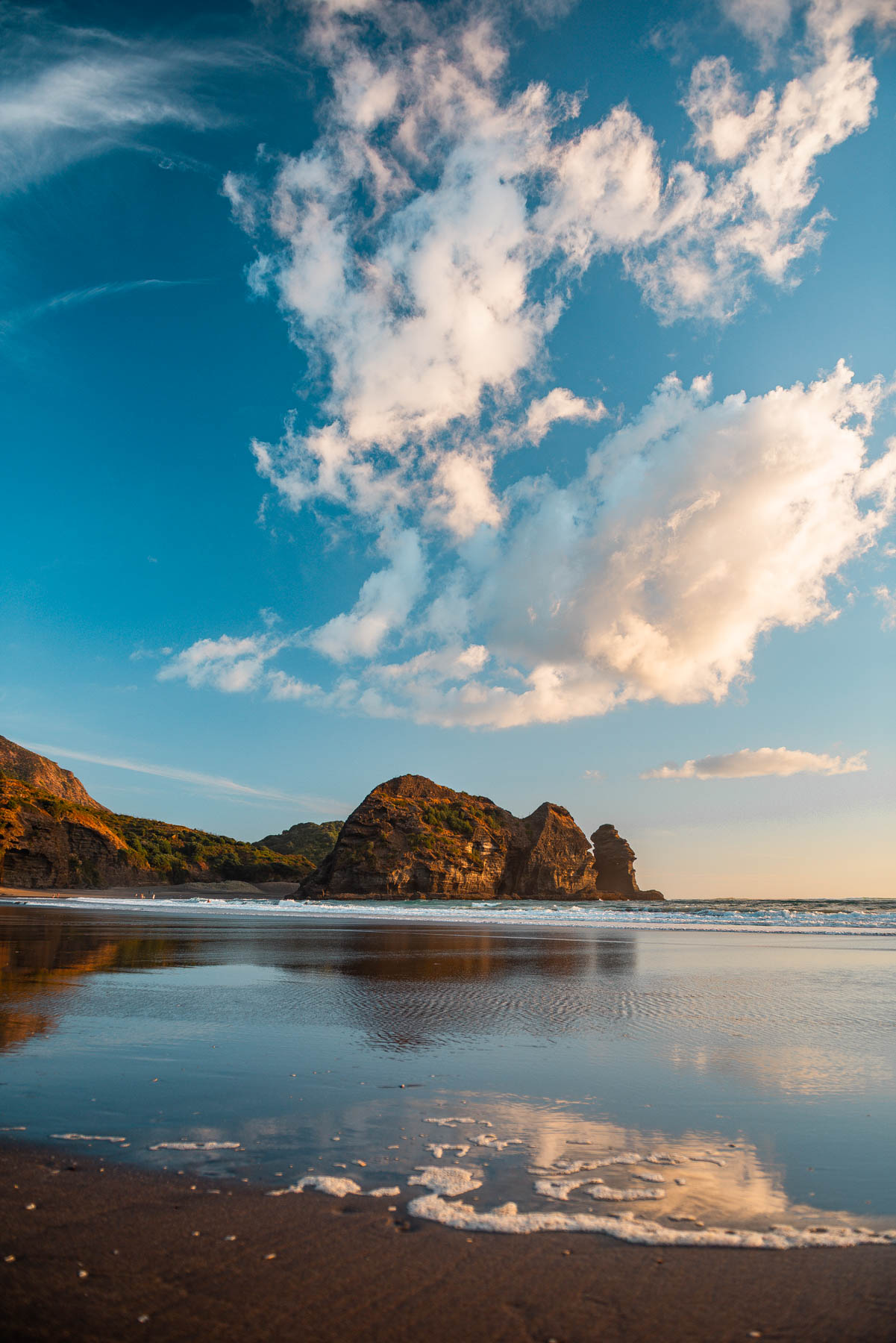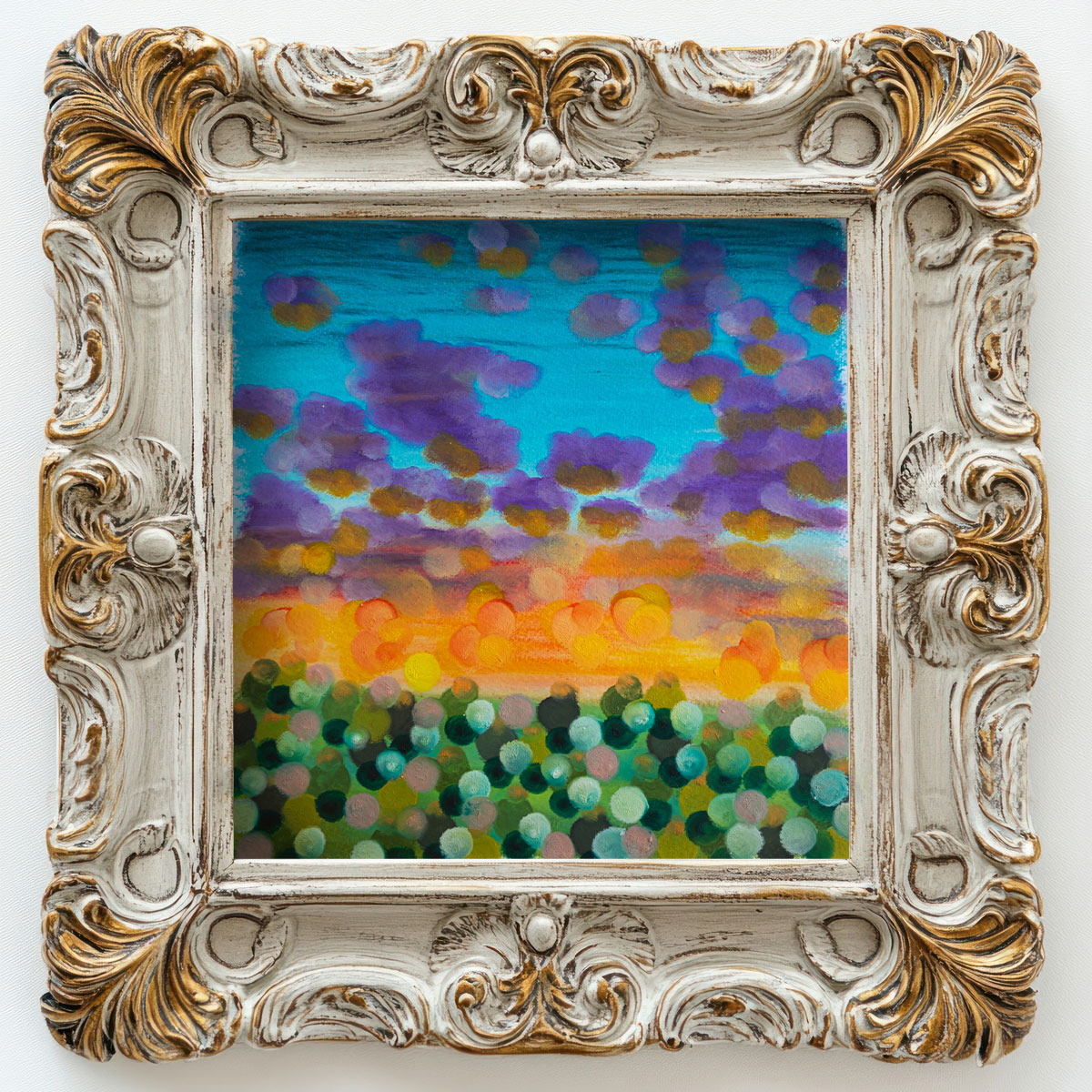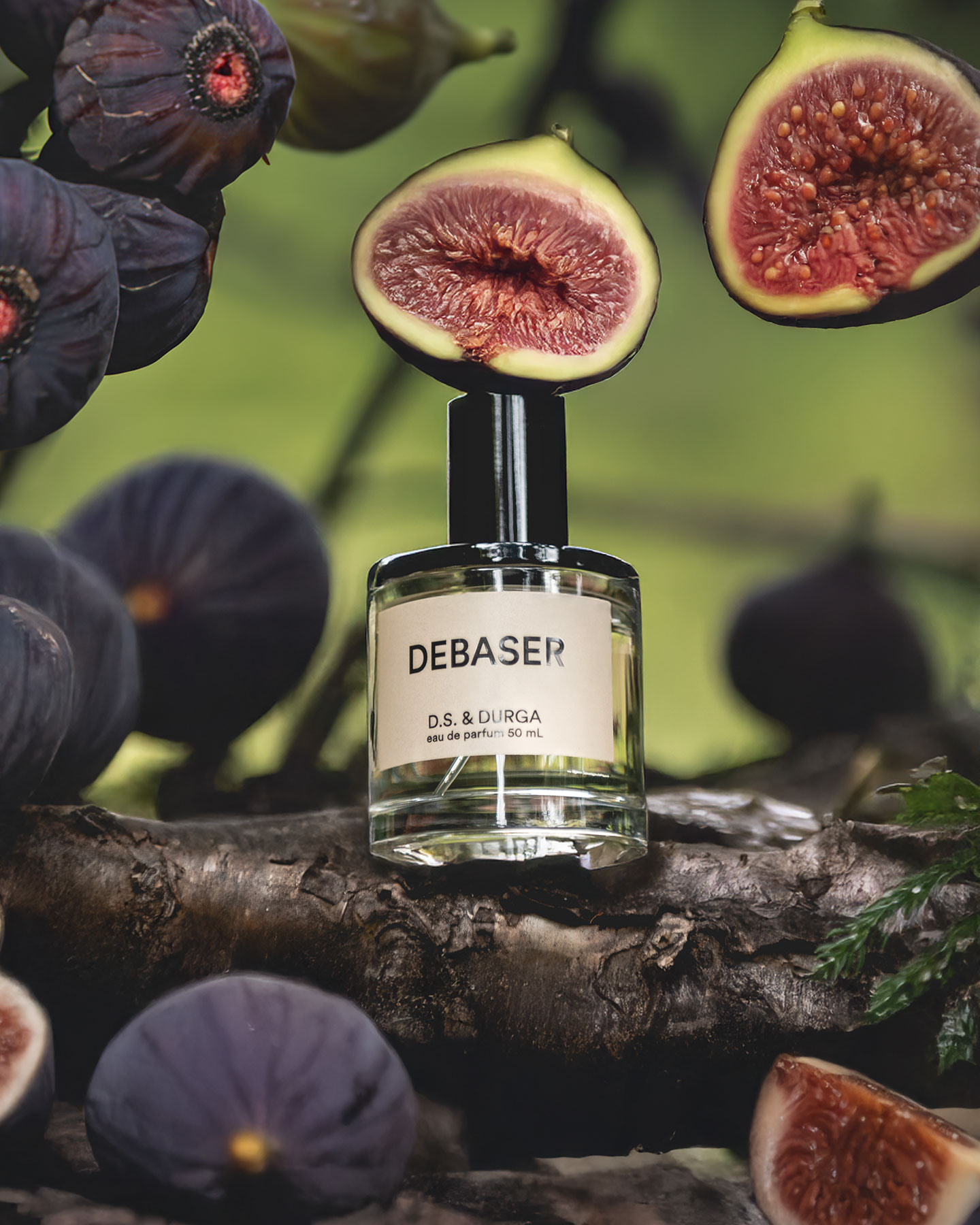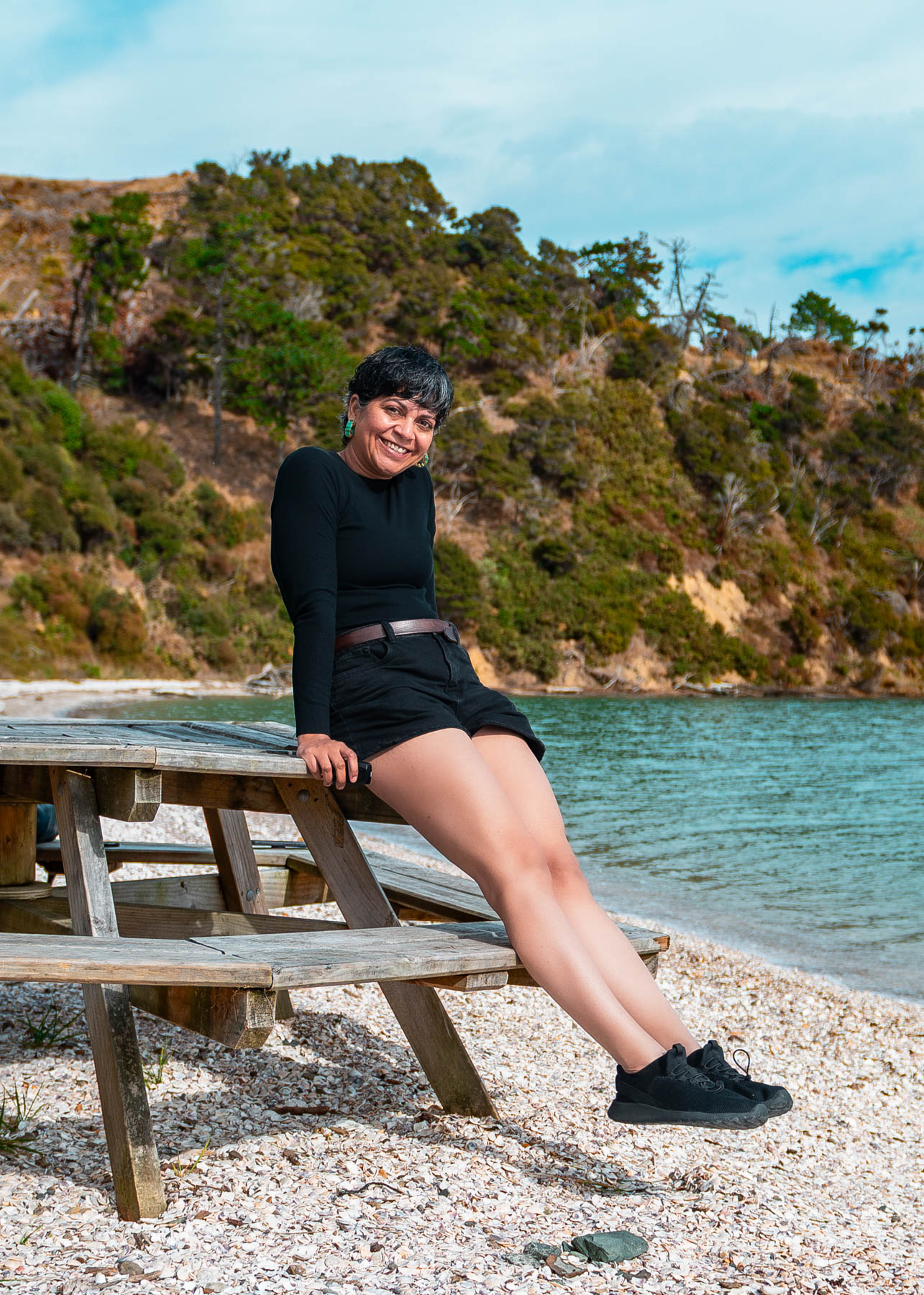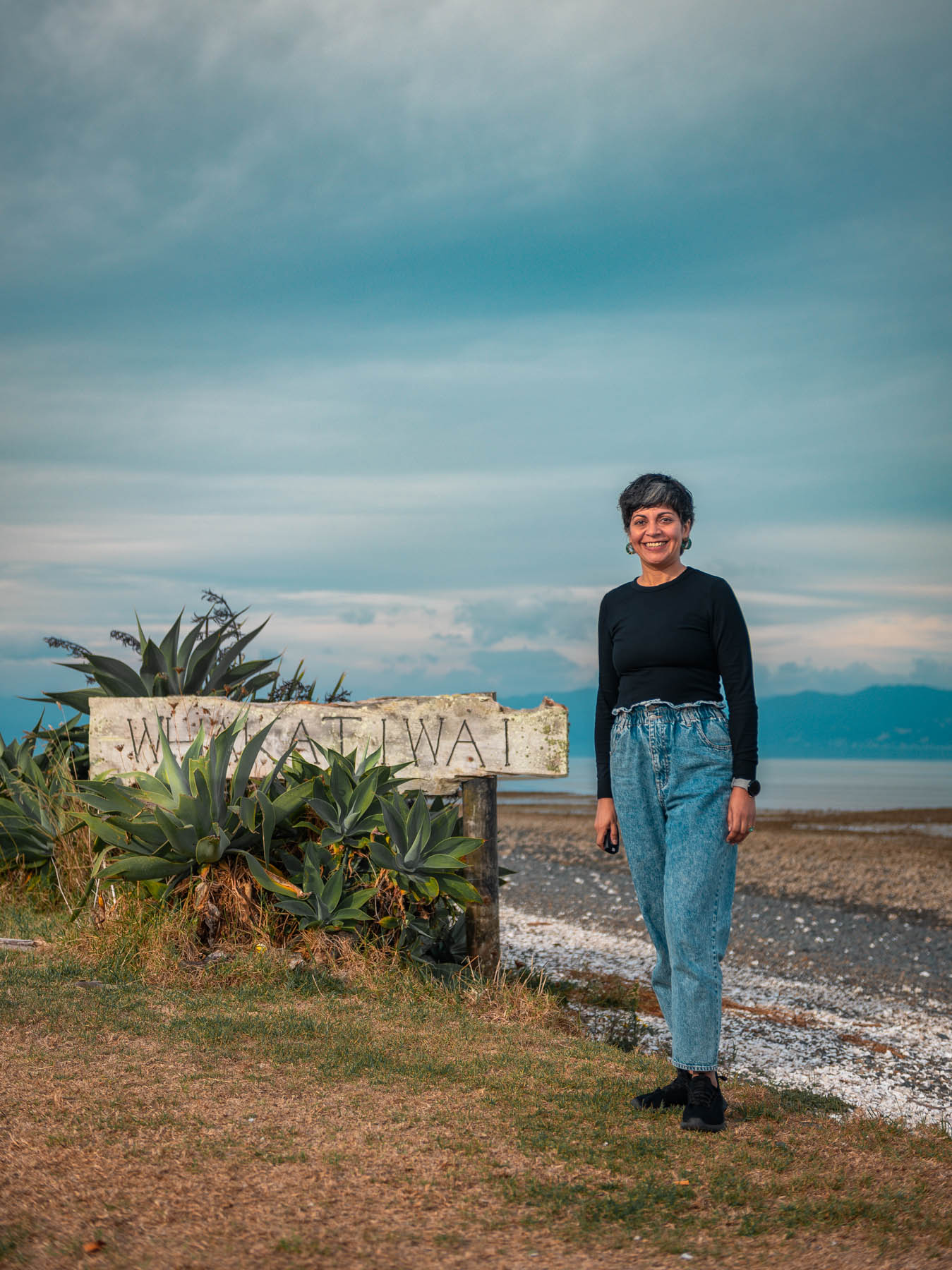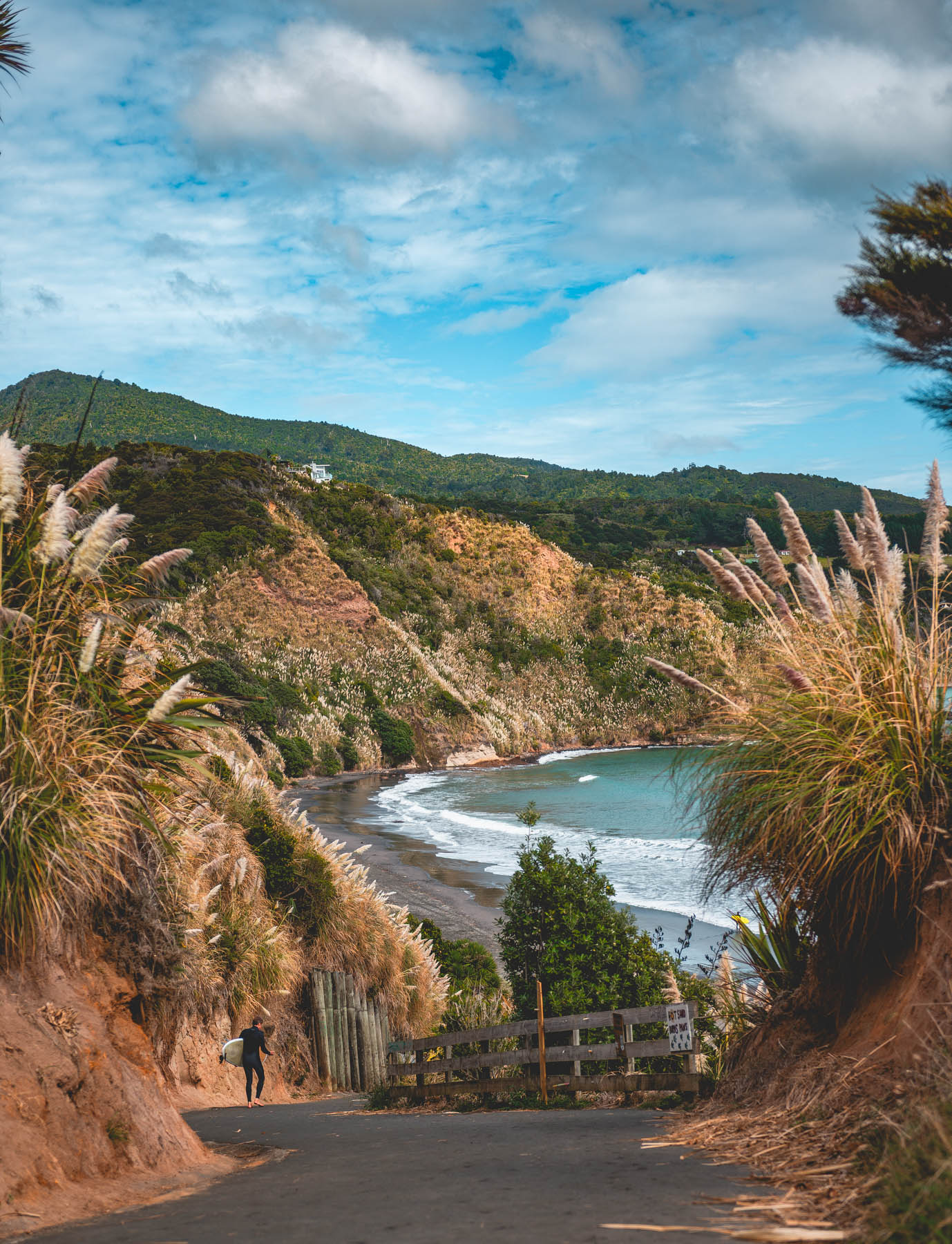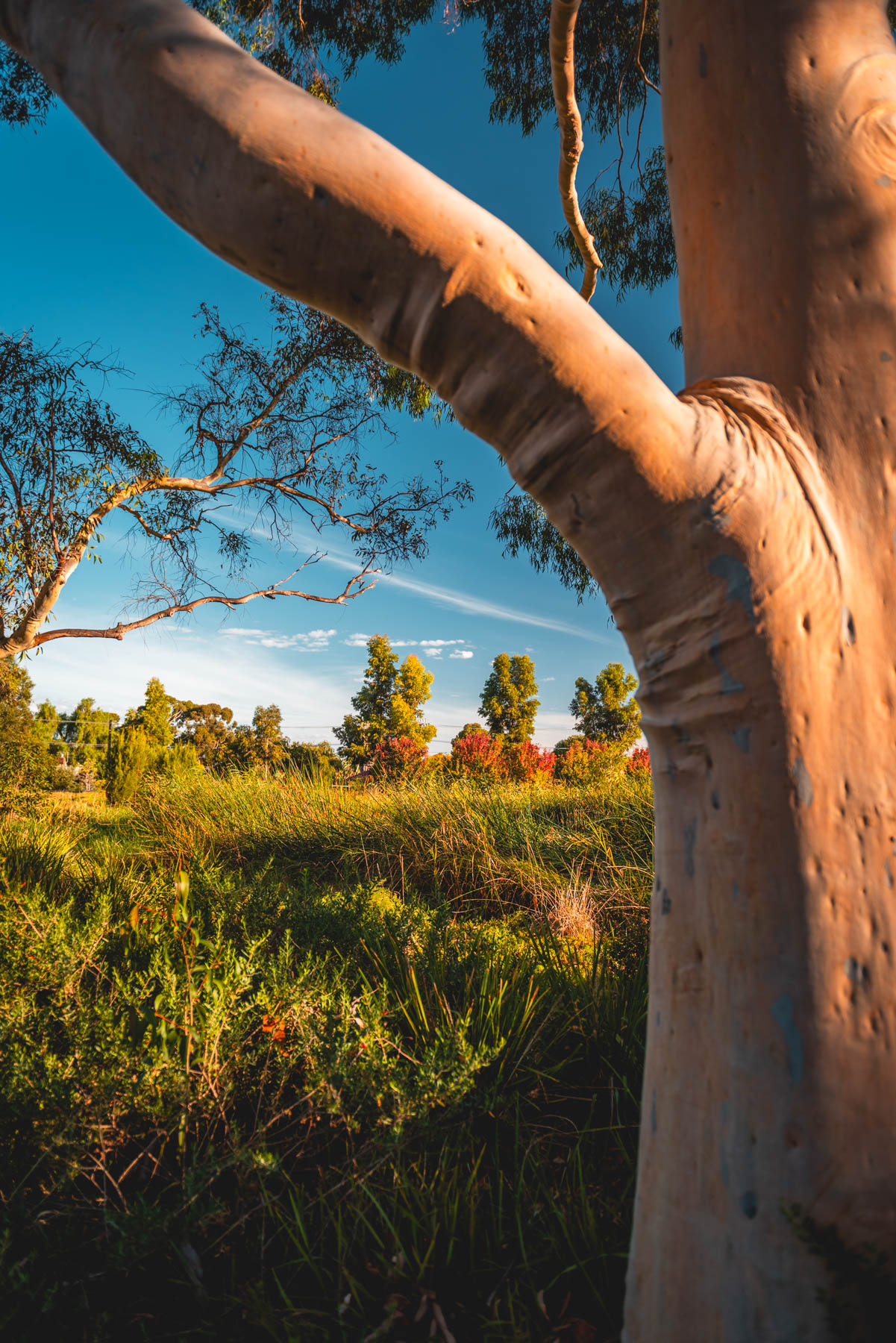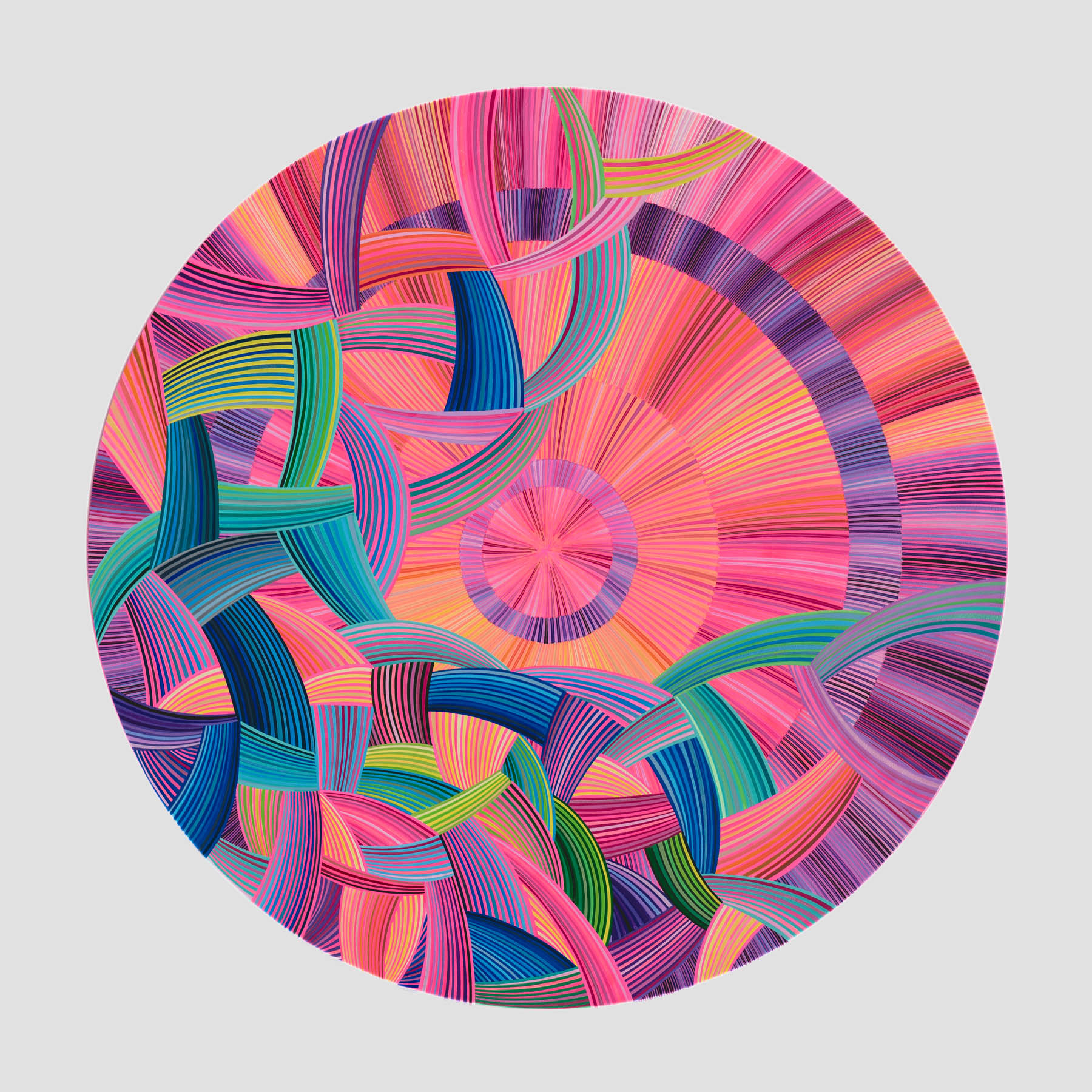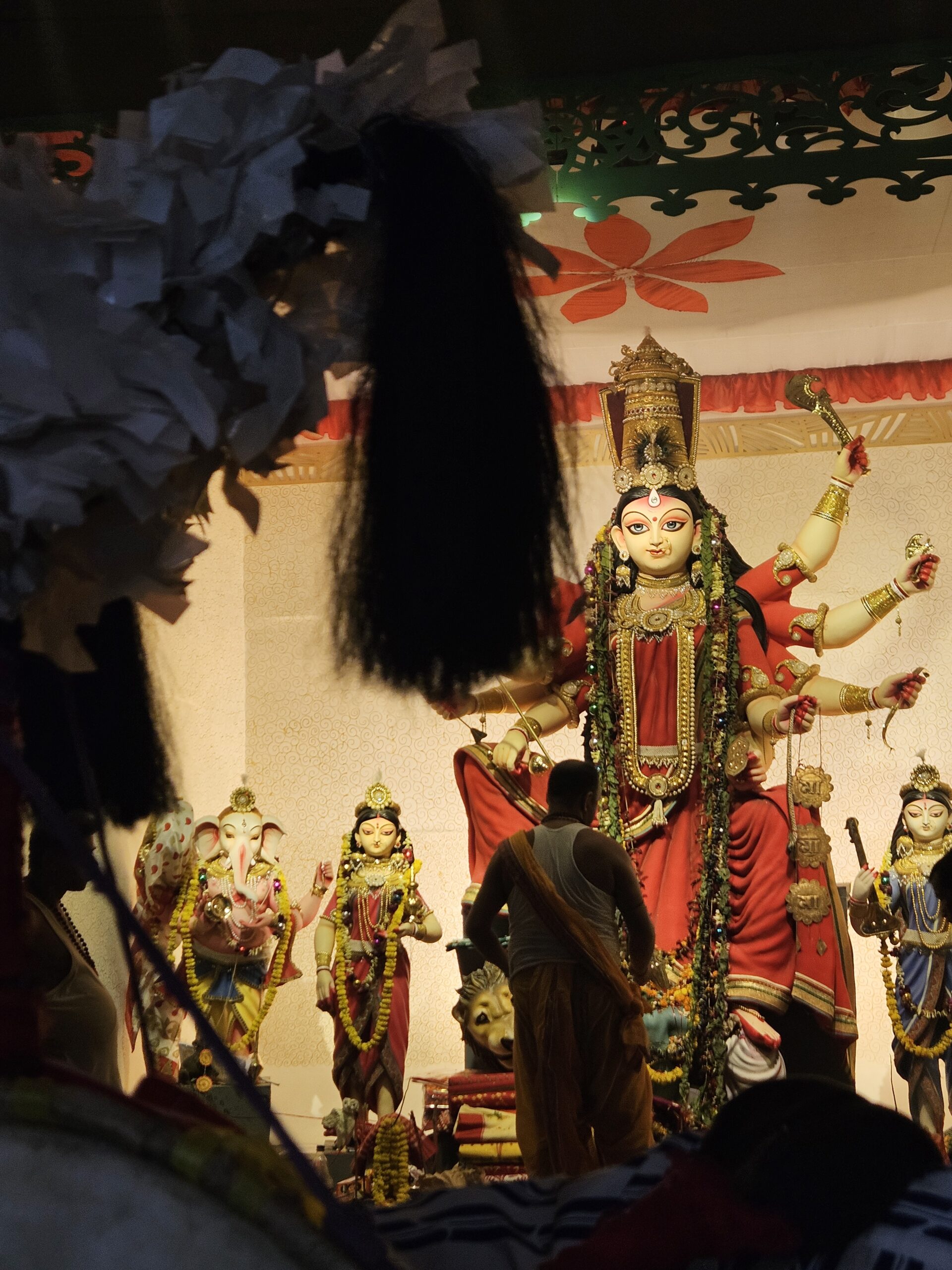
If you’re planning your first Durga Pujo trip to Kolkata, brace yourself—not just for a festival, but for a full-blown cultural phenomenon. Think millions of people in their brightest outfits, streets transformed into open-air art galleries, dhaak beats vibrating in your chest, and food stalls so tempting you forget you already had lunch.
Whether you’ve grown up hearing about Pujo from Bengali friends or are simply curious about one of the grandest festivals in India, Durga Pujo in Kolkata is an experience that will stay with you long after the pandals are dismantled.

But before you hop on that train or flight, here’s a survival guide, memory map, and cheat sheet all rolled into one.
🌕 When Does It All Begin?
While the main five days of Durga Pujo are from Shashti to Dashami, the madness starts way earlier—way before Tritia or Chaturthi .
In reality, Kolkata starts preparing months in advance, and pandal hopping unofficially begins as soon as lights go up and structures start to take shape. For some, even from Mahalaya. Don’t be surprised if you find huge crowds even before the “official” Pujo starts.
🌃 Expect Crowds — Glorious, Colorful, Never-Ending Crowds
During Pujo, Kolkata quite literally doesn’t sleep. Expect foot traffic at 4 a.m., people pandal hopping with babies, elders, and DSLR-wielding enthusiasts, and street vendors still making fresh rolls while you wonder where the night went.
Public transport runs nearly all night. Metro timings are extended. Uber and Ola will take you only so far, so be prepared to walk a lot—and you won’t mind, because there’s something to see at every turn. Renting a bike or scooty will be your best bet.
The peak day? Ashtami.
The crowds swell, the sarees shine brighter, the sounds of “shubho ashtami” echo everywhere, and women participate in anjali (offering prayers) in traditional white sarees with red borders in the morning.
It’s beautiful chaos. A sensory overload you’ll actually love.
🎨 Know Your Pujo Types: Theme, Traditional, and Bonedi
One of the most incredible things about Durga Pujo in Kolkata is how diverse and layered it is. No two pandals are the same, and each neighborhood takes pride in its unique interpretation of the divine.
1. South Kolkata: Thematic Extravaganza
This is where you’ll see art installations that could belong in museums—entire pandals made of glass, jute, paper, recycled items, or built to reflect political commentary, folk art, or mythology. Don’t miss pujos like Naktala, 95 Palli, Badamtala, or Ekdalia Evergreen.
These are not just religious spaces—they are artistic landmarks.
2. North Kolkata: Old-World Charm
More traditional in nature, North Kolkata pujos focus on community and legacy. Idols here are more classic in form, and pandals tend to be rich with cultural memory. Visit Bagbazar, Kumartuli Park, and Sovabazar Rajbari for a taste of the vintage charm.
3. Bonedi Bari Pujos: Royalty, Ritual, and Nostalgia
“Bonedi bari” refers to the ancestral mansions of aristocratic Bengali families. Their pujos are steeped in ritualistic precision and history—some dating back 300+ years. Unlike the public club pujos, these are family affairs, but many are open for visitors during specific hours.
Don’t miss Daw Bari, Sabarna Roy Chowdhury Bari, or Rani Rashmoni Bari if you want to witness ancient customs, like prayers offered with silver chalices and dhunuchi naach performed inside a courtyard echoing with dhaak beats.
🍢 What to Eat (Everywhere, All the Time
No Pujo is complete without its food. Whether it’s bhog (offered to the goddess and served to devotees), puchka from a street corner, or rolls and biryani at midnight, you will never go hungry.
Some iconic must-eats:
- Bhog khichuri with labra and chutney at any local pandal
- Mutton roll from Kusum or Nizam’s
- Misti doi and roshogolla from Mithai or Balaram
- Kathi rolls from Park Street joints
- Chinese combo meals at China Town (especially for dinner post-pandal hopping)
Pro tip: eat light through the day if you’re saving up for the pandal food scenes. And if you are staying at an Airbnb, try cooking some of your meals as the food quality often decreases at the restaurants during Pujo. And sometimes they take forever to get your food ready due to immense amount of orders.
🏡 Where to Stay: Your Safe & Stylish Pujo Base
If you’re travelling to Kolkata during Durga Pujo, the city can feel overwhelming—especially if you’re in a hotel room that doesn’t give you any real space to unwind.
That’s why I strongly recommend booking an Airbnb that feels like a home, not just a place to crash.
My personal recommendation? 👉 7th Haven Stays

Tucked just 15 minutes from the airport, their thoughtfully designed 2BHK apartments are ideal for families or groups of friends visiting Kolkata during Pujo. Each apartment is tastefully decorated with a clean, Pinterest-inspired aesthetic that strikes the perfect balance between cozy and elegant. The spaces are fully equipped, making it easy to unwind after long nights of pandal hopping and cook your own meals. Whether you’re sipping your morning cha in the balcony or dressing up before hitting the streets, 7th Haven feels like a calm retreat amid the festive madness.
Whether you’re travelling solo, as a couple, with your family, or a group of friends, 7th Haven Stays is a home away from the Pujo chaos—without being too far from it.
📅 A Sample 5-Day Itinerary
Here’s a quick example of how to plan your first Pujo in Kolkata:
Shashti – Arrive, rest, light pandal hopping in the evening. Cover the Salt lake Pujos
Saptami – Start early, visit Bonedi Bari pujos, lunch near College Street, hop around north-central Kolkata in the evening. Don’t miss Tala Prattay and Sribhumi
Ashtami – Anjali in the morning. Head towards south in the afternoon while hopping the Ballygunge Pandas
Navami – Go big: pick a cluster of theme pujos like Behala, Jodhpur Park, 95 Palli and explore by bike or on foot till sunrise
Dashami – Watch women participate in Sindoor Khela, have a farewell moment at a quiet pandal, then head for a sit-down Bengali meal (Bhojohori Manna or 6 Ballygunge Place)
🧳 What to Pack (That You Might Not Think Of)
- Comfortable shoes (you’ll walk a lot)
- Wet wipes and hand sanitizer
- Extra phone battery/power bank
- Your best ethnic wear—but also one backup comfy outfit
❤️ Final Thought
Durga Pujo in Kolkata is not a tourist event. It’s a lived emotion, a city-wide pulse that welcomes anyone who’s willing to participate with heart.
Come with curiosity, a love for food, and some patience for crowds—and you’ll leave with stories you’ll tell for decades.
So pack your sarees, call your friends, and book your stay. And if you’re looking for somewhere that feels like a warm, elegant cocoon at the end of a wild Pujo day, do check out 7th Haven Stays. It might just become your new Pujo tradition.



